ZombiePie's End Of The Year 2023 Multimedia Extravaganza! (Part 1)
By ZombiePie 5 Comments
Author's Note: Hello there! My name is ZombiePie, and I am a Giant Bomb forum and wiki moderator. Every year, I look at the various sources of entertainment I enjoy and dislike. During my awards show, I pit games, television shows, animes, athletics, albums, board games, and movies in a fight to the death! As such, my awards are more "special commendations" and are open to any medium I consumed during the last year. If you want a more "orthodox" GOTY list from me, here you go!
Additionally, you can expect to see classic and current works of entertainment vying for the top positions of each merit and demerit on this blog. Oh, and one more thing: there are SPOILERS in this blog! Remember that point before reading any of my justifications for each award recipient. Also, prepare your pitchforks as things occasionally get slightly "spicy!"
Also, after struggling with the editing of my capstone GOTY stuff, I decided to break this into two parts.
Best Old Game I Discovered In 2023 For The First Time - Panzer Dragoon Saga
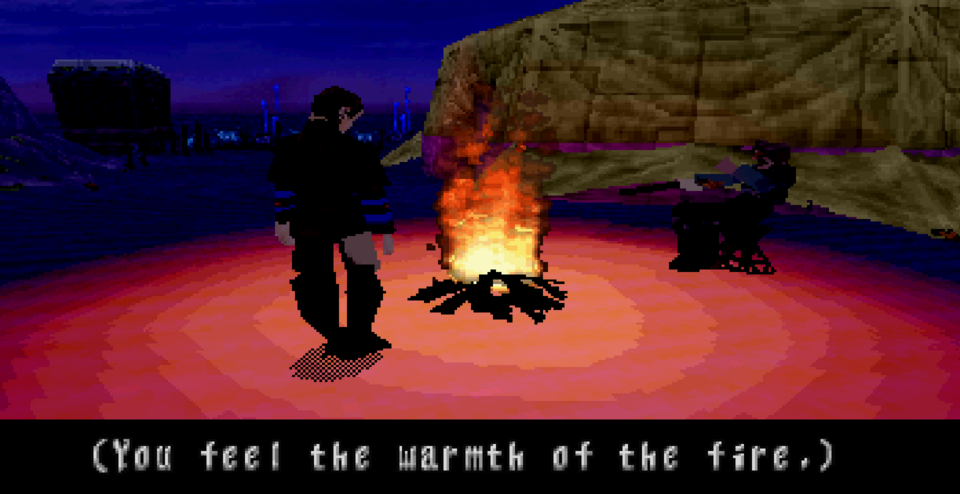
I have already written and published an essay defending Panzer Dragoon Saga as a true gem that never got its due. However, it bears repeating that Panzer Dragoon Saga is a rare feat in gaming wherein the scuttlebutt from a ravenous fanbase that repeatedly claims to be misunderstood and maligned for their love of a thing is almost entirely justified. Panzer Dragoon Saga rightfully earns all of its hype. Its combat system is one of the most dynamic from the fifth generation of console RPGs, and it boots production values that blow peak Squaresoft and Enix Corporation out of the water. Suppose there were a legal version of the game readily available. In that case, it might even shoot to the top of my list of "Top Recommended JRPGs for Newcomers," as the combat is immediately approachable and has some interesting dynamics that set it apart and make for an experience more engaging than the then-standard turn-based alternatives. Not only that, but it manages to be a technical tour de force at under twenty or so hours, a fact that drew criticism at the time of its release, but today, with my growing age, it is a welcomed change from the genre norm. What should be an awkward attempt to merge a rail shooter into a JRPG doesn't just uncannily "work." It's one of the most fun experiences with the genre you can ever have.
Unfortunately, the Sega Saturn continues to be the console Sega wants you to forget about, with its only admission that it existed being a yearly Tweet commemorating its anniversary. What should be a work of art preserved for all to enjoy and experience has unfortunately become something only the most dedicated retro gaming enthusiasts know about. With significant improvements to Mednafen, Saturn emulation is no longer the formidable mile-high brick wall it once was. However, that remains your only out if you wish to see its artistry in person. The re-sale market very often puts this game over the $500 mark, and while I love this game, my love has limits. Does it also lack the sweeping narrative and verbose character work we now accept as established traditions with JRPGs? Sure, there's no denying that the game comes up short in that regard, but it is not a disqualifying attribute. Being able to experience a fully voiced cast of characters in a fully rendered 3D game from 1998 is a true revelation from top to bottom, and if you are willing to engage in some black magic to get it to work on modern technology, I strongly recommend it.

Runner-up: Dragonsphere - Hey, remember when the Civilization team briefly had a go at making point-and-click adventure games? No? Well, let me talk to you about Dragonsphere and Return of the Phantom while forgetting that Rex Nebular exists! Dragonsphere is MicroProse's Parthian Shot in the adventure game arena before they sold their game engine and double-downed on being a preeminent strategy and tactics developer. However, it is an absolute delight. Give it a shot to see what non-Sierra and non-LucasArts point-and-click adventure games were doing to stand out in a crowded field!
Coolest Unexpected Thing I Think Everyone Should Check Out - Thief: The Black Parade Mod
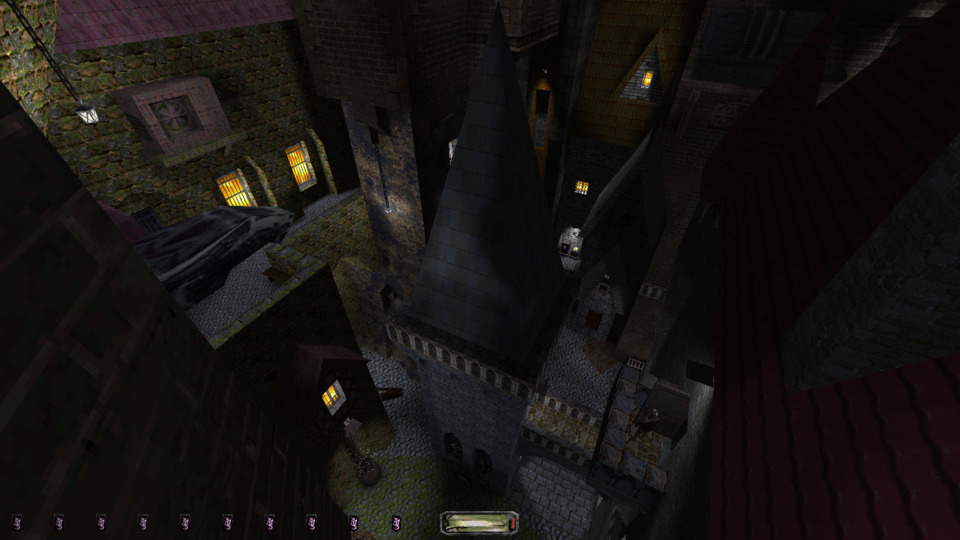
MyHouse and SIGIL II are probably better experiences for the games they are connected to than The Black Parade. MyHouse, in particular, is a technical marvel that layers secrets and alternate paths to the degree that the game feels like something with infinite permutations to keep things fresh between playthroughs. Nonetheless, the Thief franchise remains a dead series despite it being a highly formative one in the arena of stealth-oriented games. Therefore, after seven years of development by a team of fans and Arkane Lyon designers, Thief: The Black Parade breathes new life into Thief: The Dark Project, a game over twenty-five years old. The Black Parade adds ten whole missions to the base campaign of Thief Gold and strikes a masterful balance between new-school stealth mechanics and old-school stylings. The NPCs are still deliciously chunky, but the engine has been updated to make the game run at a decent framerate without the need to run things through a virtual box. Thief is and has been a franchise with a flawless atmosphere, and this mod understands that perfectly. The original game's steampunkian setting and lush dark hues are here with intricate missions that leave players with plenty of outs.
And where I would insist on this edging out the popular Doom WADS of 2023 is the production values of The Dark Parade. I don't want to sound like I am demeaning the craft and care of Doom or Doom II, but Thief has so much more going on than even the most complicated mission or map in Doom. The Black Parade features a whole new prequel storyline with hours upon hours of new, fully voice-acted lines of dialogue. Not only is there a new character for you to control, but they are carefully crafted into the narrative of the Thief franchise in ingenious and artful ways. Likewise, The Black Parade is not the work of a singular person and, instead, is the by-product of the Thief community coming together and wanting to pay tribute to a franchise that means a lot to them on its 25th anniversary. People from across continents worked together to make something that took them years, and their intricate work shows. The franchise's horror and magical themes are here and feel as good as they did the first time, and there's something magical about the fact that it feels like something that came out in 1999.

Runner-up: MyHouse.WAD/SIGIL II - It speaks volumes that even the great John Romero is baffled about how MyHouse got its level transitions and layering to work. The WAD that took the internet by storm deserves all of the attention it got in 2023. It's a true technical marvel that I suspect we still have yet to uncover all of its secrets, which is a hallmark of the amount of love put into it. With SIGIL II, the Doom community finally got a sequel to one of the greatest WADs ever made and miraculously managed to one-up its predecessor. I have yet to find every secret that closes off after thirty seconds. But more importantly, despite its retro engine and architecture, SIGIL II is one of the most thrilling adrenaline-pumping games to grace 2023.
Most "Mid" Thing I Still Managed To Enjoy - Stray Gods: The Roleplaying Musical
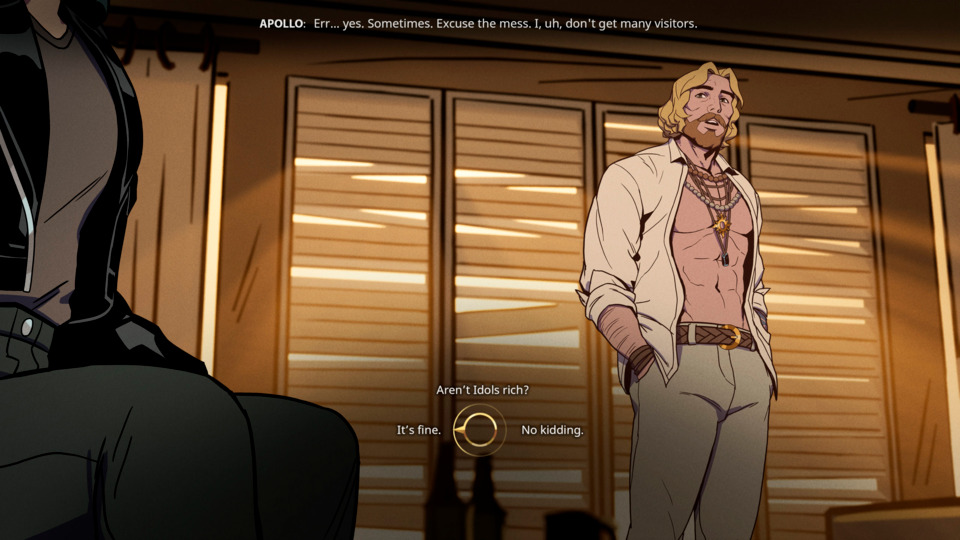
I want to underscore that I am not saying that I dislike Stray Gods: The Roleplaying Musical, and if you put the game on your GOTY 2023 list, I will not fault you. The songs in Stray Gods are lovingly crafted and often well performed. I give all the credit in the world to the voice acting talent tapped for Stray Gods, as they are the true highlight throughout the game's story. I also think Stray God has a fantastic start, but my issue is that its middle act does not maintain your interest after its inciting action subsides. However, the game's best part, its musical sequences, is ALSO its Achilles' heel. When you get tapped into a sweeping musical bit and feel pulled between two logical and reasonable choices and don't know where to side, the game honestly shines, and the way you can mix disparate musical themes and styles is enchanting. Unfortunately, too often, there are times when the music feels weak, the voice performances straining under the weight of the lyrics and their evolving nature, or your choices are either arbitrary or entirely one-sided. During these musical sequences, you feel like you are forced to grin and bear it for three to five minutes in pure agony. When the game "works," it is a sight to see, but its inconsistency is an absolute game-breaker.
Worse, Stray Gods falls into a trap that the visual novel genre was starting to err away from after Disco Elysium courted so much GOTY attention a few years prior. Yet again, another visual novel puts players on a long ride, convincing them their choices matter during interstitial sequences when things ultimately boil down to a few binary options. It is the cardinal sin of adventure game and RPG storytelling that Telltale's The Walking Dead convinced a whole generation wasn't a big deal despite it being a massive break in video game storytelling immersion. Also, despite the game featuring an incredibly compelling premise and world, it doesn't allow for enough natural exploration. The story challenges you to investigate a murder after its prologue concludes, but you don't feel like an active participant in this investigation. Instead, you feel like a passive viewer that is locked into a movie. I know that sounds rich coming from someone with Paranormasight as their 2023 GOTY. At least Paranormasight forces you to logic out how curses work and has sequences where you feel challenged to explore your surroundings freely, unlike Stray Gods. Lacking any mechanical trappings to make you authentically invested in your character's journey means you are left with a game that primarily works as intended with a handful of awkward hitches and bumps.
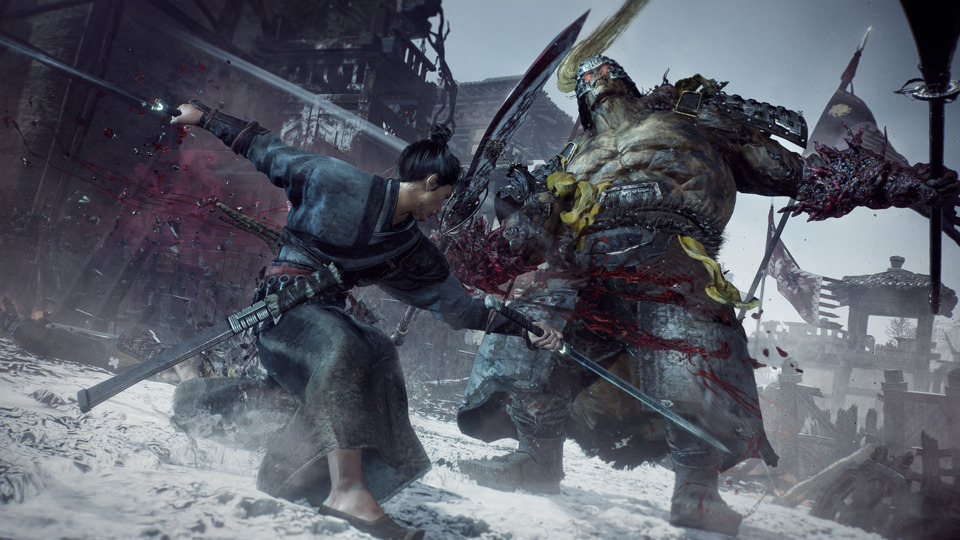
Runner-up: Wo Long: Fallen Dynasty - Wo Long: Fallen Dynasty will get its due in a different category next week, but I think there is something to be said by how vocally excited people were in the lead-up to this game and how quickly it fell out of favor when Lies of P came out. During my Stranger of Paradise blog series, I once posited that booms and busts have defined Team Ninja post-Itagaki. Team Ninjas does mercenary work to get passion projects like Nioh and Wo Long off the runway. As someone whose interest was piqued when the game was mere months away from launch, I now accept it as a diet Nioh with some novel mechanical improvements. Nonetheless, it is still a bottle rocket of a game with a world that feels like it never got a chance to shine and fails to compete in an incredibly crowded market.
Flat Out Worst Thing I Saw All The Way Through And Should Have Called A Quits Far Earlier - Squid Game: The Challenge
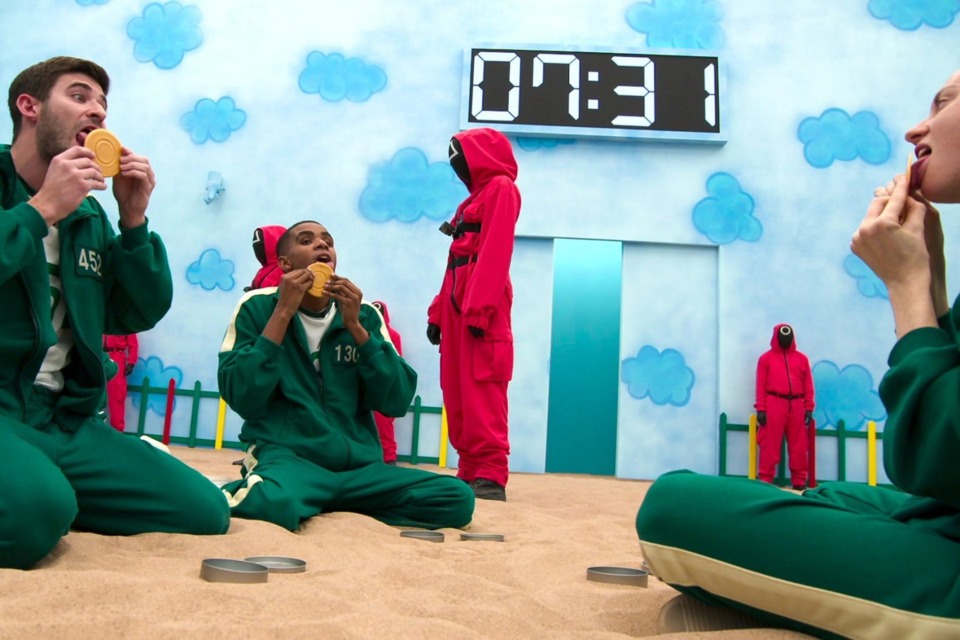
This admission, on my part, will likely require some explanation. Near the end of 2022, my mother began transitioning into retirement while my father remained a 9 to 5 worker. She has a part-time job at an appliance store, so she's not wholly by herself at all times, but she does have an almost endless amount of free time she's never had before. At some point, whilst streaming Netflix, she somehow discovered anime and Korean live-action dramas. It was never on my lifetime Bingo card that I would publicly admit that I have a sixty-plus-year-old mother who has fallen in love with One Piece and Sailor Moon, but here we are. Her newfound love for Korean live-action television programming has had some high points such as Squid Games, Queenmaker, and Daily Dose of Sunshine. Still, it also led her to this lamentable work of "entertainment" by virtue of its name alone. When she injured her ankle and required help at home, I took some time off to offer that and found myself on a couch with her binge-watching Squid Game: The Challenge while ordering GrubHub. It was a thoroughly miserable experience. This show is not only an absolute nightmare but also irresponsible and actively diminishes what the original Squid Games sought to accomplish.
Squid Game: The Challenge might be, short of comedy routines that stoke transphobia or wave the "woke culture" bloody shirt for cheap rage clicks, one of the most short-sighted and ill-conceived things Netflix has ever sponsored. Yes, even at the time of its release, Squid Games was met with a constant barrage of imitators that advertised themselves as being all about the game show and none of the political commentary. There were even YouTubers and streamers like Mr. Beast who set up their versions of the Squid Games that challenged people to run through their gauntlet sans messaging about modern class societal stratification to further their own ego-driven financial pursuits and monetary coffers. Nonetheless, a mainstream production label making a brand extension of Squid Games, which fundamentally misses the source's point, says so much about the state of media and entertainment literacy in general. There were always signs that Squid Games was becoming a modern-day "The Jungle," where people drew the opposite message intended for them from its author, but here we are. With Netflix announcing that the show drew 85.7 million watching hours globally, this reflects a form of late-stage capitalism we cannot stop.
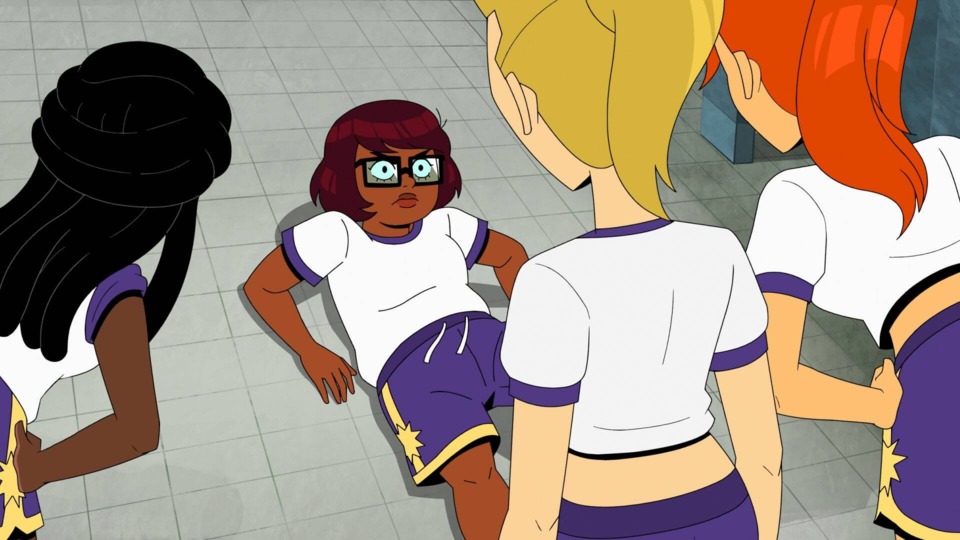
Runner-up: Velma - I gave Velma a shot only because the initial wave of vitriol directed at it came from some pretty bad online actors that typically leap at any chance to criticize female leads in media or people of color headlining upcoming releases. However, within minutes, I knew Velma was a different type of bad cartoon show. In one of the first scenes, you watch Velma emotionally rip apart Shaggy for having romantic feelings for her and proceeds to list his many failings in life as if he's committed a crime against humanity and was being tried by the Hague. Oh, and Fred's gimmick is that he's a man baby with a small penis, and isn't it funny that the good-looking guy in the cast is as dumb as a sack of potatoes and has a small dick. That's a joke Velma thinks is HILARIOUS and continues to tell you every episode at least twice. Yeah, it is NOT GOOD!
Least Improved - The Detroit Pistons
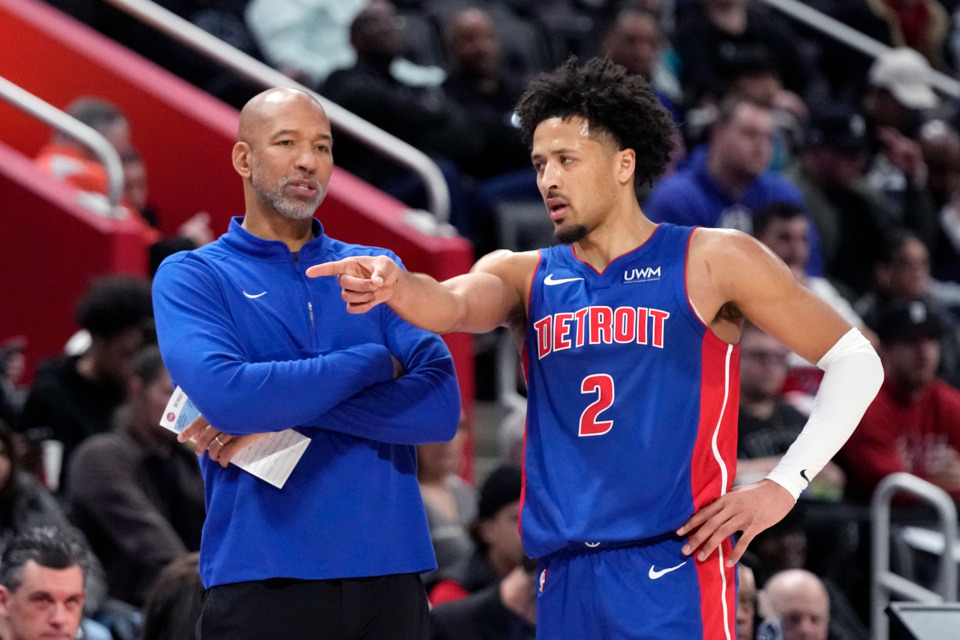
I warned you that sometimes I delve into the world of athletics, and well, here we go! During the mid-point of the 2023-2024 NBA season, the Detroit Pistons broke a league record no one thought was possible. The Detroit Pistons lost twenty-eight games in a row and are now courting the dubious label of possibly being the worst team ever to grace the NBA. The term "rebuild" is used in sports to refer to when teams that know they can never contend to be league champions tear things down, trade all of their good players for draft picks, and play poorly on purpose to increase the value of their draft capital. The Detroit Pistons are in the fourth year of their rebuilding process and are still losing games like they are just starting. The people in charge of creating a decent basketball team have been doing this for four years and have repeatedly said that they are not purposefully losing games. And while Piston fans rejoiced when their record-setting losing streak stopped, right on cue, the team started and continues to be on a new losing streak that does not appear to be stopping soon.
To give you an idea of how bad the Pistons are right now, here are some "interesting facts" The Athletic's podcast recently highlighted. The Pistons are among year-one expansion teams, which I must underscore, were deliberately trying to lose, in terms of how bad their offense is. They are the worst NBA team in history in "clutch time," which means they are the worst-performing team in the final five to seven minutes of games that are within five points between two teams. During clutch time, they are making their shots 20% of the time and only 15.8% on three-point shot attempts. Their General Manager, the person in charge of drafting new players and making trades, continues to draft big centers and power forwards as if they think the NBA is about to ban the three-pointer. The Pistons have nine former draft lottery picks, and they continue collecting NBA draft disappointments and busts as if they think they are constructing the Infinity Gauntlet. They have the second best-paid coach in the league, Monty Williams, who makes approximately $13 million annually despite being incapable of fostering young talent and righting the ship. Likewise, Williams rejected the Pistons' original offer to coach their team, thus proving that if a person tells you "no," you should probably take the hint and NOT add some extra zeros to get them to join you. It's incredible. This team is terrible, and rather than show some signs of life, they keep getting worse.
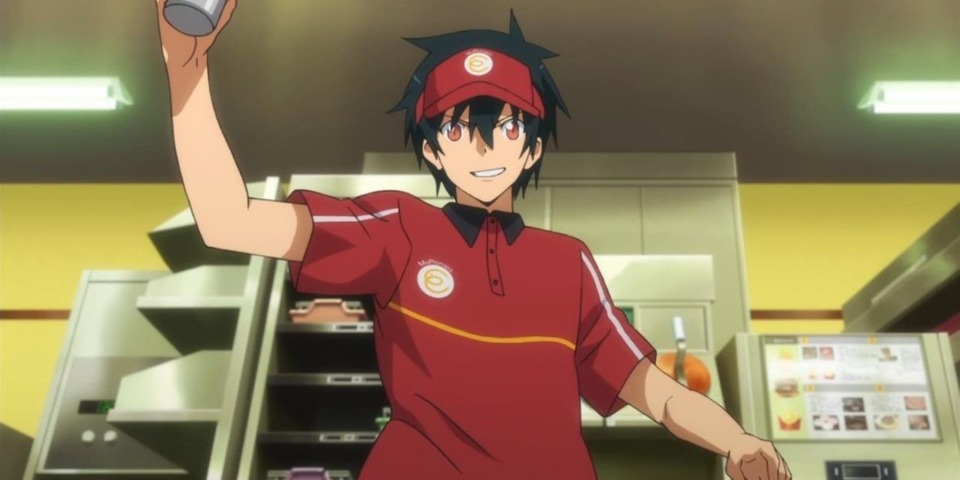
Runner-up: The Devil Is a Part-Timer! (Season 2) - This one hurts. The Devil Is a Part-Timer! is one of my all-time favorite fantasy-comedy animes. After almost ten years, a second season finally arrived, and rather than be a return to form, it was a slow, plodding mess that felt like it needed to re-establish its world and ground rules across four to five episodes. And even after the worldbuilding was done, the second season was split into two parts, one airing in 2022 and the other in 2023, and took a decidedly more romantic comedy bent. The show does find itself near the tail end of the second half of its second season in 2023, but it's simply too little too late. What was once a genre pioneer now feels like it can barely tread water in the world of comedy anime.
Best Anime Of 2023 - Frieren: Beyond Journey's End
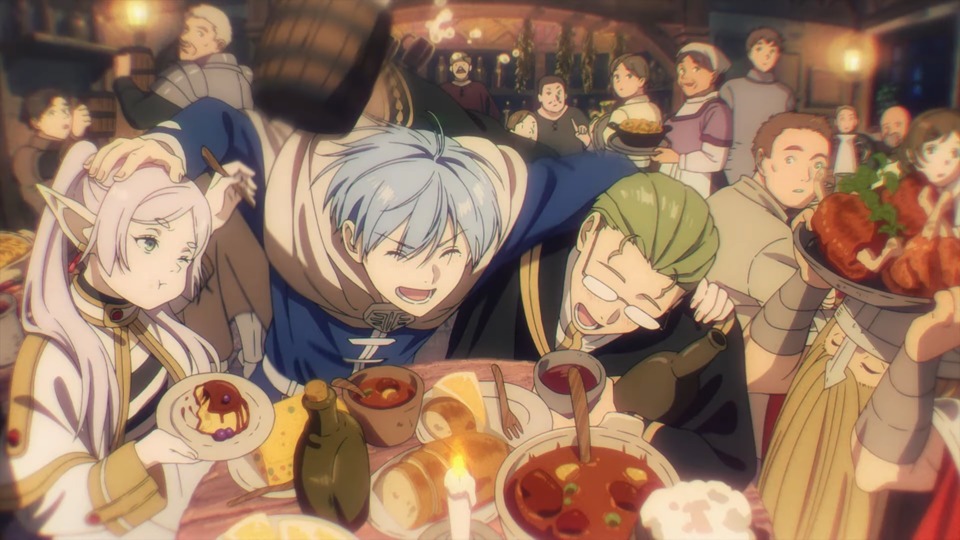
Frieren is a show that some people have kept out of their "2023 Anime of the Year" lists for two understandable reasons. The first and most pressing issue with the show is that it engages in a mid-season action-oriented storyline that attempts clumsily to explain that the demon people in its world should not be treated like genuine people and must be extinguished entirely. It is a story arc that goes on far longer than it should and, worse, justifies in-universe acts of genocide. Sure, one of the most iconic scenes in the entire show and manga (i.e., Aura's final moments) comes from this story arc, but there's no denying that it's far more disquieting than centering on the show's best themes and elements. My point about Aura leads me to the other problem plaguing the show: it is generating memes like crazy, and the goofier moments in the show pulled out of context lead to misconceptions about its heart and core conceit. I cannot deny that I wish the show had Frieren's ass-up while devoured by a mimic much less than it does. However, these are quibbles to what ultimately is a melancholic and enlightening journey about coming to terms with regret and the inevitability of death.
Not since the likes of Mushishi has an anime tackled the subject of death and moving on from a friend's passing quite like Frieren. The show's melancholic moments are the true highlights, not the action or comedic scenes. However, those lamentable action moments are necessary for Frieren's emotional payoffs to work. When the dower moments kick into high gear, you understand that these characters know and love each other. And when you watch them say goodbye, sometimes permanently, those farewells have true emotional weight. The show pins a lot of value on you, buying into its core characters being long-standing friends that have been through thick and thin, and it works miraculously well. Frieren's dry and "straight man" qualities are often played to comedic effect. Still, they also make her a common victim of being an outsider who doesn't adapt quickly to their surroundings, which makes some of her companionships so potent when you reach their conclusions. Given that there are plenty of heavy moments in Frieren, it's not a show I can advise you to watch freely. Honestly, you need to be in the mood for heartache and grief, which the memes from the show circulating on the internet do not prepare you for!
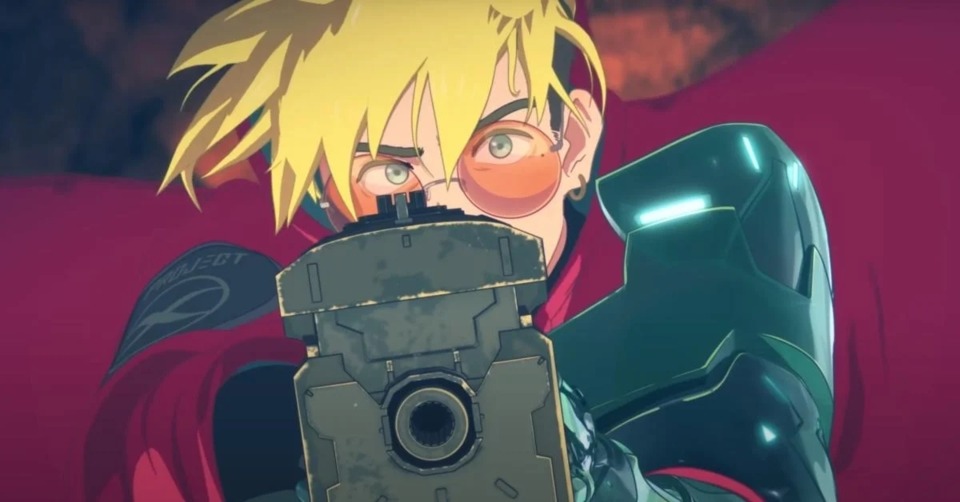
Runner-up: Trigun Stampede - I think Trigun Stampede is a slight victim of coming out at the start of 2023. What many people have forgotten is one of the most energetic and bombastic action animes of the year, with a story with as many joyous characters and twists as the original. I get that some people would not give it a shot due to its 3D art style and animation. However, animation studio Orange is the best at what they do, and this show is another reminder of that fact. Trigun Stampede should not be disqualified because of people's prejudices against certain animation styles. That's doubly the case when the show's frenetic action sequences are as stylish and enjoyable as the ones in the original Trigun. So much of the spirit of Trigun is here that Trigun Stampede remains one of the easier-to-recommend animes from 2023.
Most Surprisingly Good - Twisted Metal (T.V. Series)
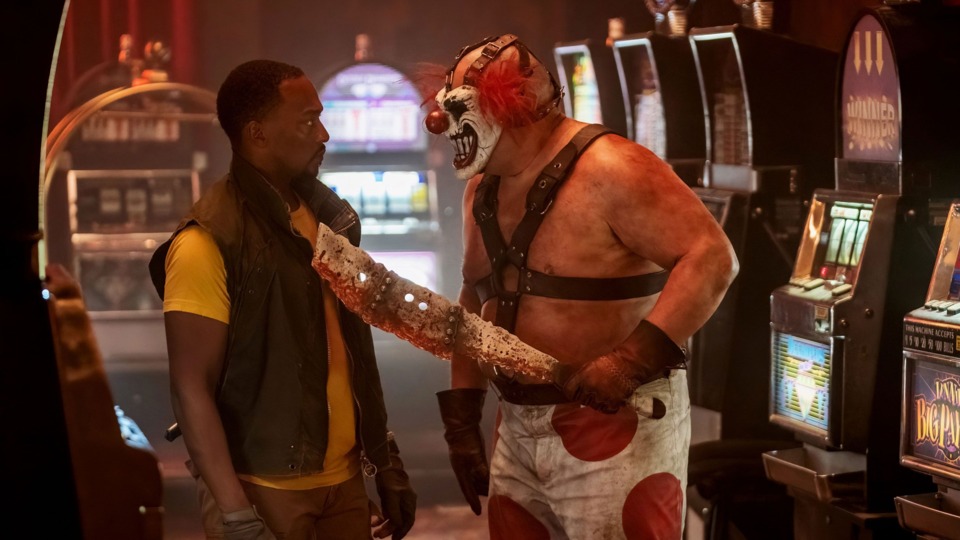
When I first saw the Twisted Metal television series trailer, I thought it would necessitate this community collectively penning essays on why it is one of the worst modern live-action video game tie-in projects ever made. And after I completed the first episode, I was left chuckling along with the wacky adventures of its characters. Everything from the trailer made it seem like Anthony Mackie and Stephanie Beatriz were phoning it in and waiting for their checks to cash. And yet, everyone in this show seems like they had a ton of fun making it, and it is infectious. Will Arnett is the voice of Sweet Tooth while wrestler Joe Seanoa (i.e., Samoa Joe) provides the body much like Brendan Fraser and Riley Shanahan's set-up as Robotoman in Doom Patrol. And you can tell Samoa Joe had a blast making this show because his stunts often feel like dream sequences he's wanted to do in the wrestling ring for over a decade. It's loud. It's dumb. But mercifully, it knows it shouldn't take itself too seriously, making it one of my guilty streaming pleasures of 2023.
I also want it known that I have zero love for the Twisted Metal games. I understand they are considered, especially Twisted Metal: Black, forgotten classics for the original PlayStation and PlayStation 2. I was always terrible about performing the more intricate combos and platforming bits in the Twisted Metal games and found the edgy storytelling downright intolerable, even as a kid. Twisted Metal (2012)'s story, especially what it does with Sweet Tooth, is downright impossible to go back to, and I'm glad to report that the Twisted Metal television series gives as little shit about "canon" as I do. Likewise, with David Jaffe unofficially persona non grata in the industry, I wonder if you even want him doing photo ops promoting the show these days. Nonetheless, at ten episodes, Twisted Metal knows to get its shit in and out without any pretensions of being more than a show about silly car combat scenes and the occasional fistfight. When I finished it, I was happy to hear that it had been renewed for a second season, but I wouldn't have been shedding a tear if the opposite were true.
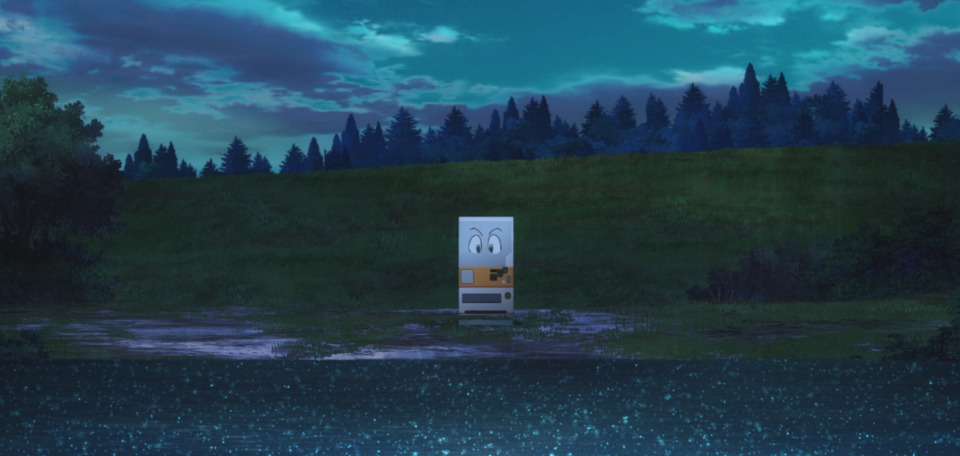
Runner-up: Reborn as a Vending Machine - I take no pleasure in saying this following statement, but the vending machine isekai anime is not bad. I went into it wanting to dunk on it but was moderately impressed. It's exceptionally average regarding looks and often wears its welcome even before its episodes end. Nevertheless, its heart is in the right place. I saw many "it's a deconstruction of the isekai genre!" claims on the internet when it first came out, and I disagree. It's pretty standard in terms of what it brings to the table. That said, it is a deconstruction of harem anime with people in a traditional fantasy setting fawning over a modern vending machine, and that's one of its more genuinely creative storytelling bits. It's an absurdist retelling of the same formula, and that's enough to get me to recommend it if you have nothing better to do and don't mind a bog-standard repeat of familiar isekai tropes and idioms.
Weirdest Game - Eastern Mind: The Lost Souls of Tong Nou
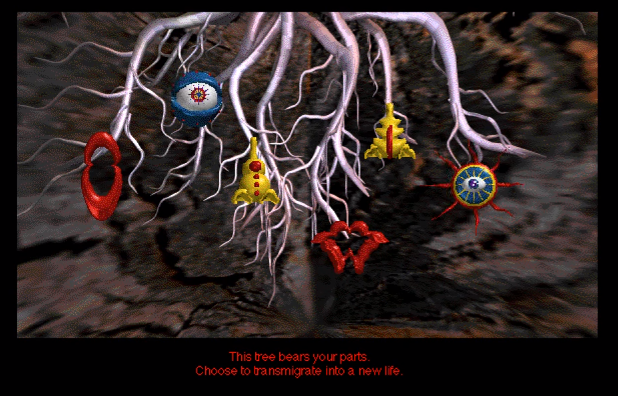
Eastern Mind: The Lost Souls of Tong Nou was the first game I decided to stream in 2023. As I laid out in my write-up about the game, I continued to see it and LSD: Dream Simulator crop up in the Reddit creepypasta circles and decided to take the plunge on both games. While I was slightly disappointed with LSD, considering it is less of a game and more of a weird visual generator, Eastern Mind entirely delivered. It is the weirdest game I have ever played, and the sheer variety of its bizarre characters and set pieces make it an utterly unique experience. Instead of borrowing cultural landmarks or imagery from one nationality or religion, Eastern Mind takes from several. When you enter its world, a giant disembodied green head that you must enter via its cheeks or ears, you find Daoist, Confucian, and Buddhist traditions intermingling with Jungian psychology. Its world is largely directionless to force you into encounters with demons that look like they were made using pipe cleaners or derelict Bionicle parts. It promises to send you to a dream-like world unlike any you have ever seen before, and it never fails to accomplish that goal.
And that differentiates Eastern Mind from most off-brand adventure games I play. The minute I think I have grappled with what philosophy it is trying to represent in a video game, it hits me with a new canonical rule that seems antithetical to everything else I've experienced. I have said it before elsewhere, but I will officially stake my claim here in writing. If I was ever invited to share a video game with the Giant Bomb staff and guide them through something I knew they would never naturally discover on their own, this would be my top pick, and Commander Blood, a game I will discuss next week, would be my number two. I don't want any of you to interpret that as a steadfast belief that I demand the right to do a video on Eastern Mind and that this website owes me the pleasure because it doesn't. Nonetheless, more people need to see this game in action, and I would leap at the opportunity to guide even ten additional eyes on it. If I were to crumble into a mound of dust after doing so, I would have known that my legacy has been firmly established as the internet's foremost expert on Eastern Mind. That's a legacy worth having.
Runner-up: The Pink Panther: Hokus Pokus Pink - I honestly could include both of Wanderlust Interactive's Pink Panther edutainment adventure games. Both Pink Panther Hocus Pocus Pink AND The Pink Panther Passport to Peril attempt to teach children 90s geopolitics and world conflicts without sugar-coating things. However, it does so in the most bizarre ways and manners. For example, both games have musical songs that teach historical concepts, but this is NOT Schoolhouse Rock! One of the musical numbers teaches the negative legacy of British colonialism in Australia, and another communicates the ills of the caste system that continue to persist in India. Oh, and did I mention that this 1997 educational game attempts to explain the Isreal-Palestine conflict with a very pro-Camp David Accords bias? It's such a weird mixture of a game. It's WILD, and I haven't even gotten to the part where both games have body horror moments, like people ripping out their teeth to reveal their facial plastic surgery or the dramatic reveal that all of the children at a summer camp have been replaced by androids!
Best Ensemble Cast - Paranormasight: The Seven Mysteries of Honjo
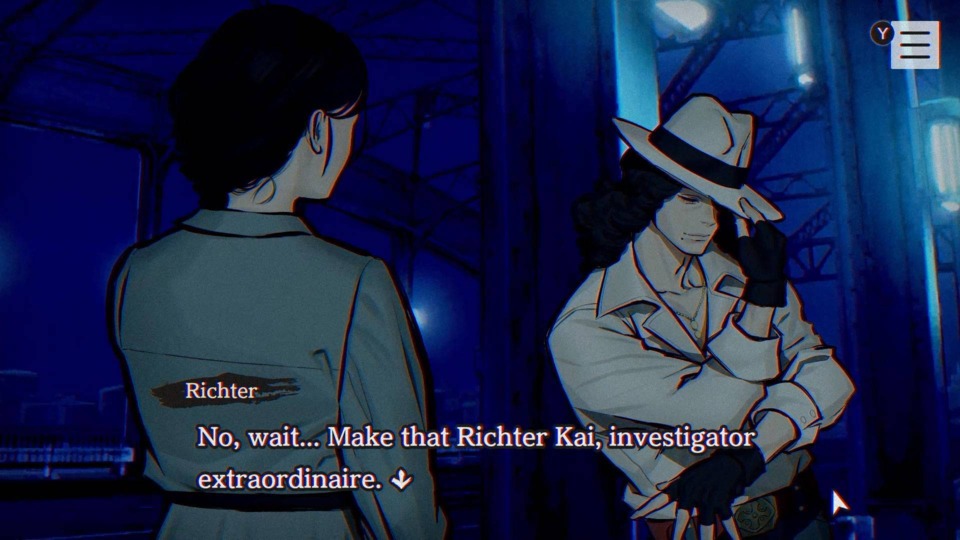
Hell yeah! I bet you were expecting to see me pick Baldur's Gate 3 for this award! While I think Baldur's Gate 3's cast is excellent, it only partially solves a characterization-related trope that I feel is becoming tiresome in the RPG genre. Every time you get a new party member, it feels like your interactions become a countdown to a trauma dump. Everyone has a secret past or iffy predilection against a dominant faction in the world, and you need to pick away at their mental facade until they give you the details. In games less well crafted than Baldur's Gate 3, I have admonished such storytelling as "trauma/grief pornography." With Paranormasight: The Seven Mysteries of Honjo, the facades the game's significant characters put up are deeply interconnected with the story's overriding theme involving a city-wide mystery. For many of these characters, you think you have a grapple on who they are or what their quirks might be, and as the story progresses, you discover you've only seen the proverbial tip of the iceberg. Also, credit where credit is due: I love how the in-game journal evolves and edits character bios as you progress the story and explore alternate paths and storylines. From top to bottom, the game makes you feel like a detective engaged in a deep research effort to find the truthworthiness of suspects and witnesses.
One of the more underrated aspects of Paranormasight comes in its beginning hours when it engages with other characters that play more prominent roles in later acts in curse-based chess matches. You have to suss them out and pick up on subtle animation cues and mannerisms, which they repeat throughout the game. Despite the game not sporting motion-captured 3D character models or fully voice-acted lines, you feel as invested in seeing these characters to their natural ends as much as you do with Alan Wake II or Baldur's Gate 3. During the second and third movements in the story, the ensemble is creatively forced to cross paths and interact with one another in some deeply evocative and thrilling settings. All the while, you can tell when the stress and stakes of the story begin to chip away at them, sometimes slowly and other times immediately. Furthermore, the underlying lore and use of Japanese folk tales to make each character feel like they are part of a century-long ancestry with a stake in the wellbeing of the game's setting is also part of what makes following its story such a riveting journey. Everyone feels deeply invested in the city Paranormasight takes place in, for better or for worse.
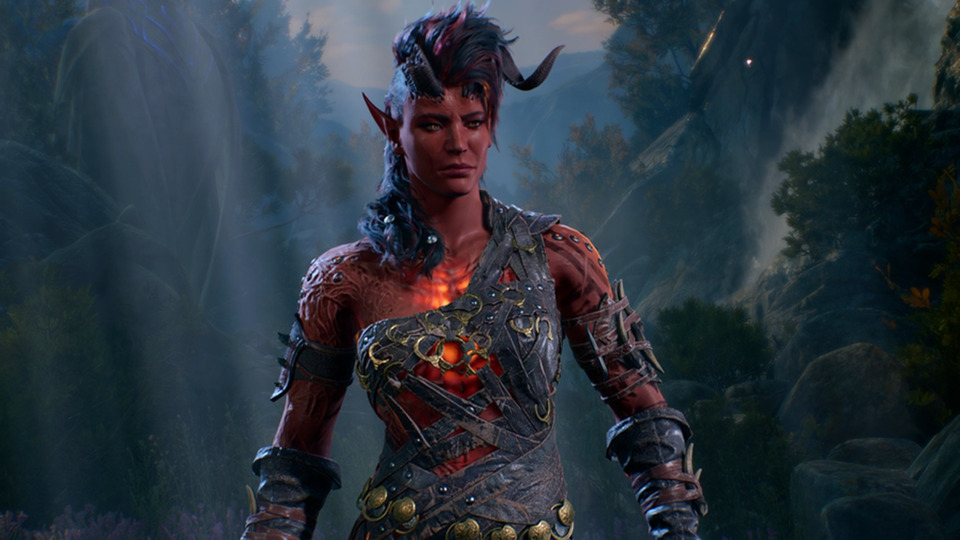
Runner-up: Baldur's Gate 3 - And despite my previous screed, there's no denying that the characters of Baldur's Gate 3 make the experience well worth having. Everyone has their favorites, and the fact people do speaks to Larian's knack for creating casts with a diversity of life experiences and perspectives. Even if one character gets under your skin, you cannot help but wonder if that was the intent. Everyone is well-animated, and the voice acting sets new standards for ensemble RPGs to follow in the future. All I can say is that I'm NOT an Astarion person, and I betrayed his ass the moment I had a chance.

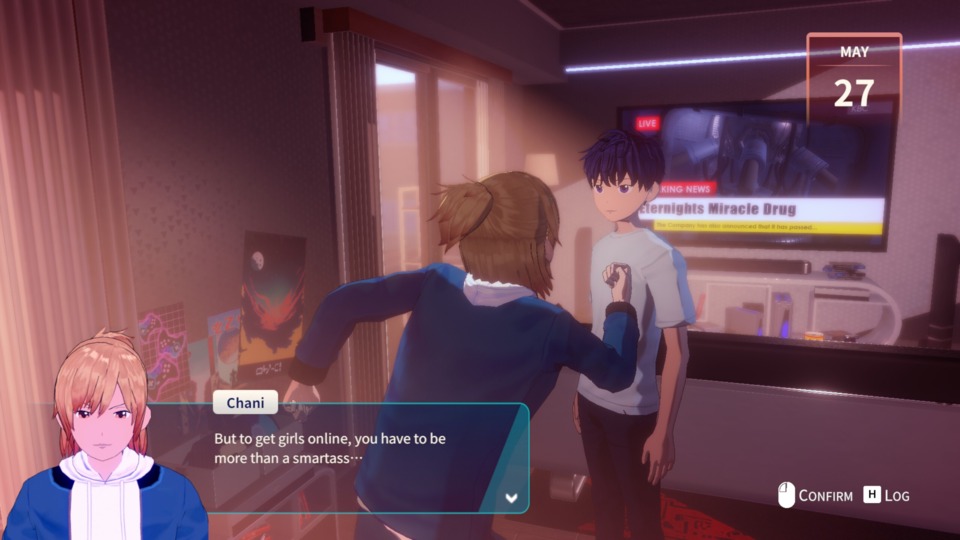
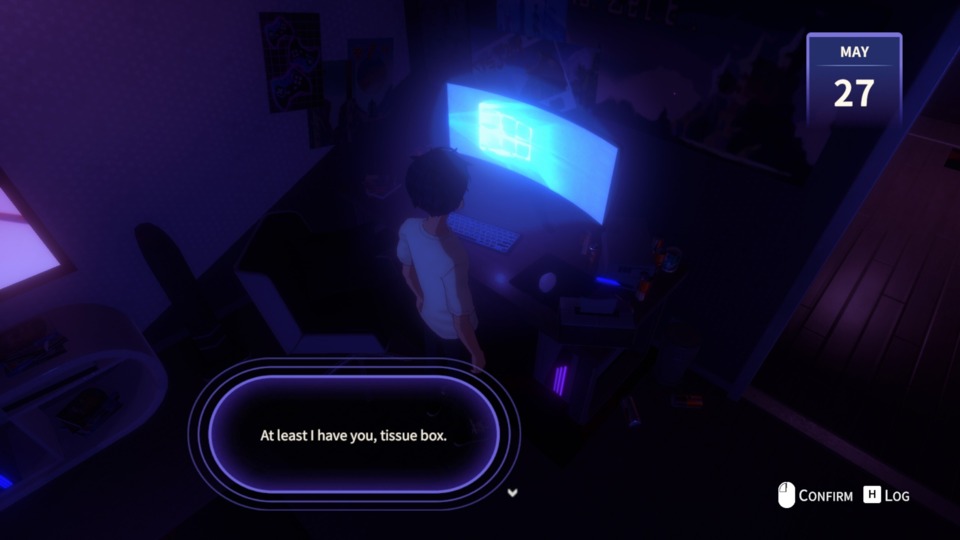
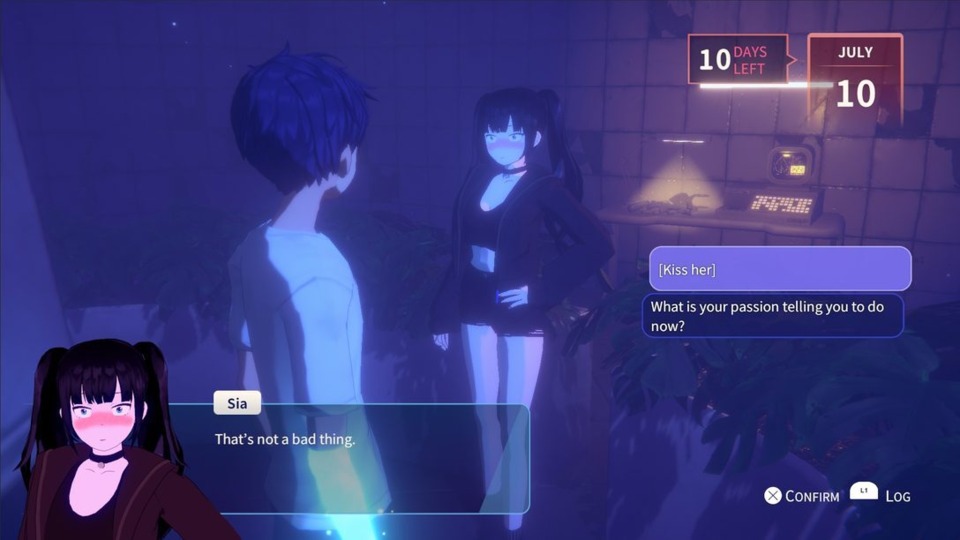
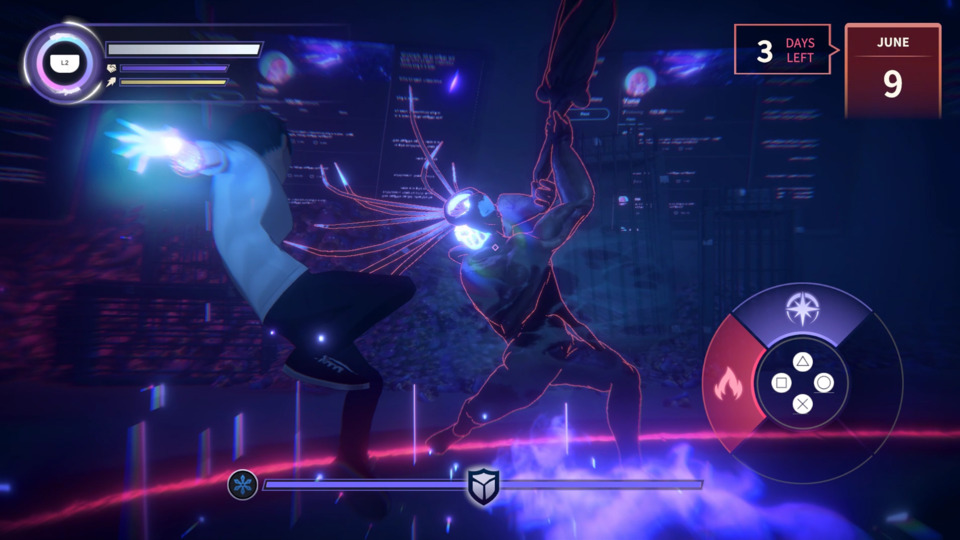
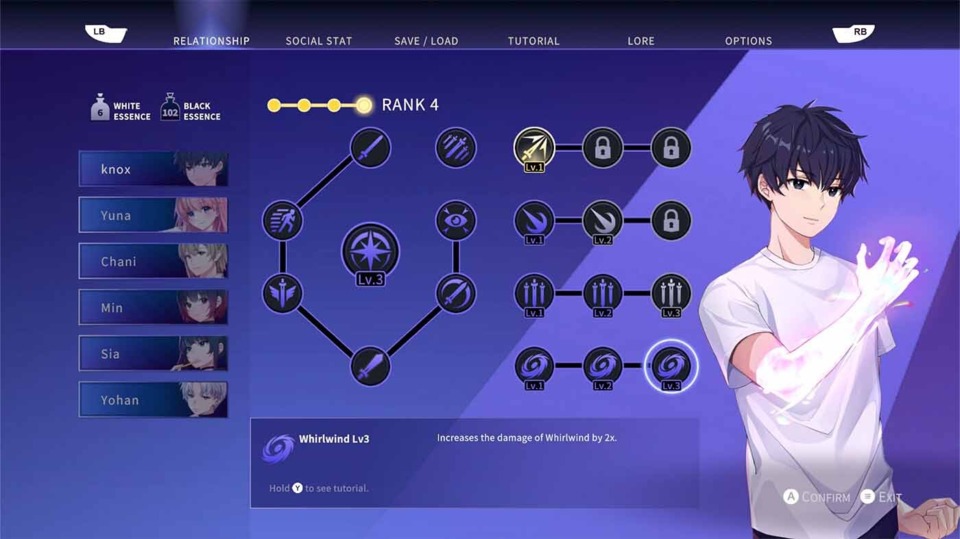
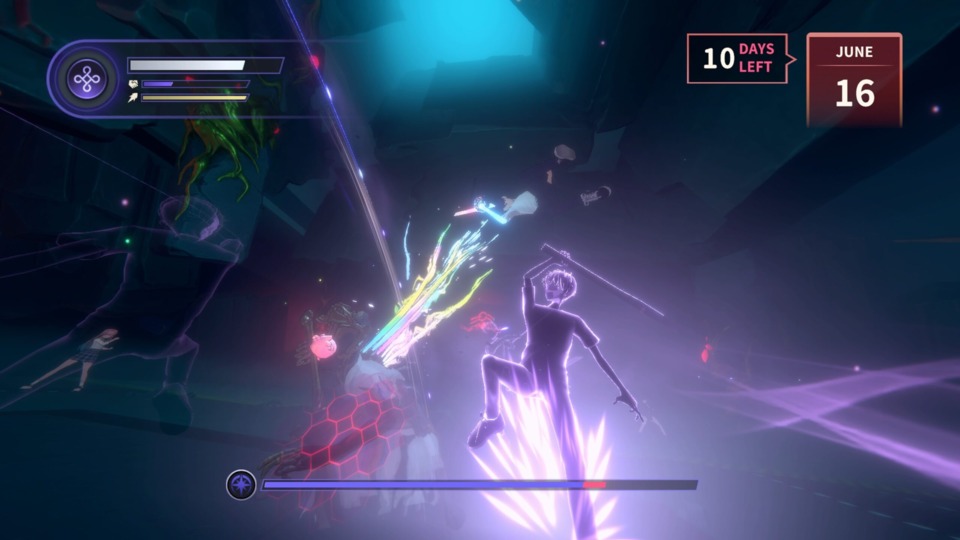
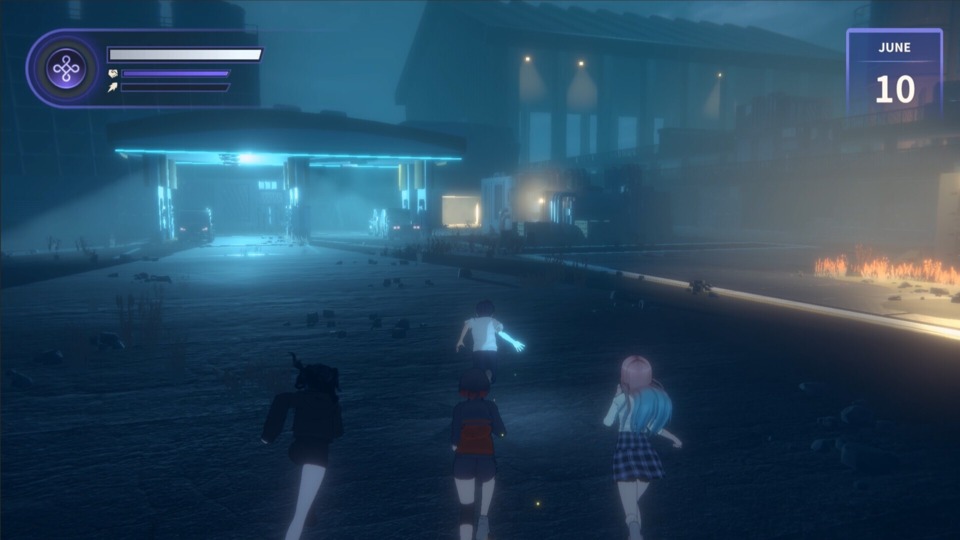
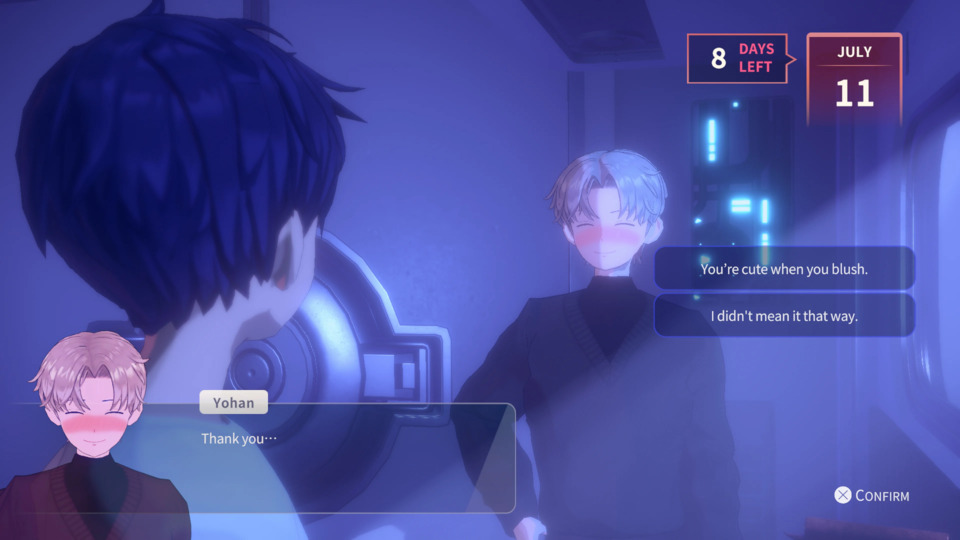
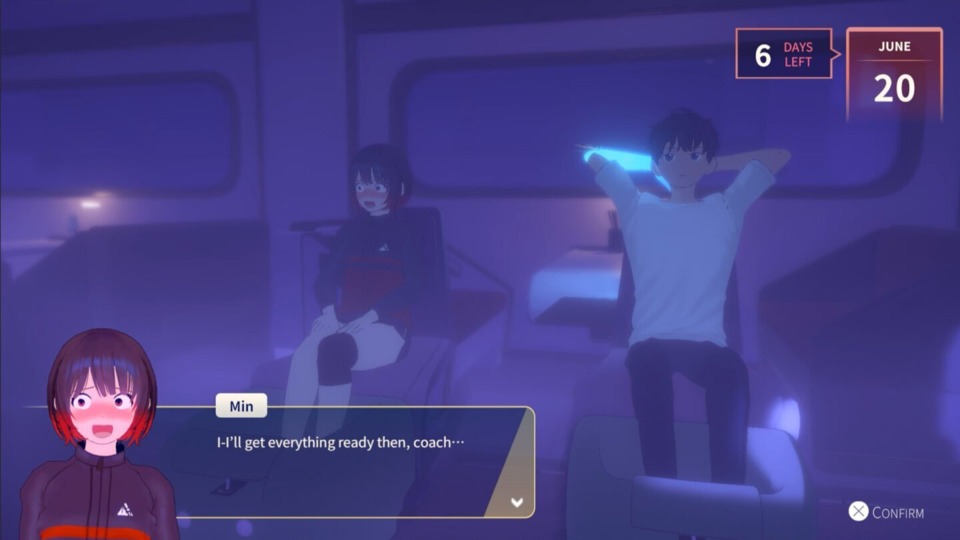
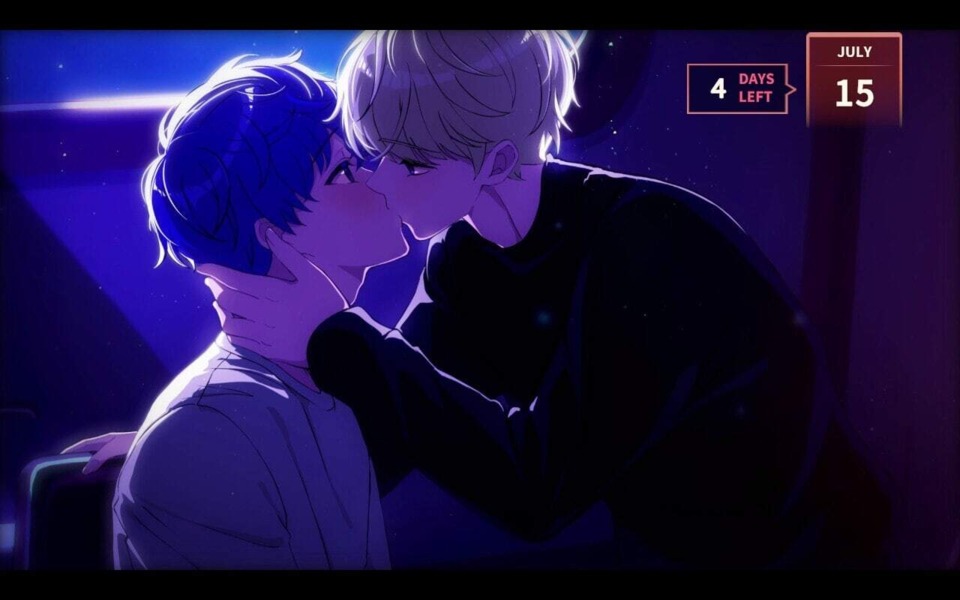
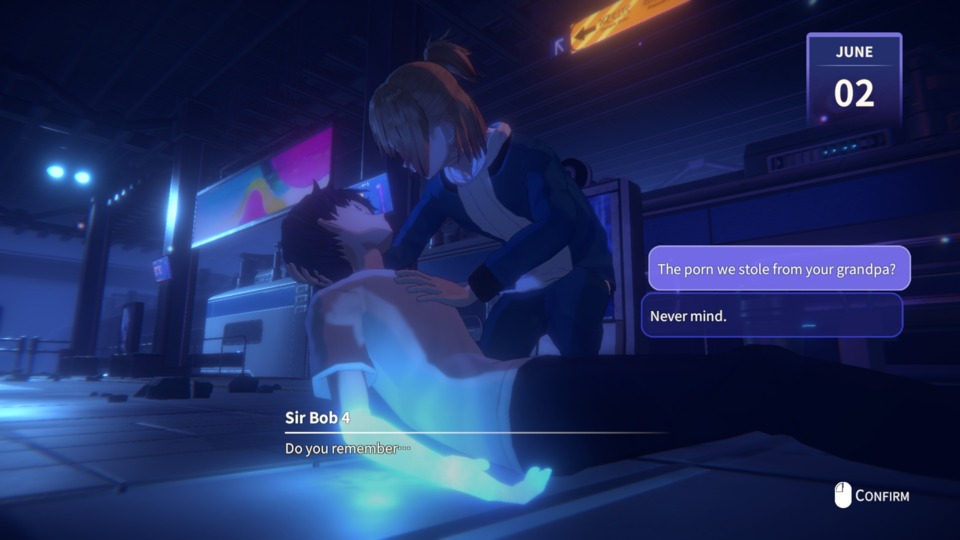
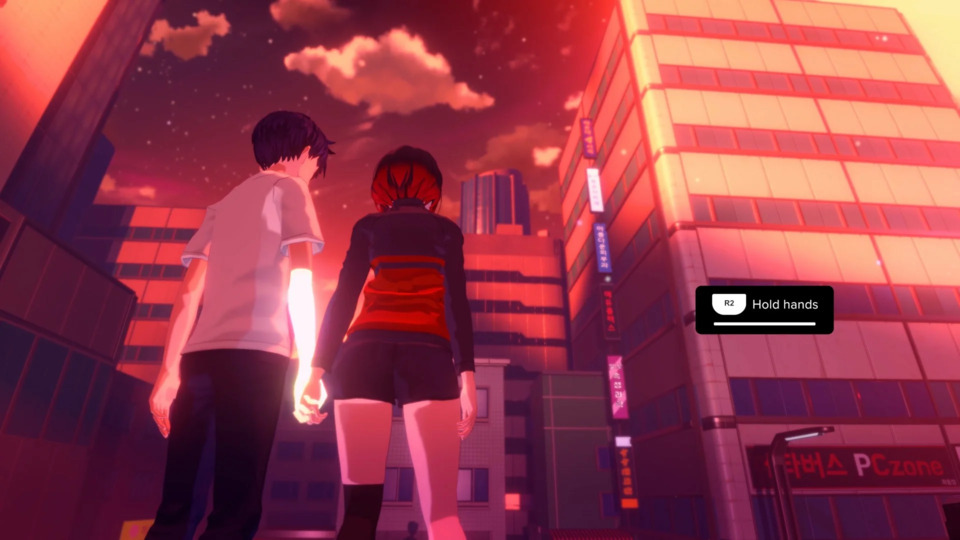
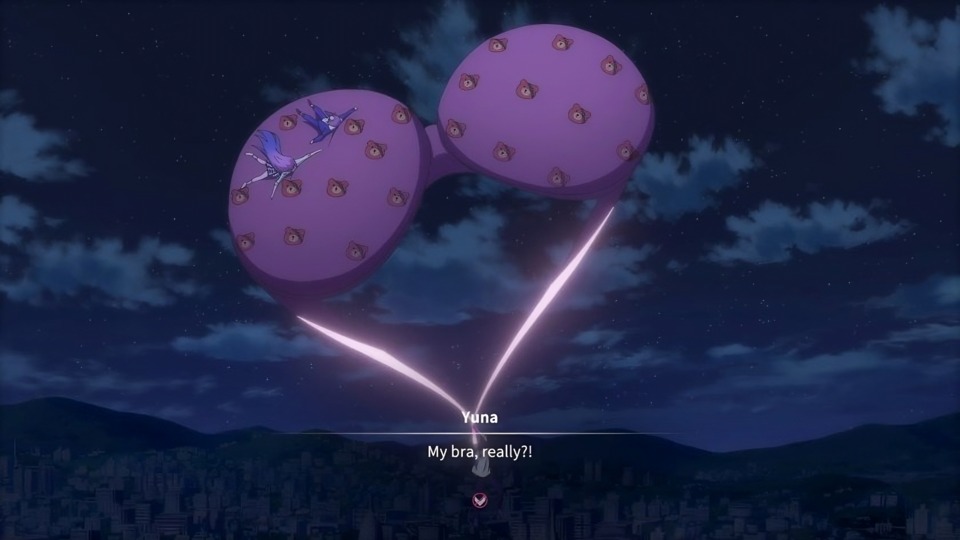
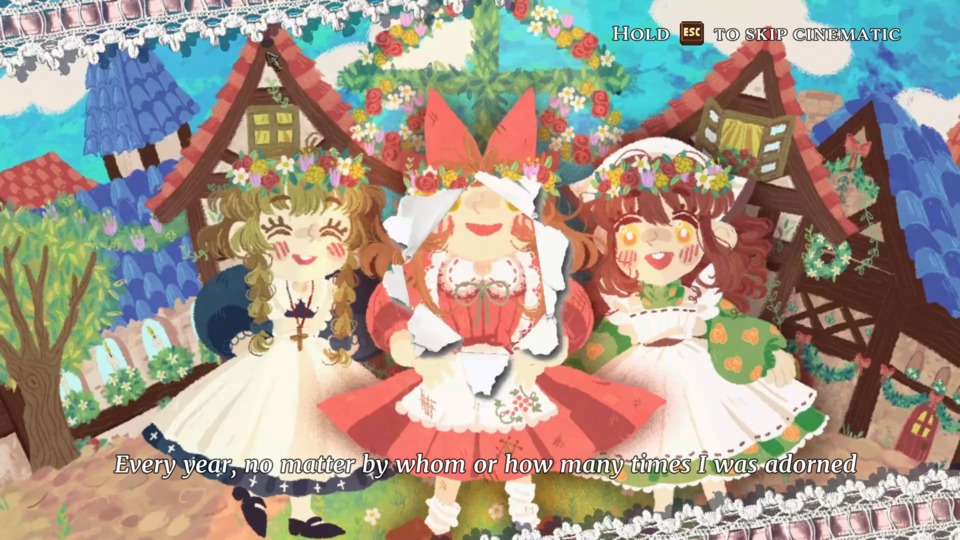
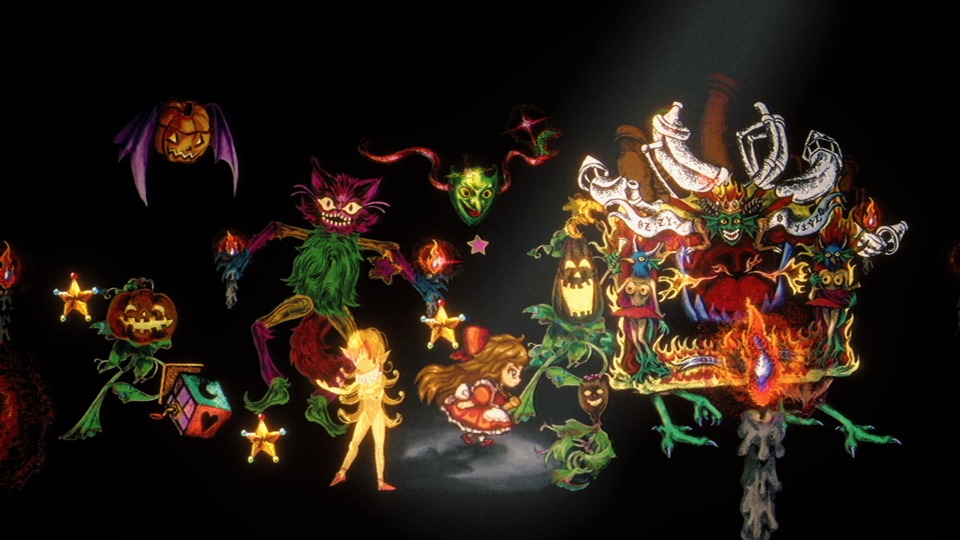
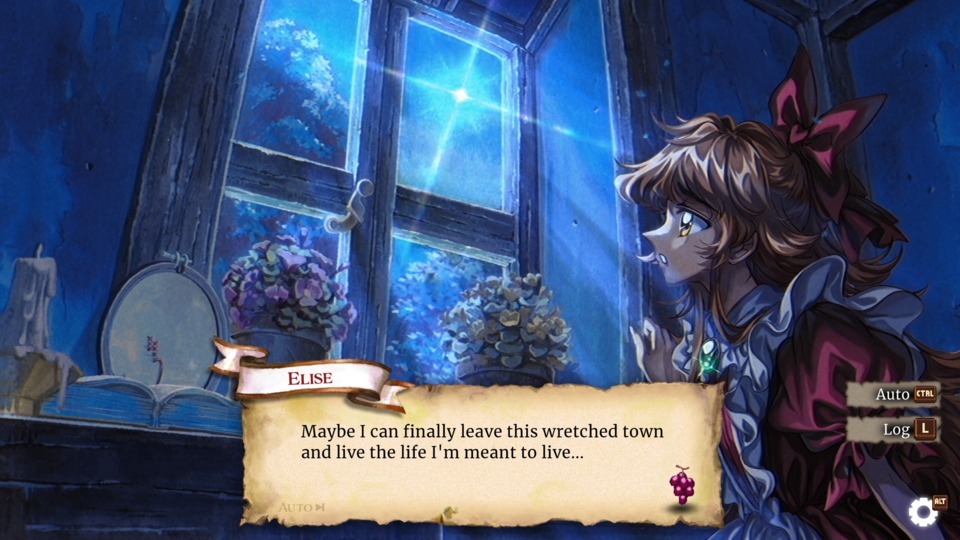
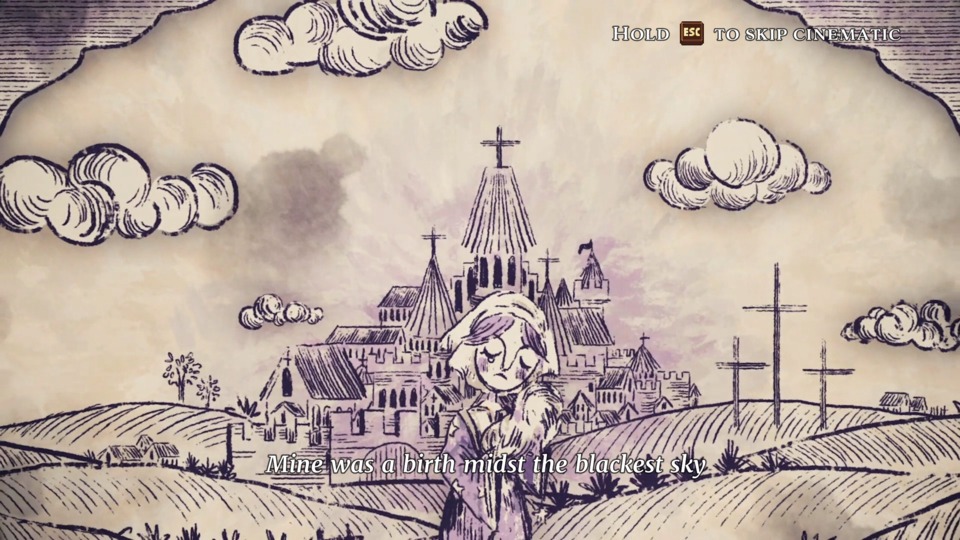
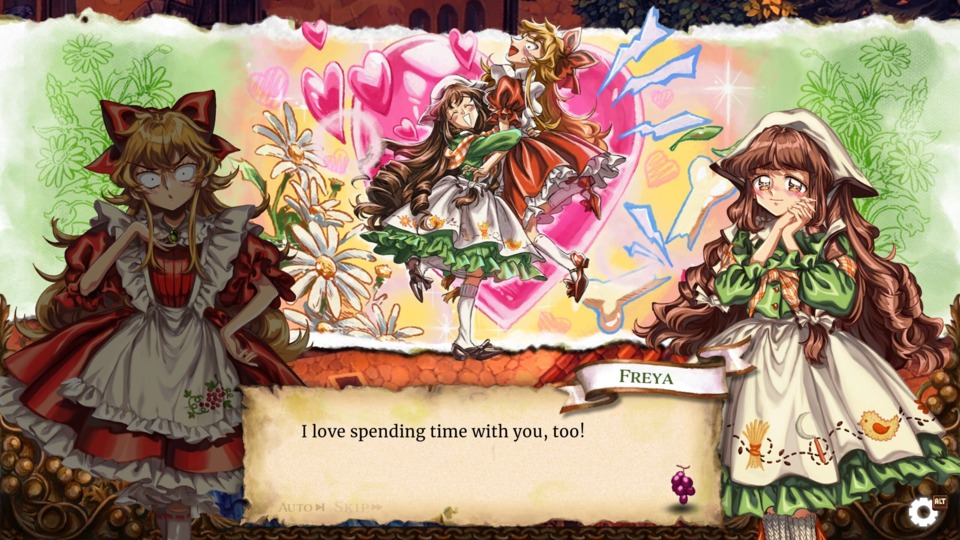
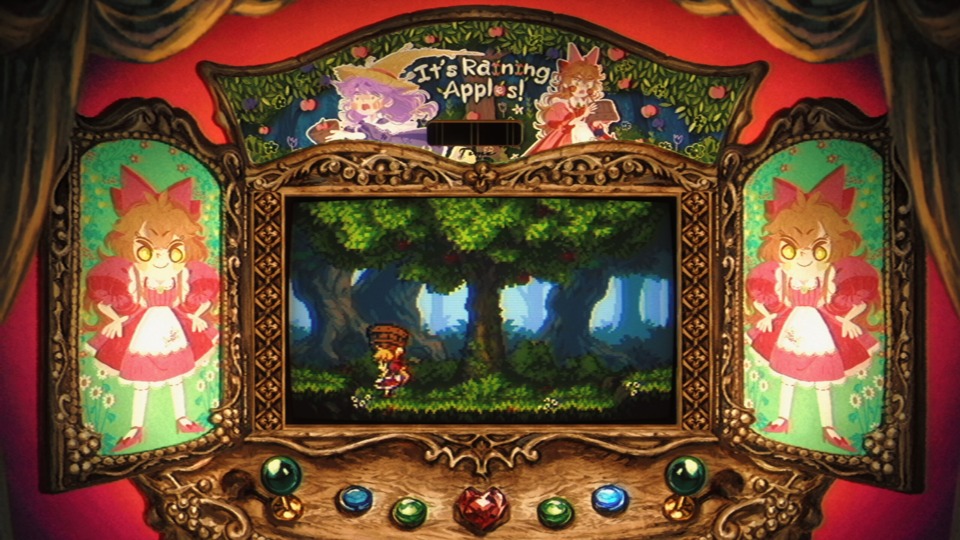
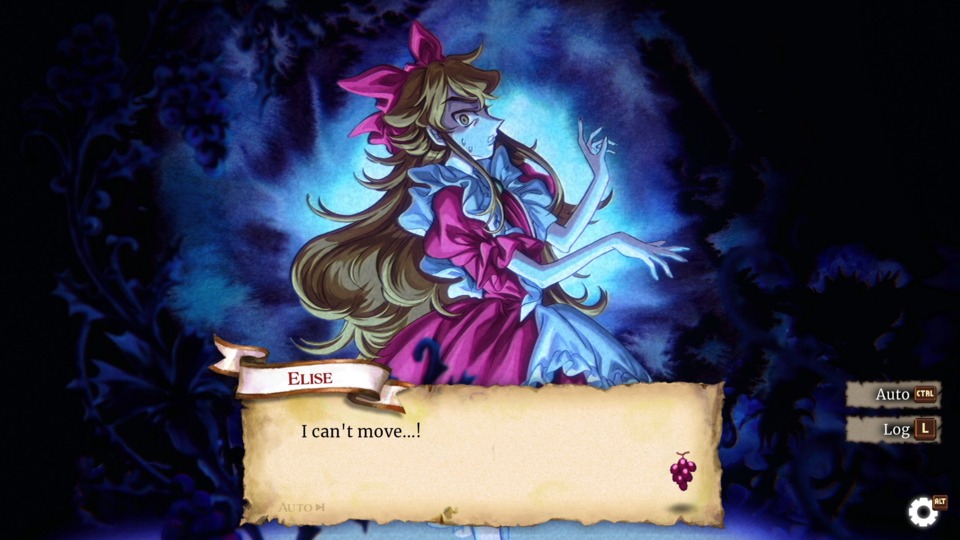
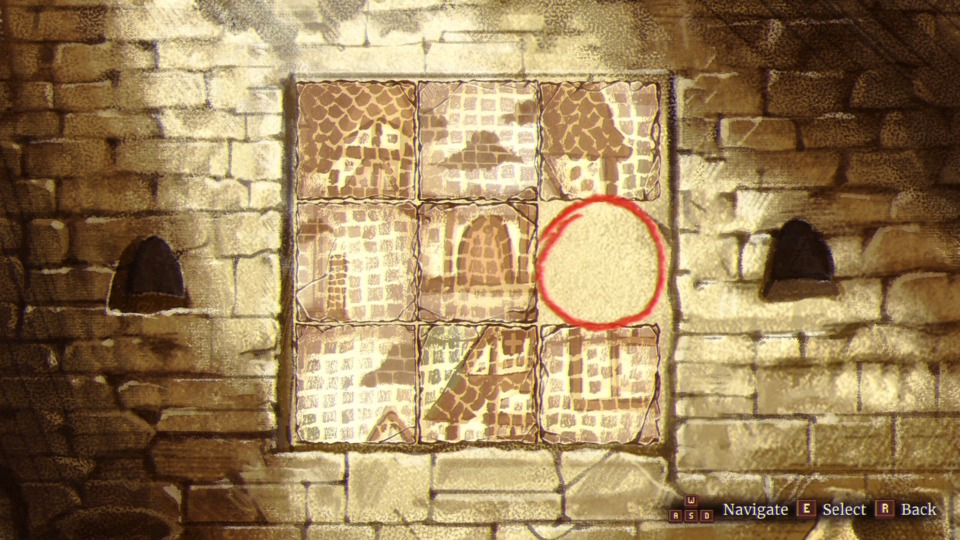
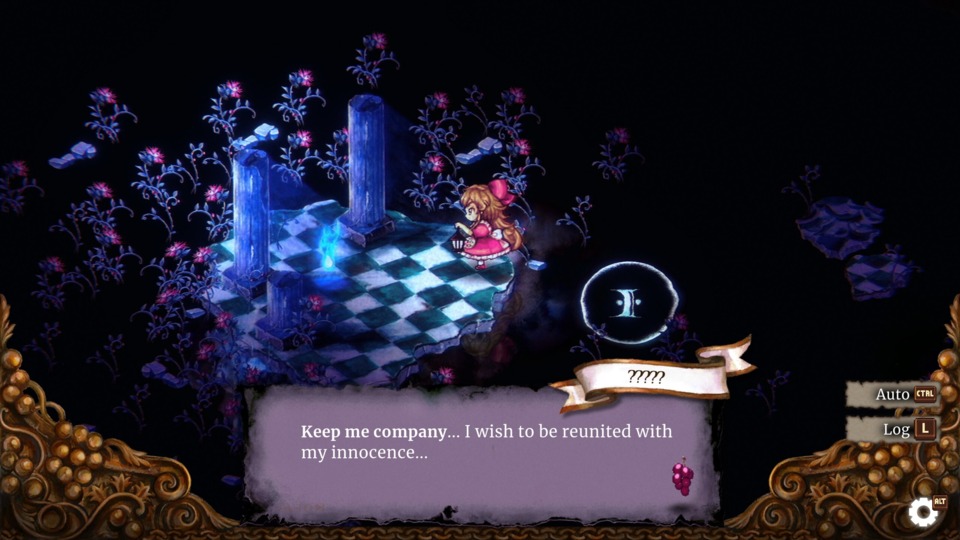
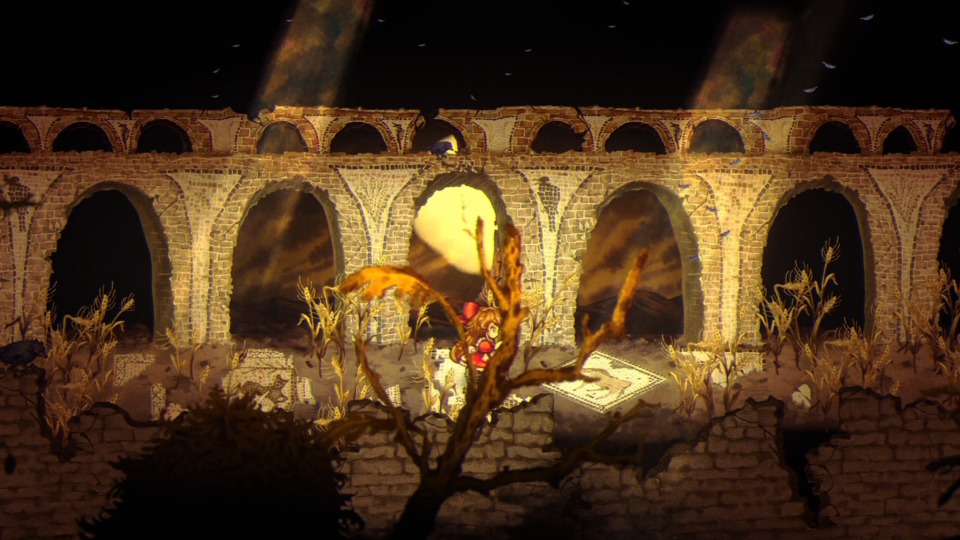
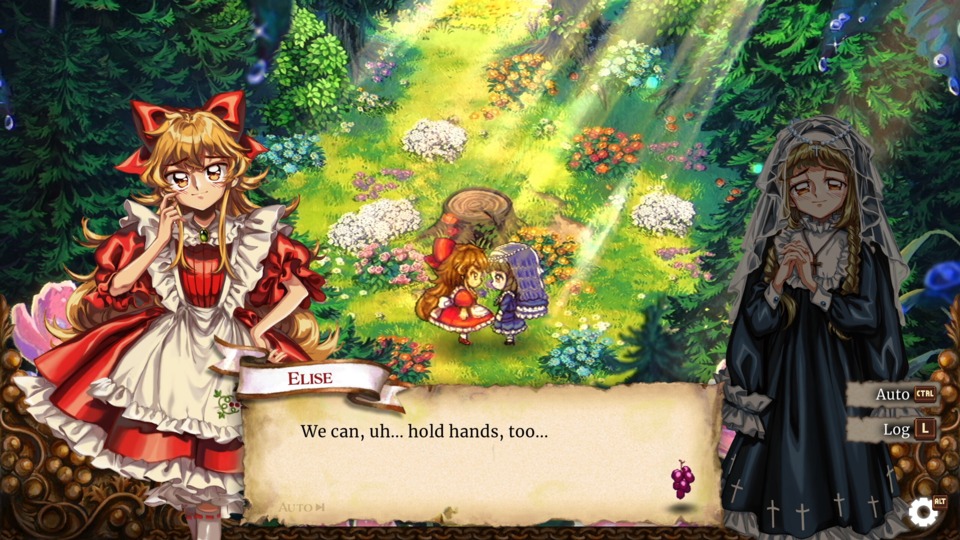
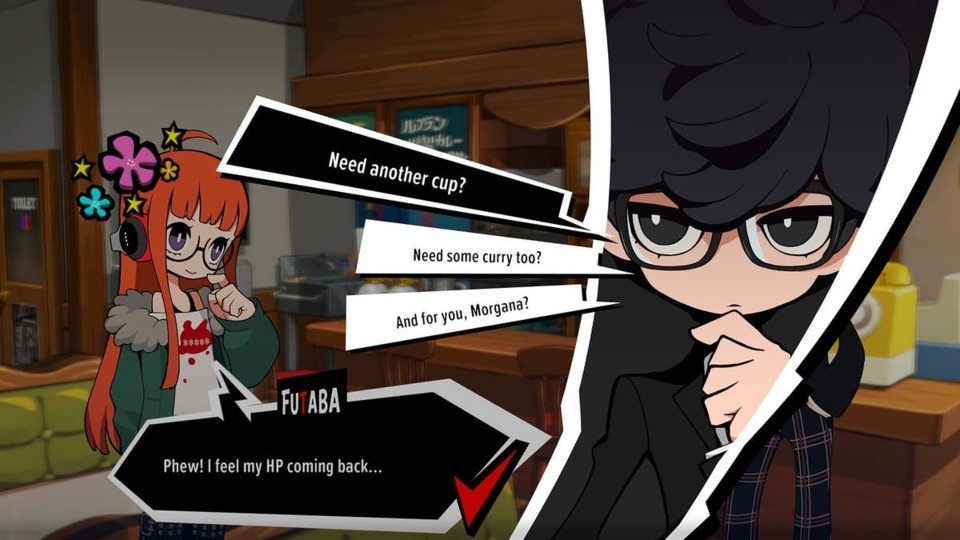
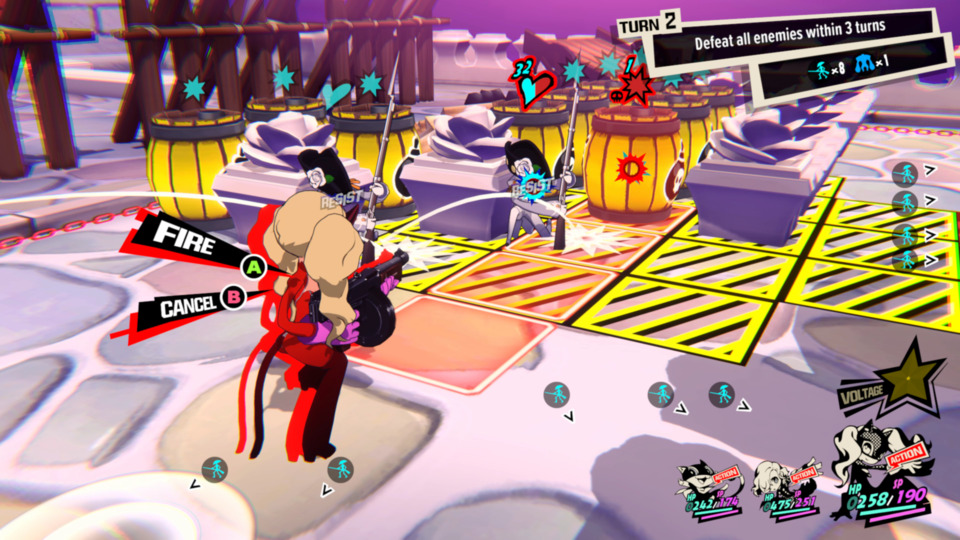
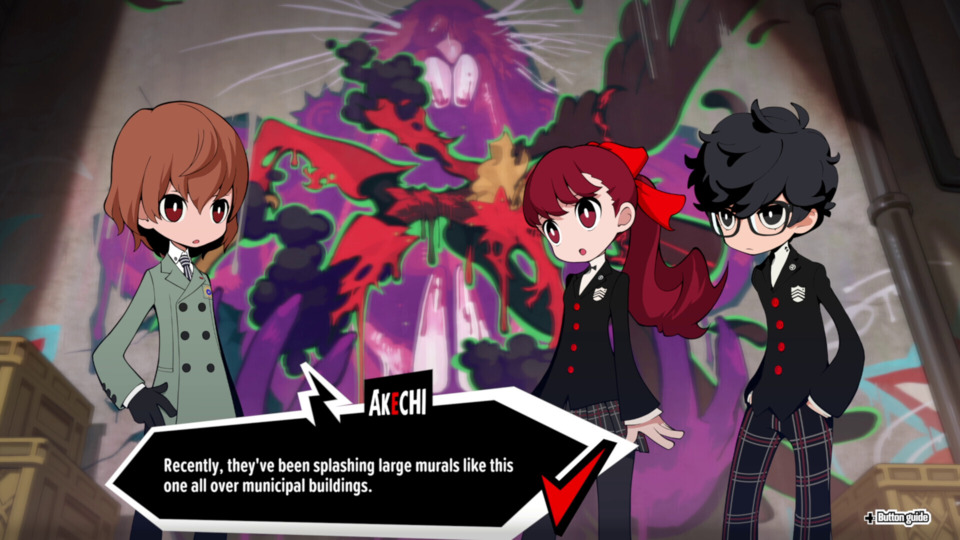
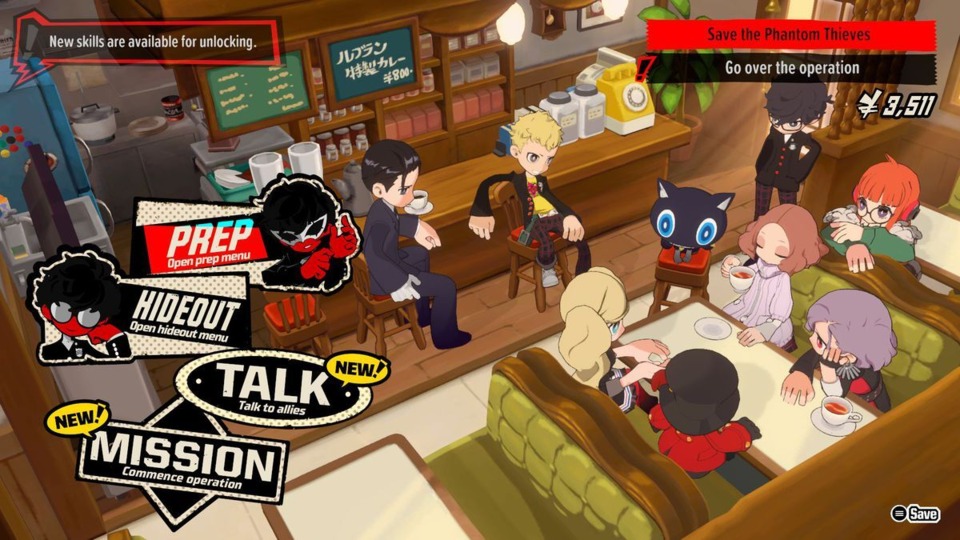
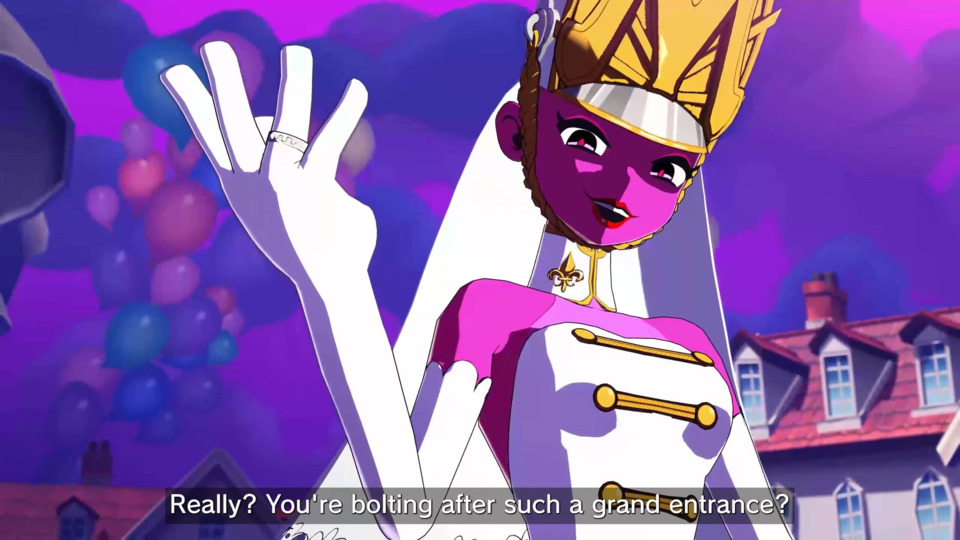
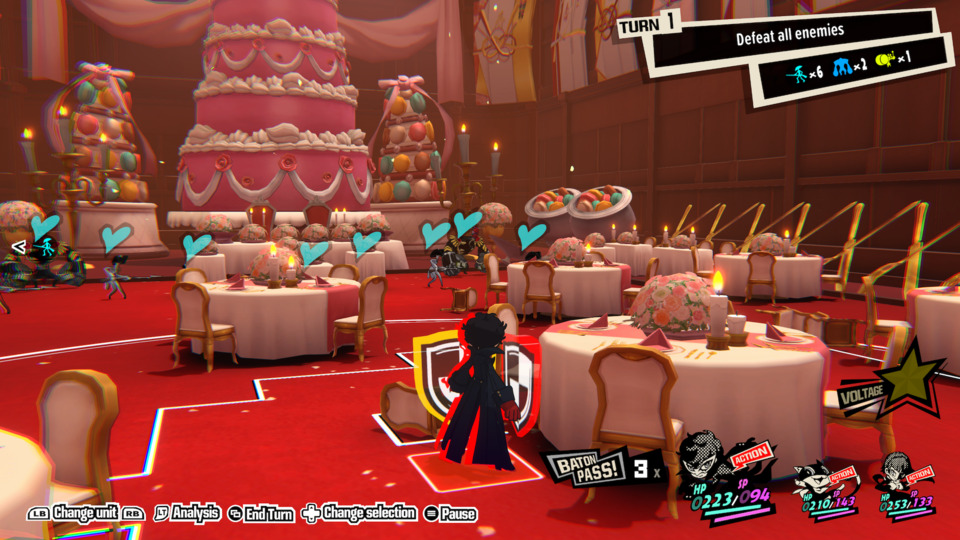
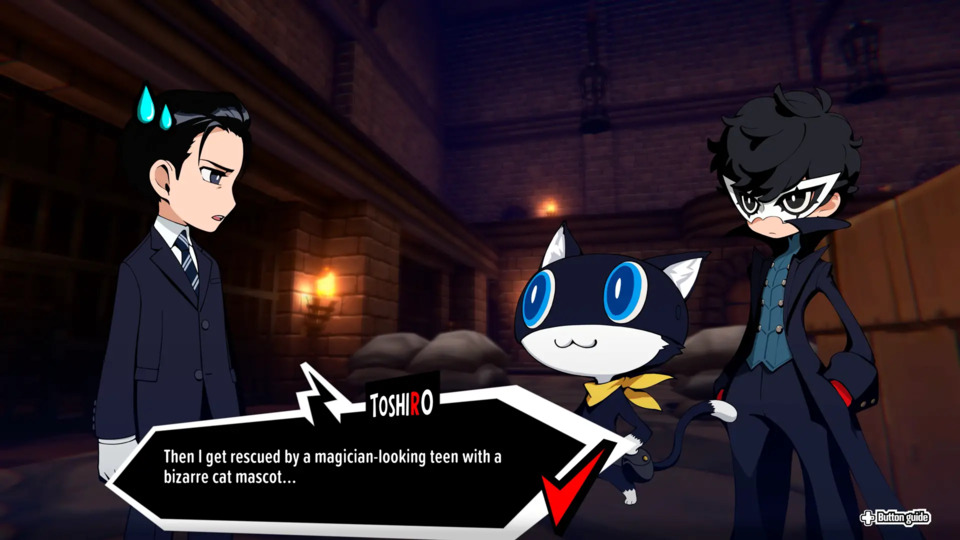
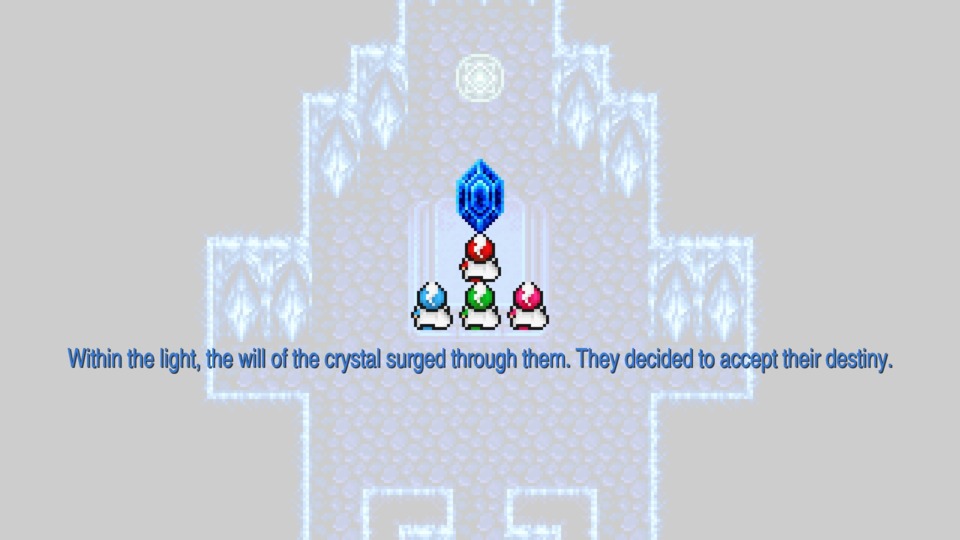
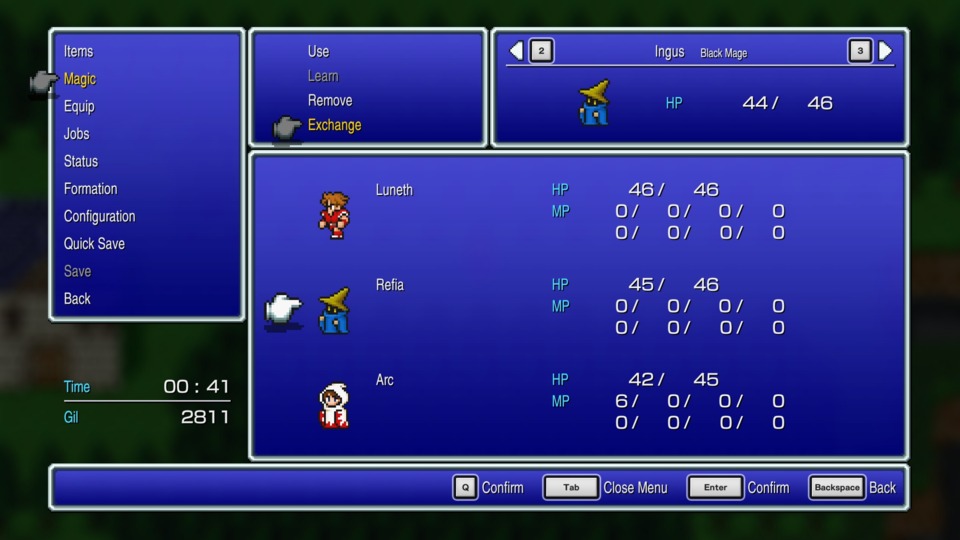
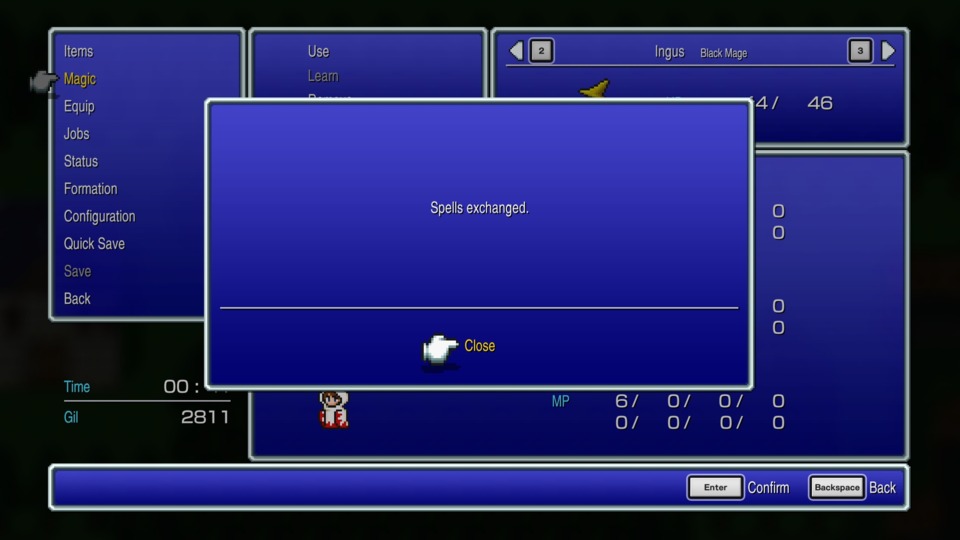
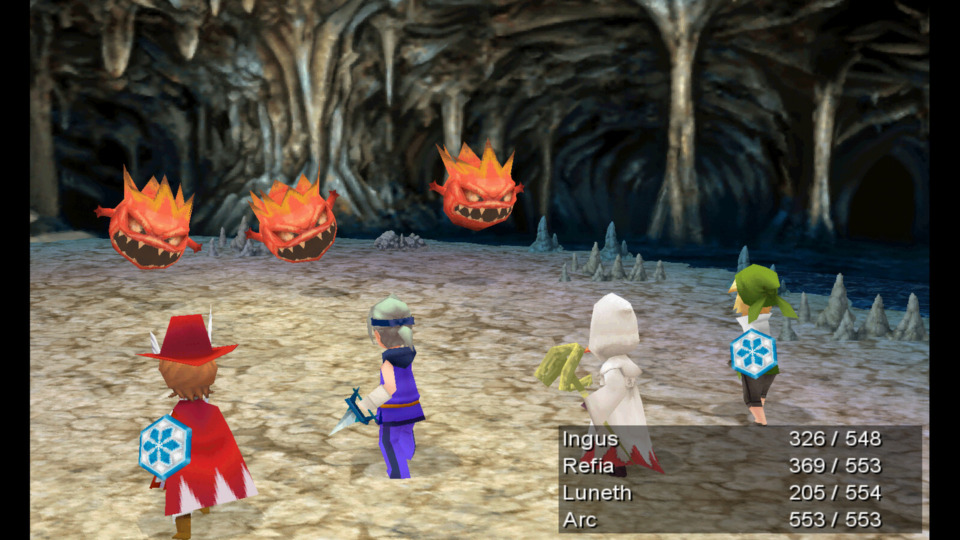
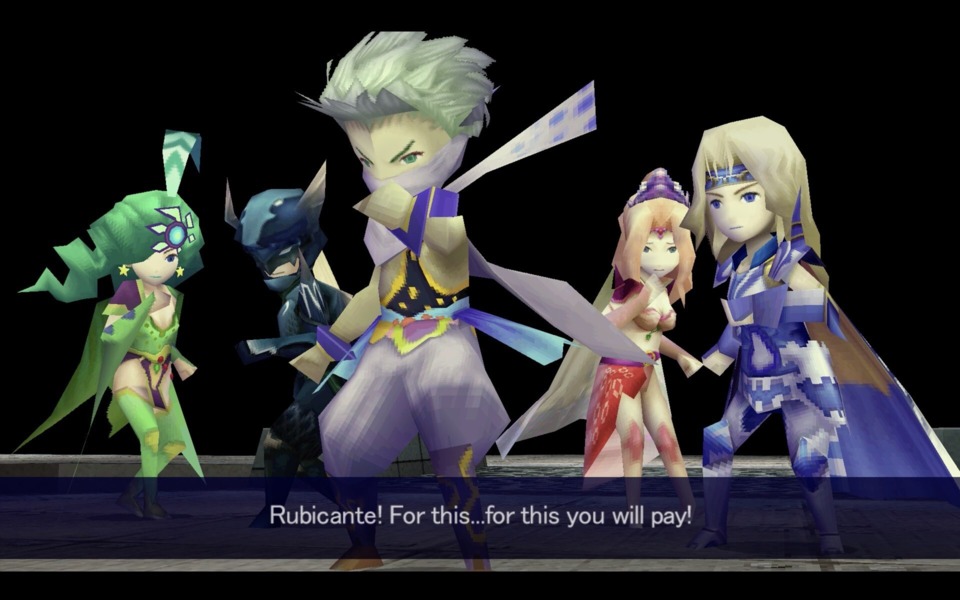
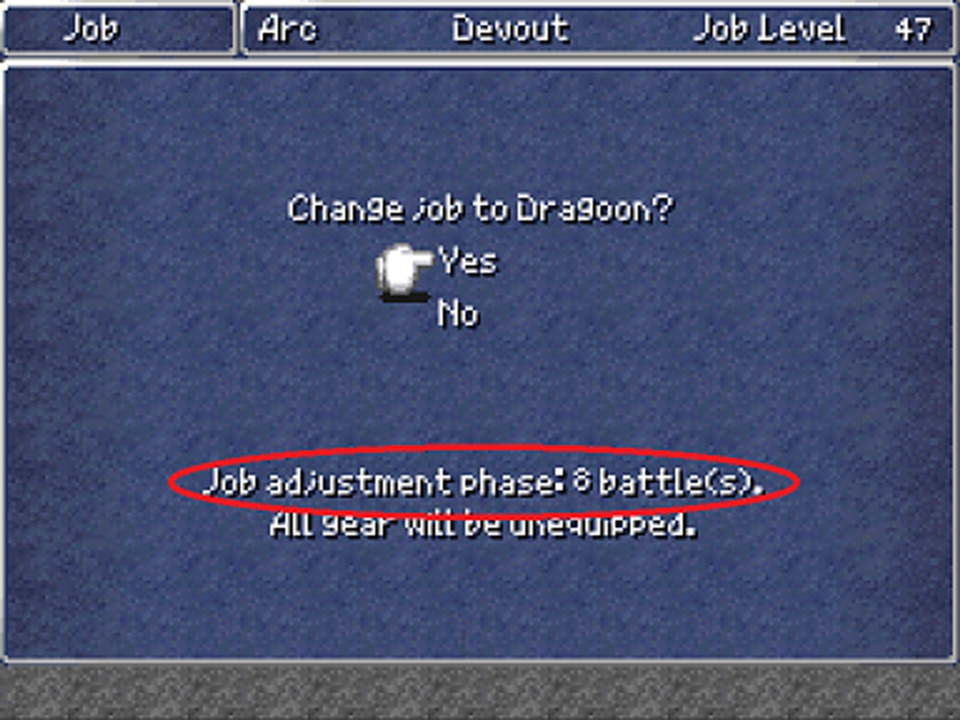
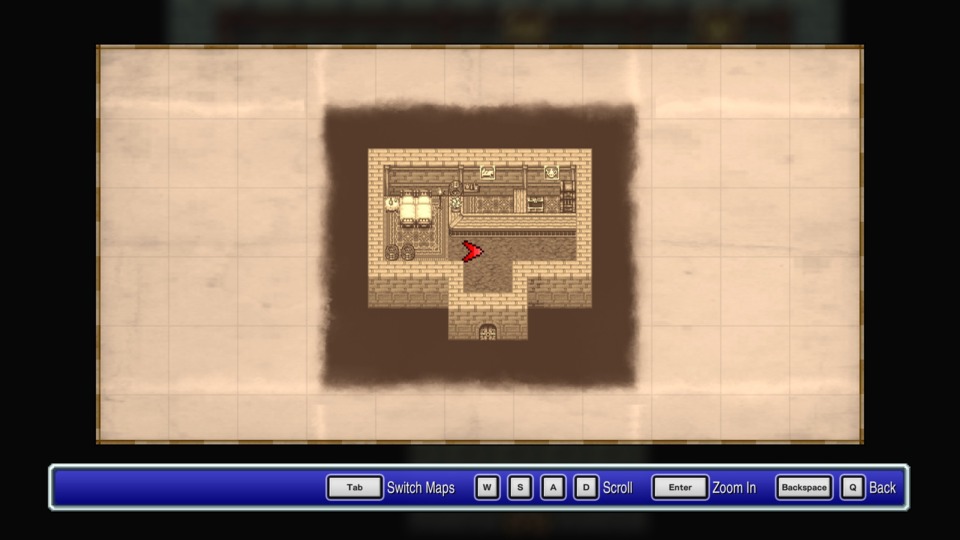
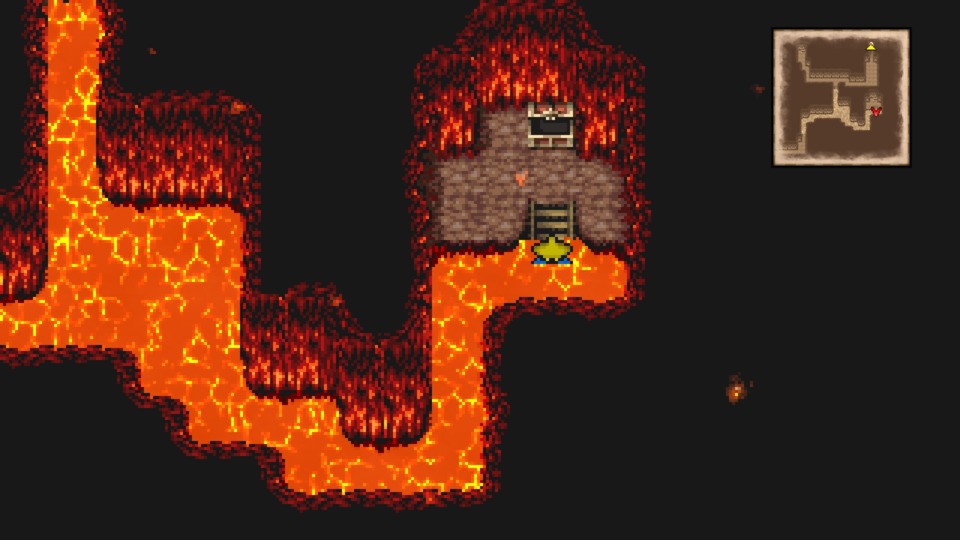
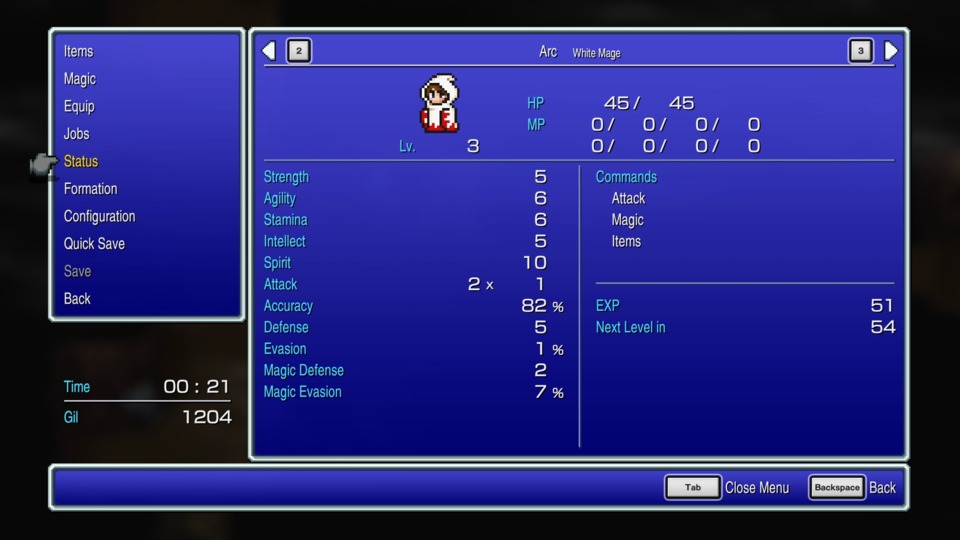
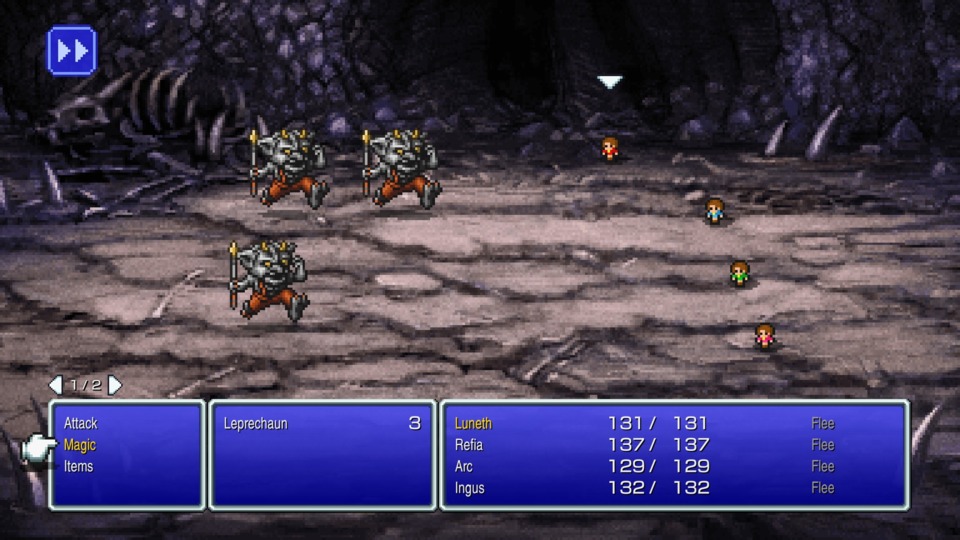
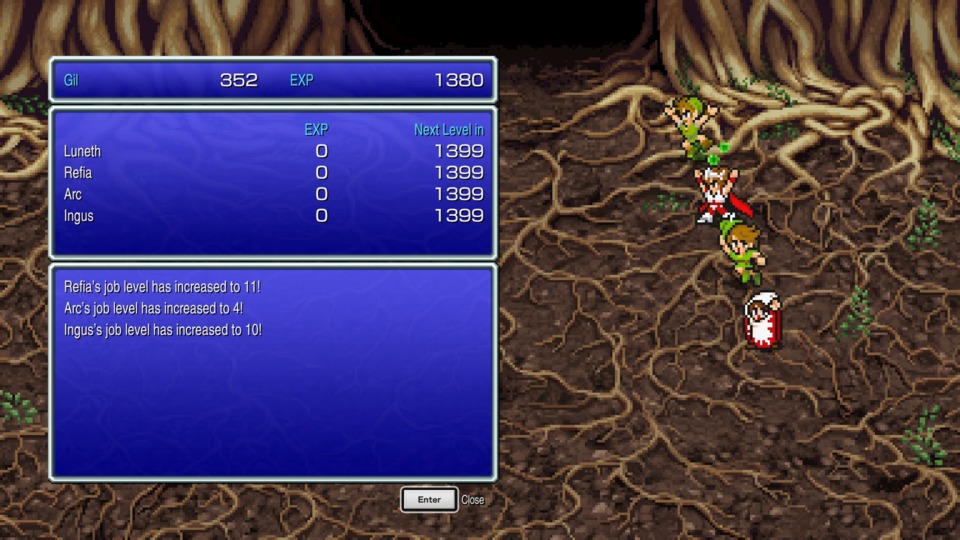
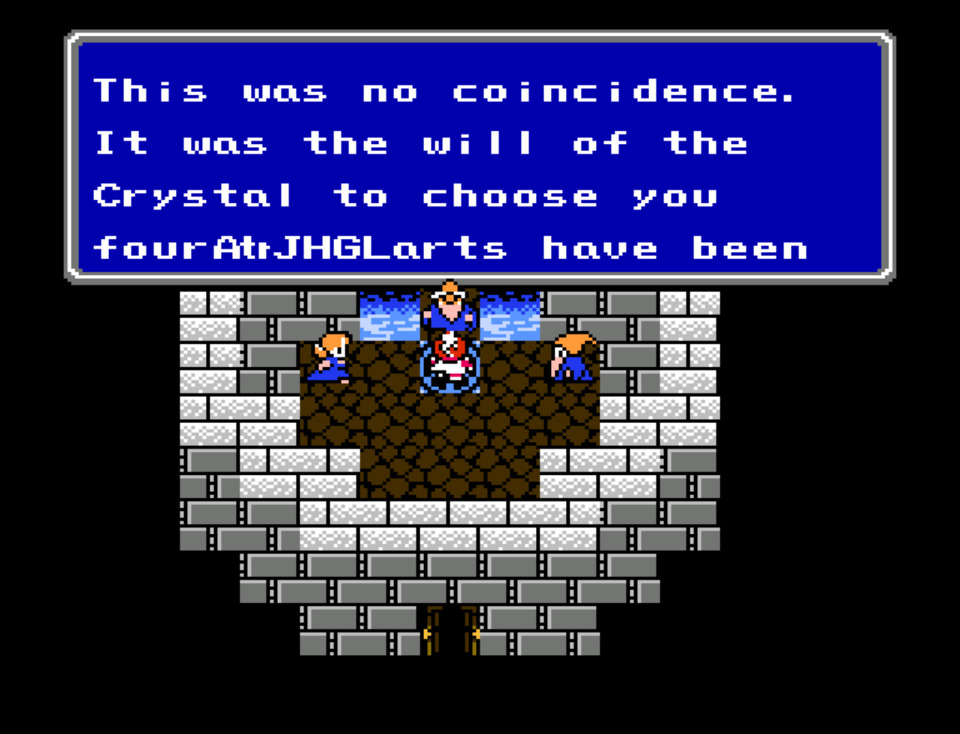
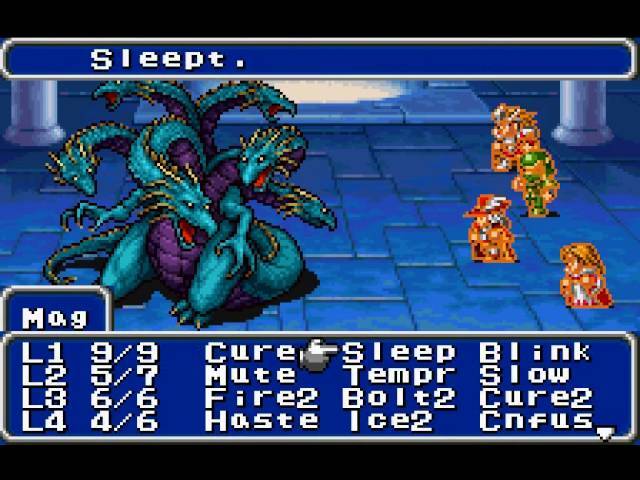
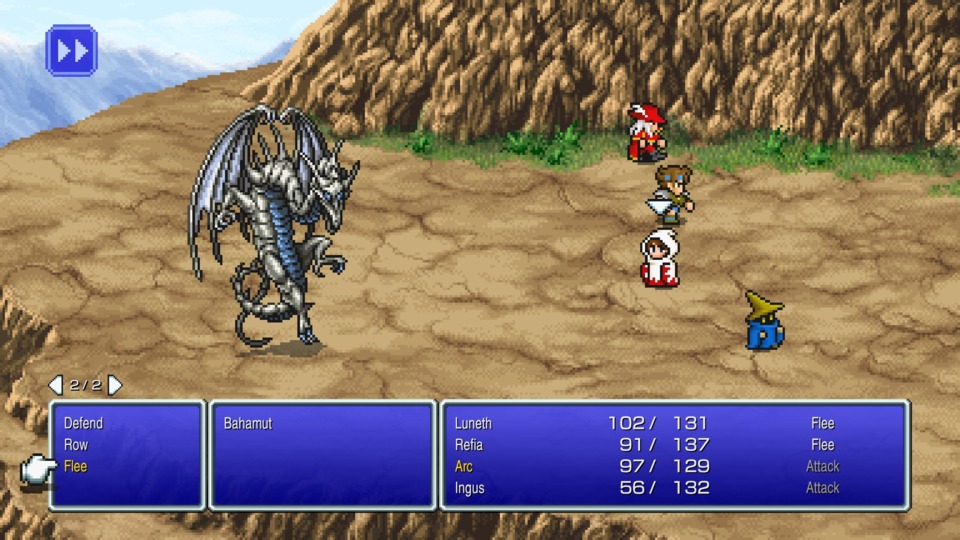
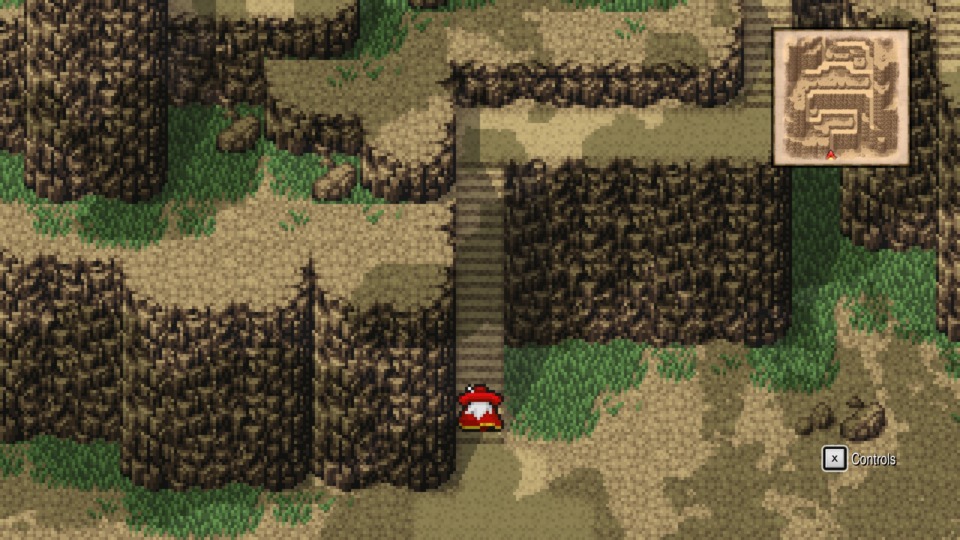
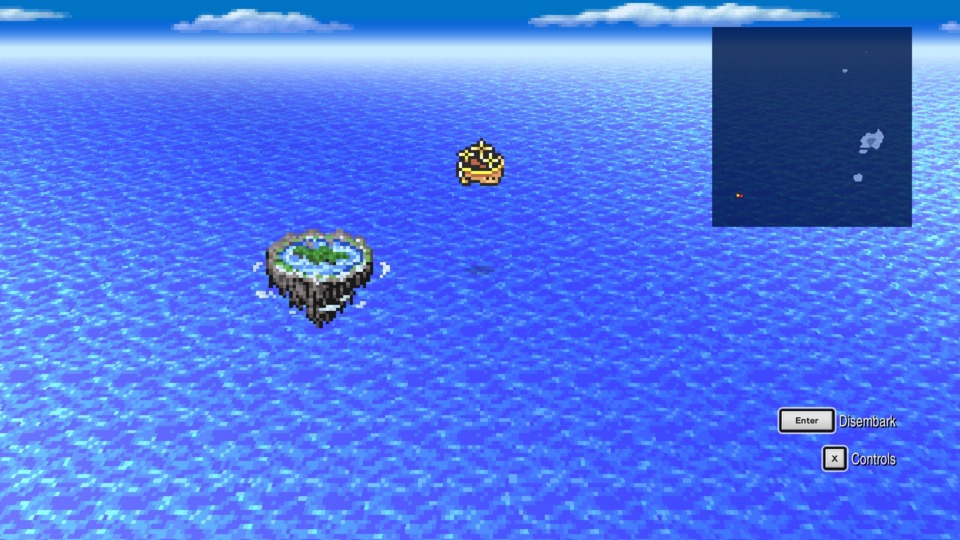
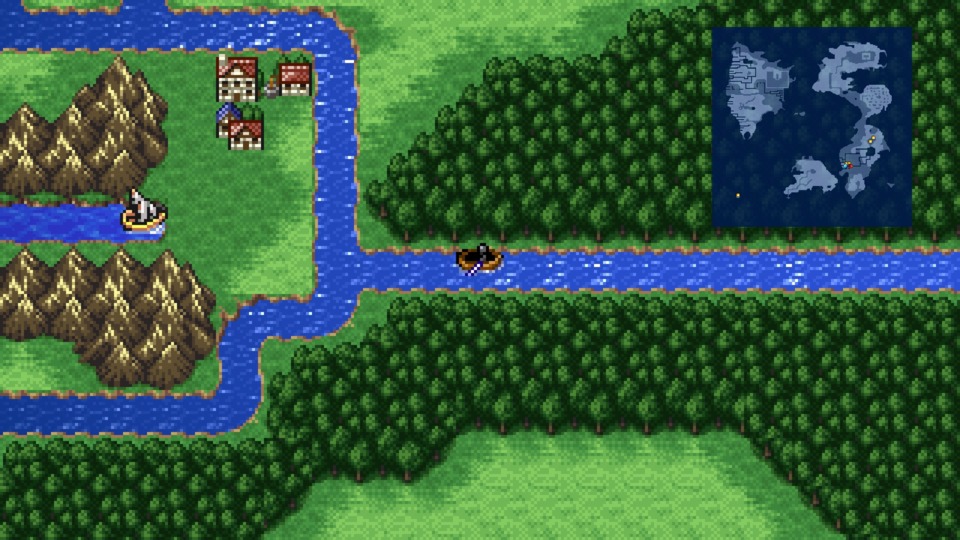
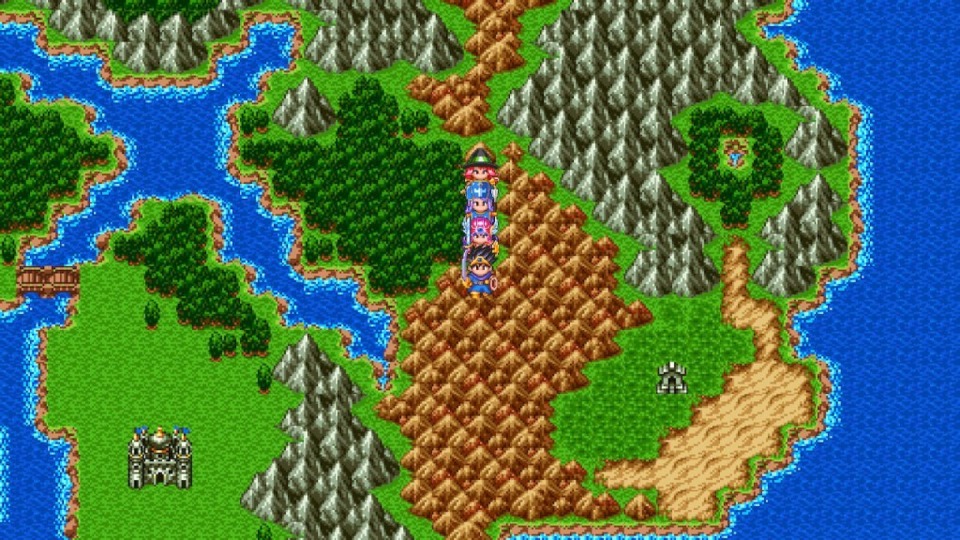
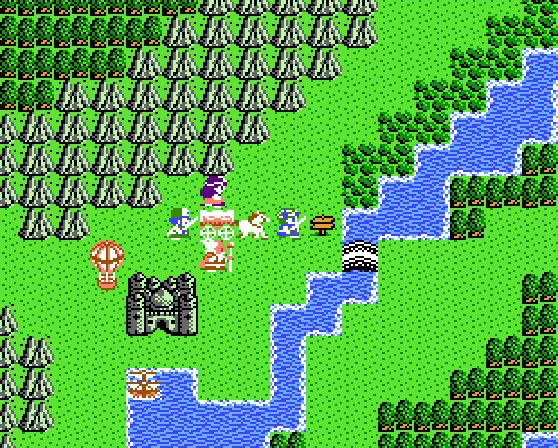
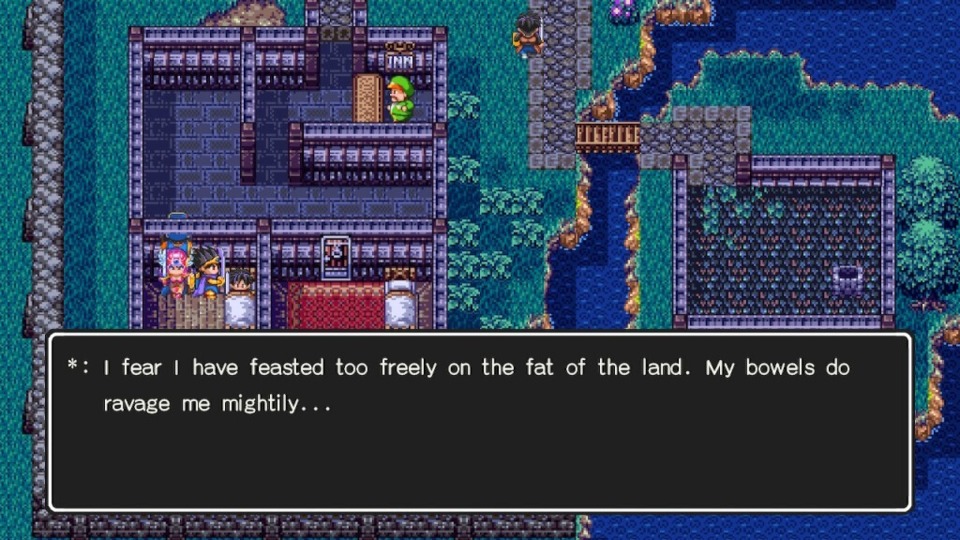
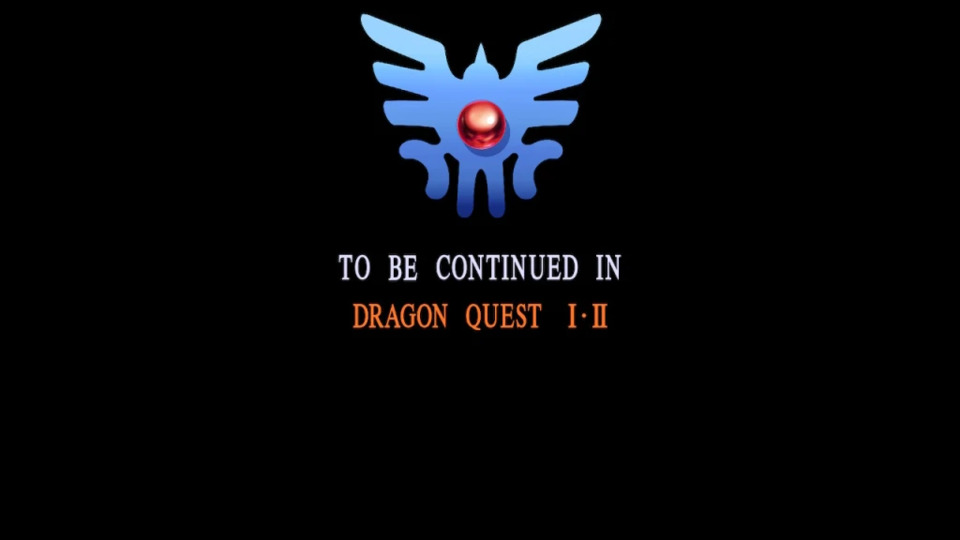
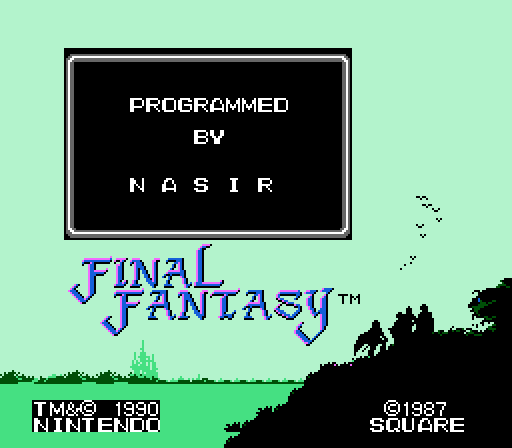
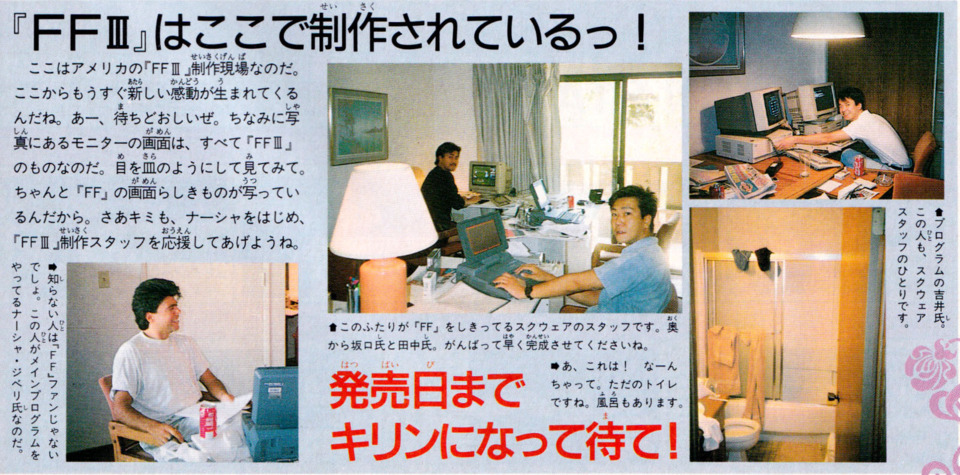
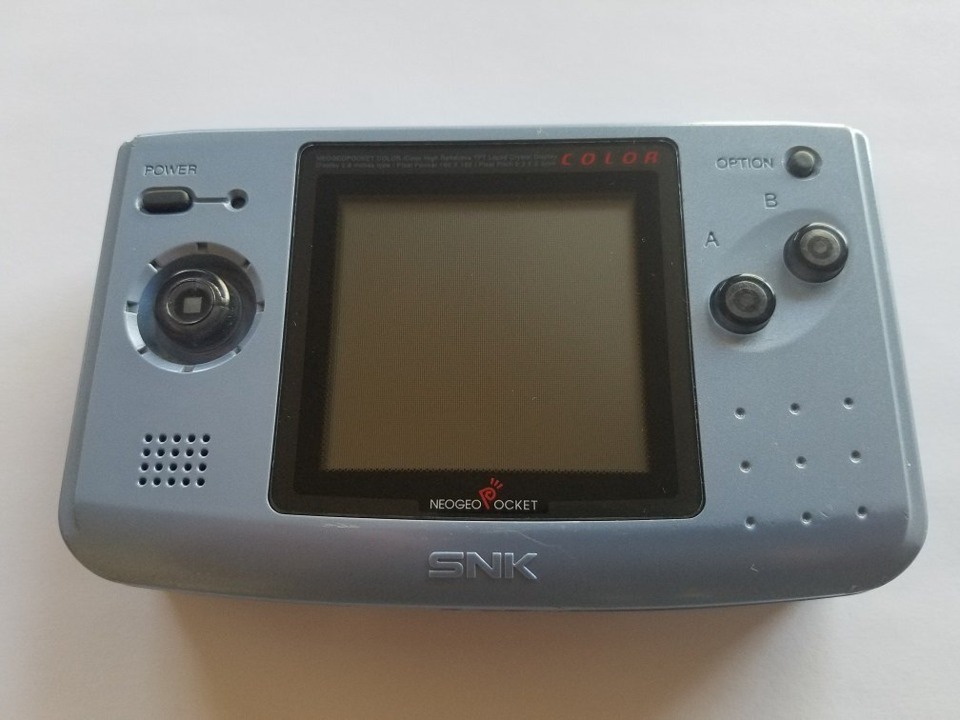
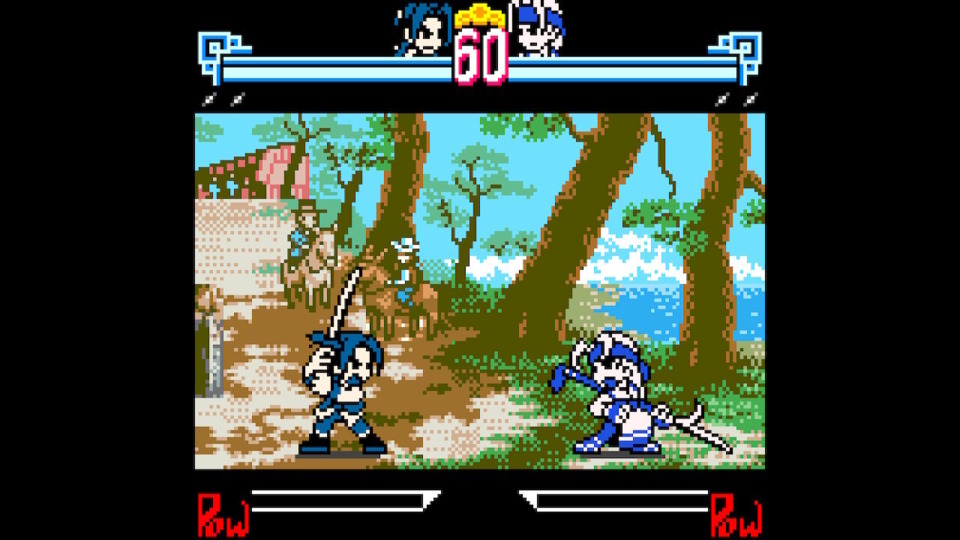
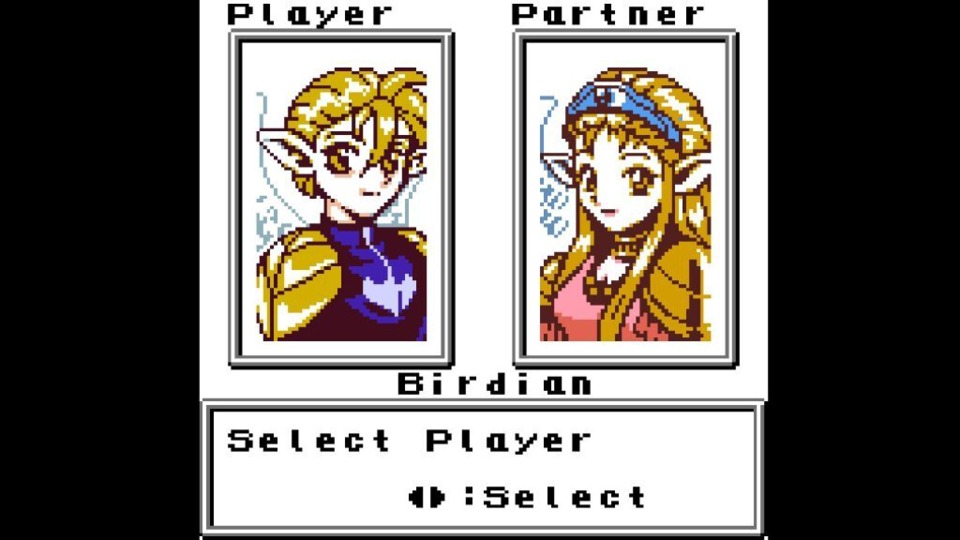
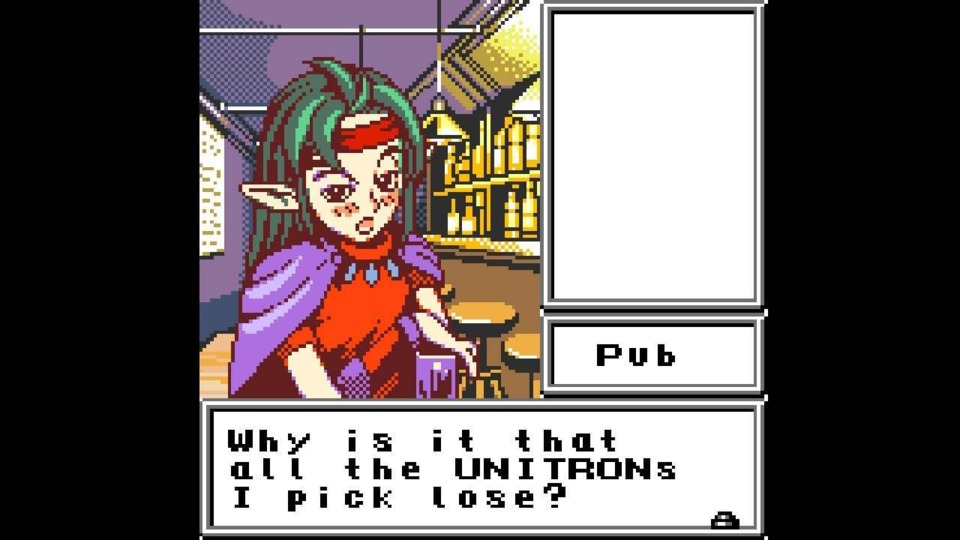

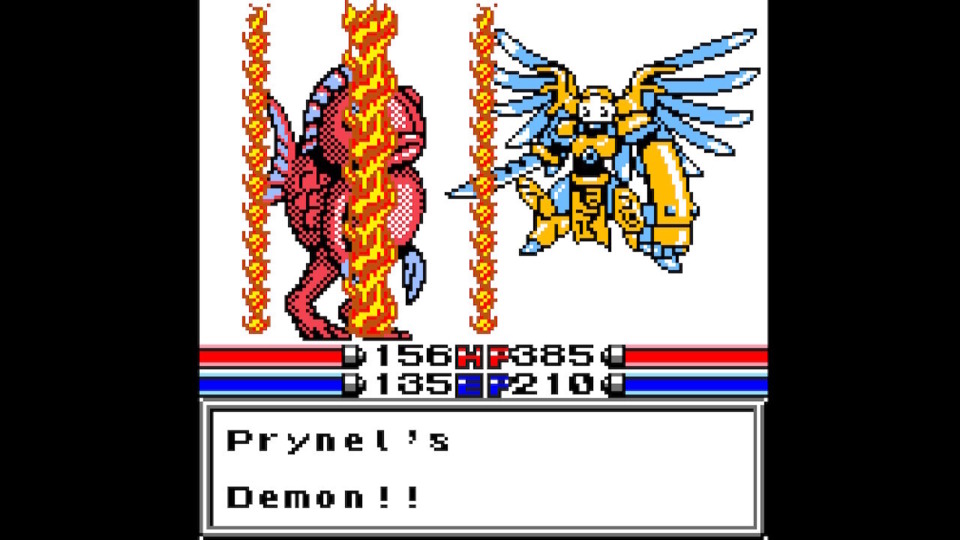
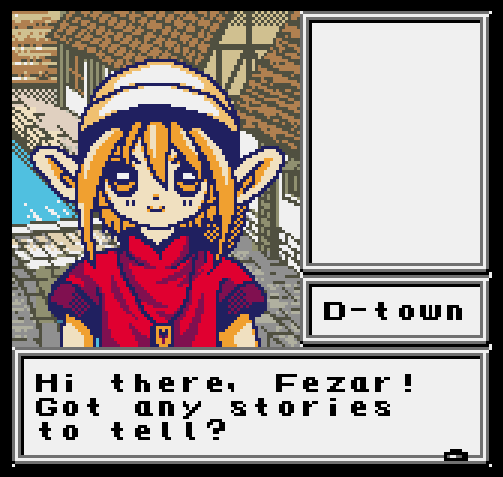
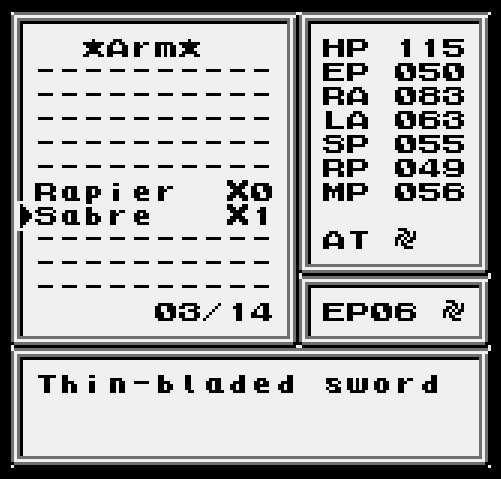


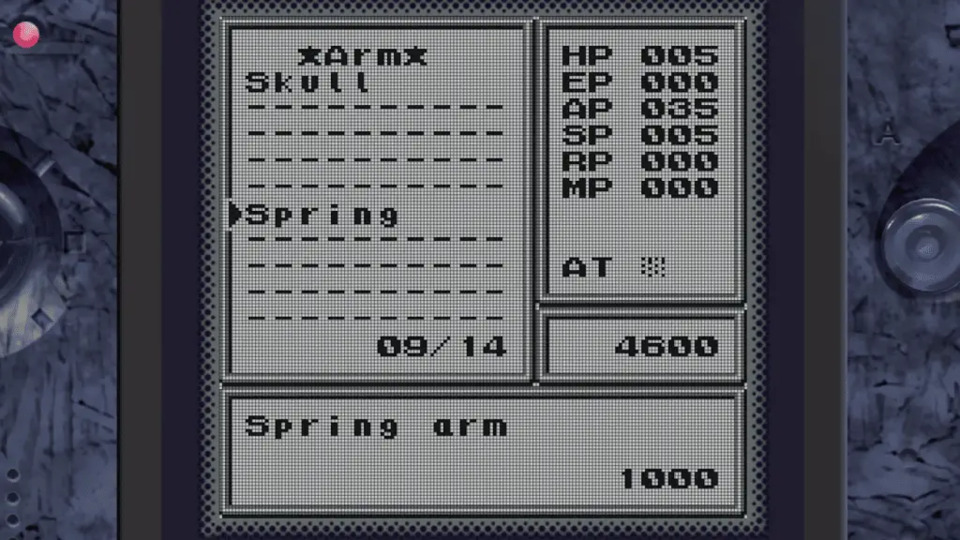
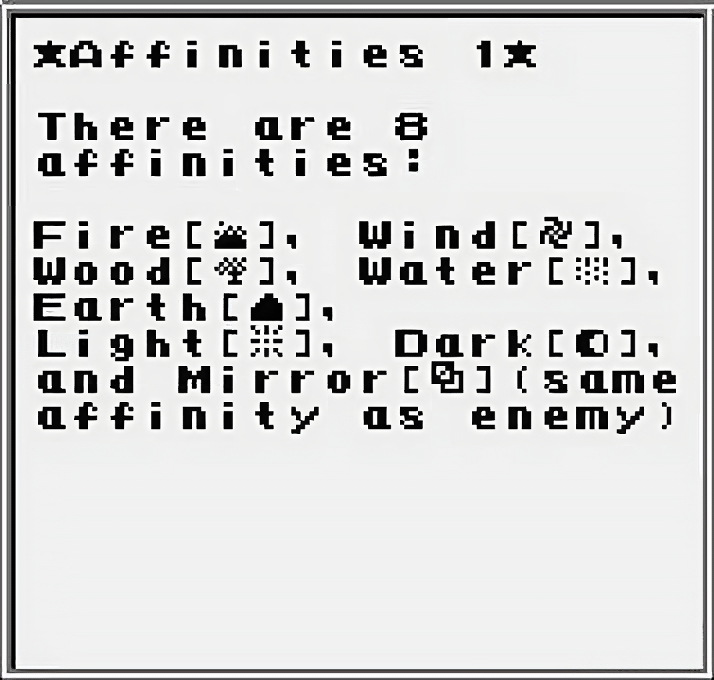
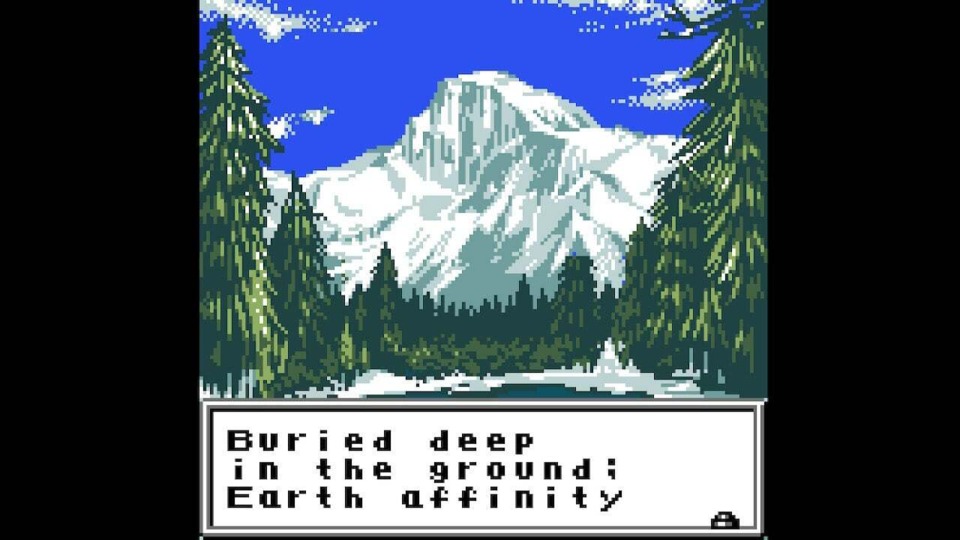
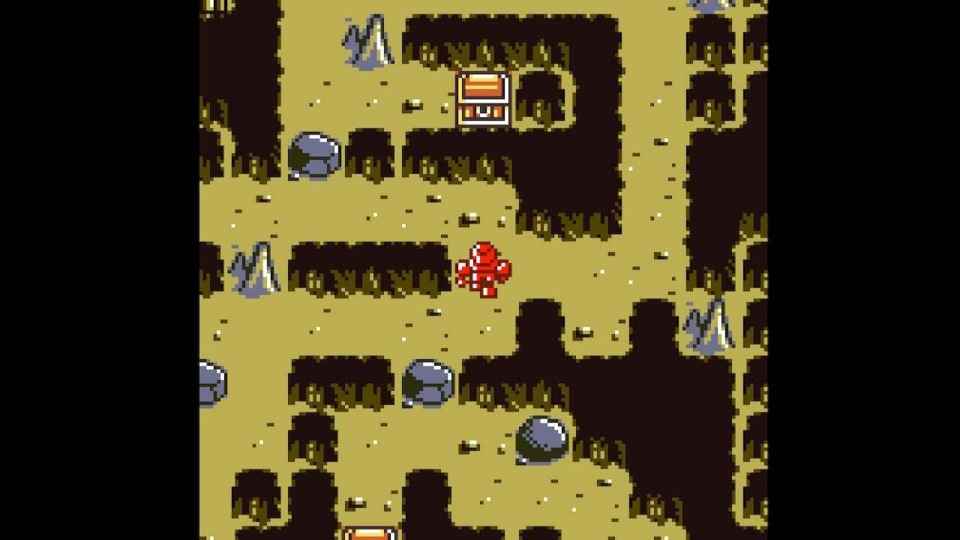

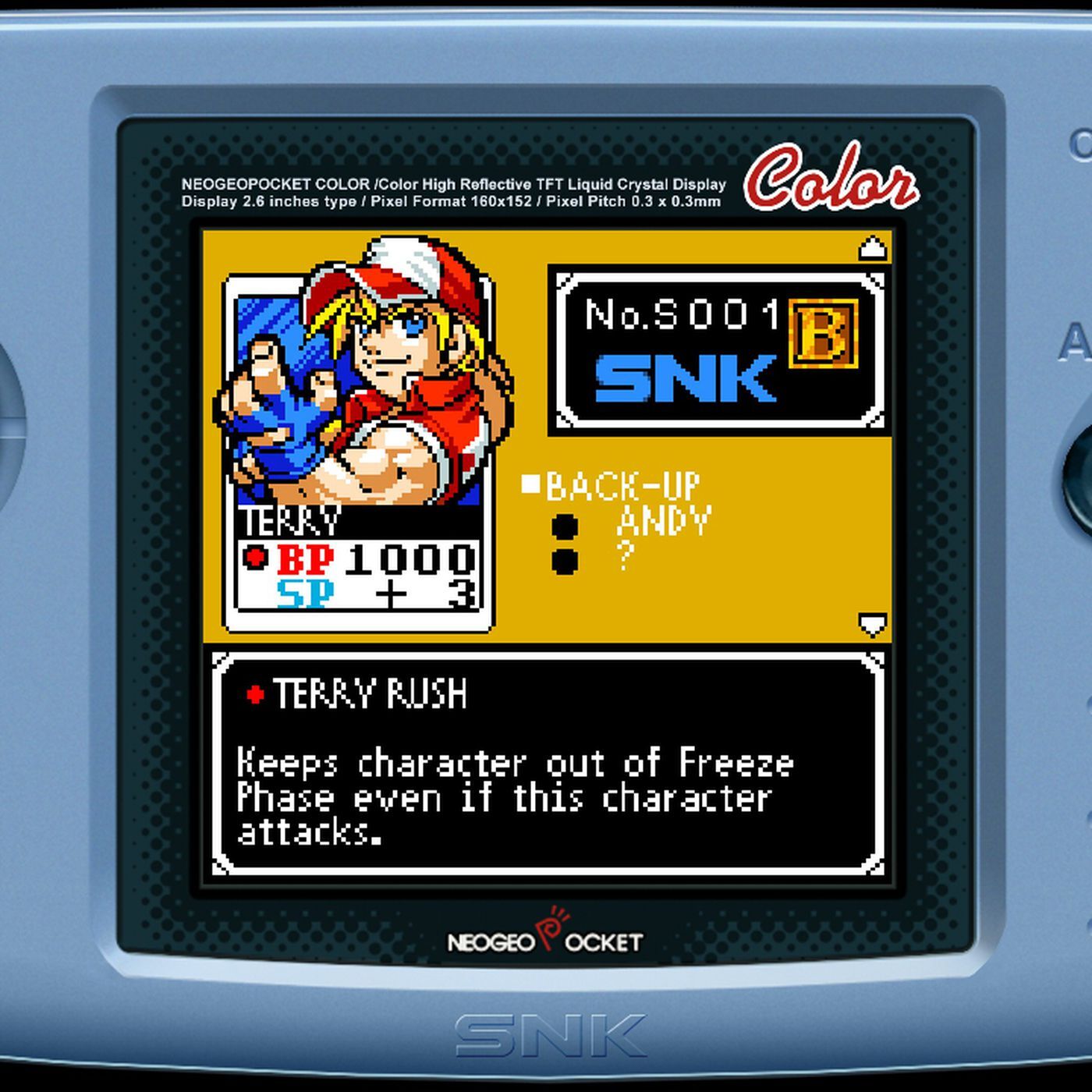
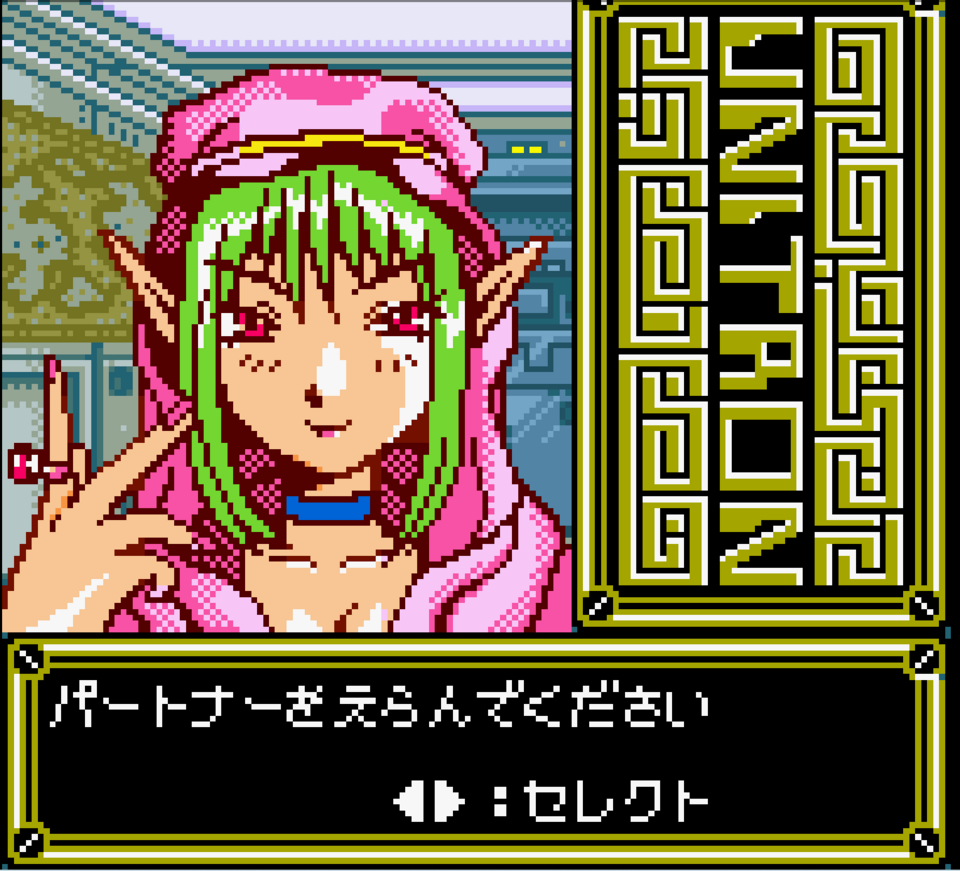
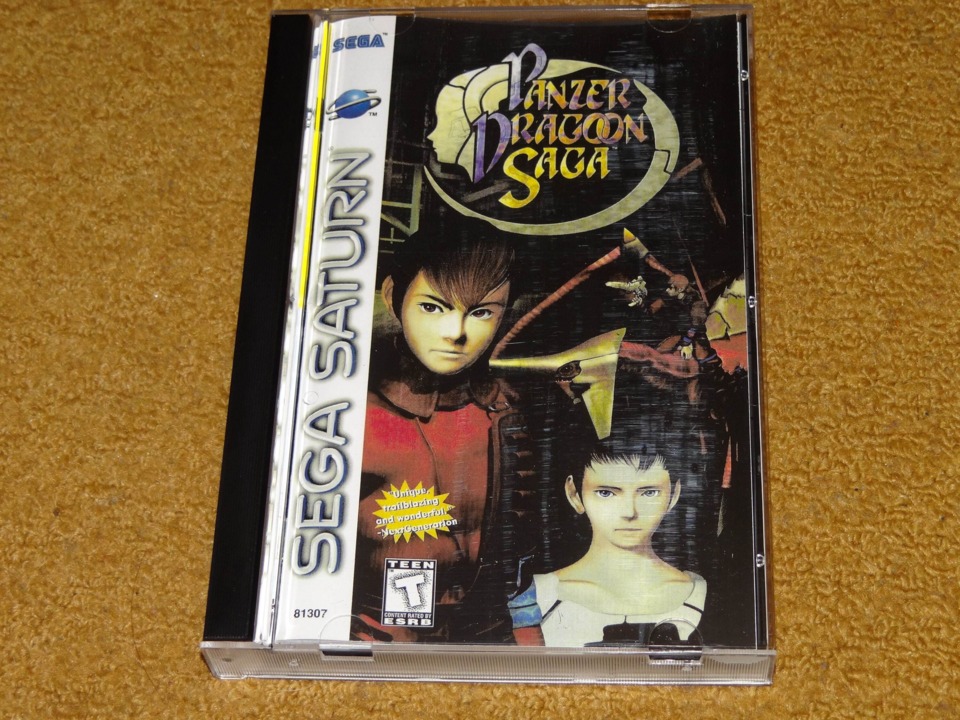
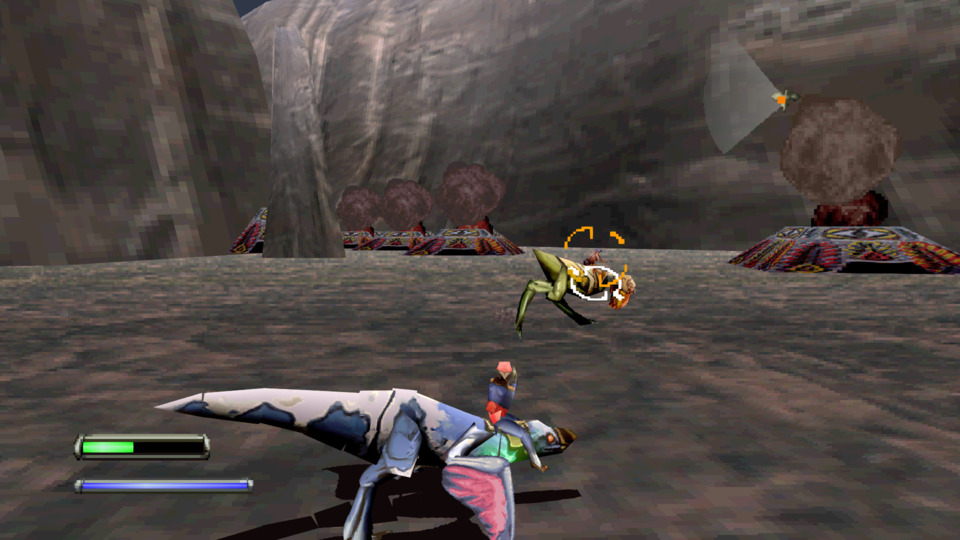
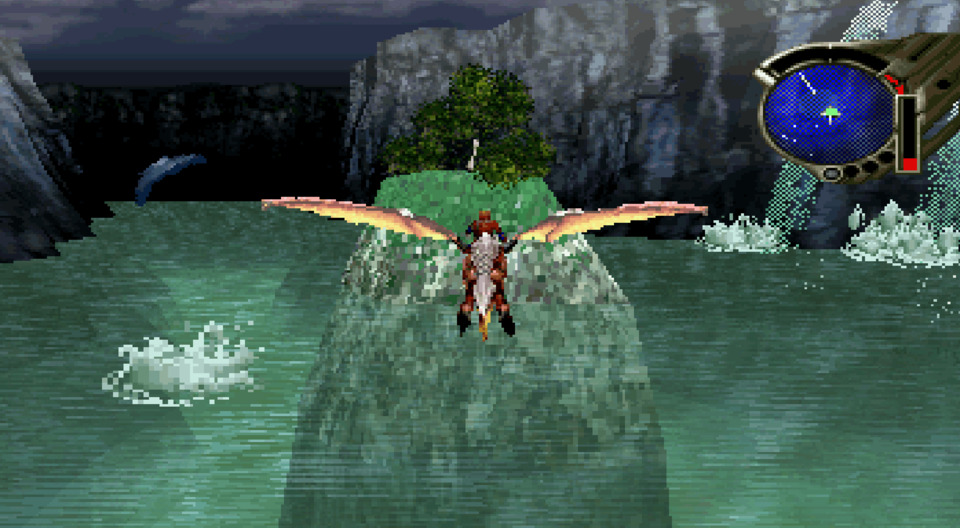
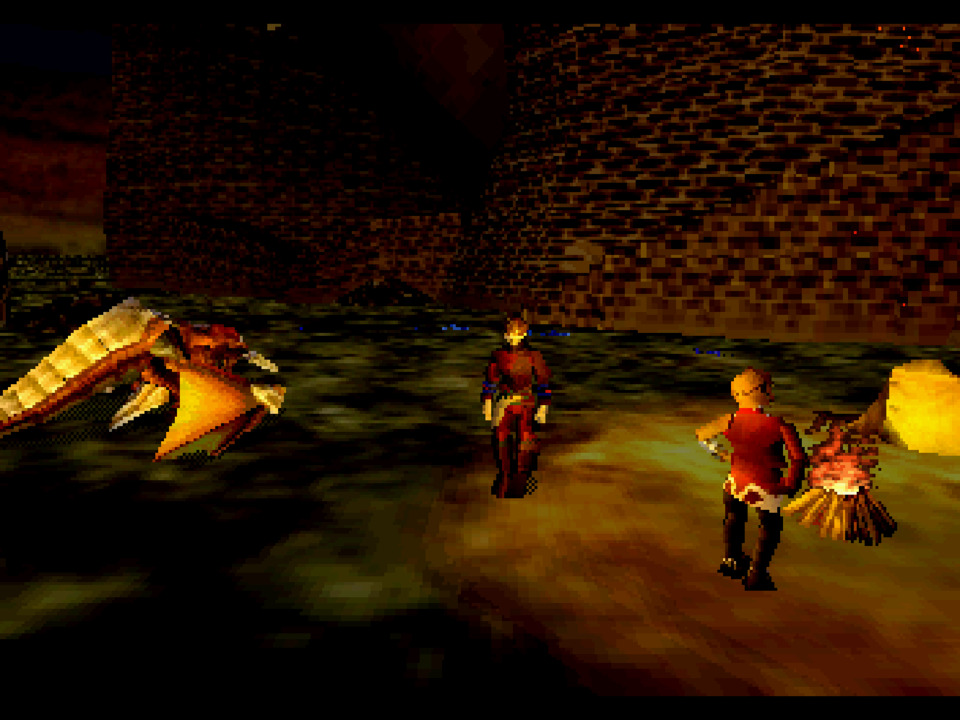
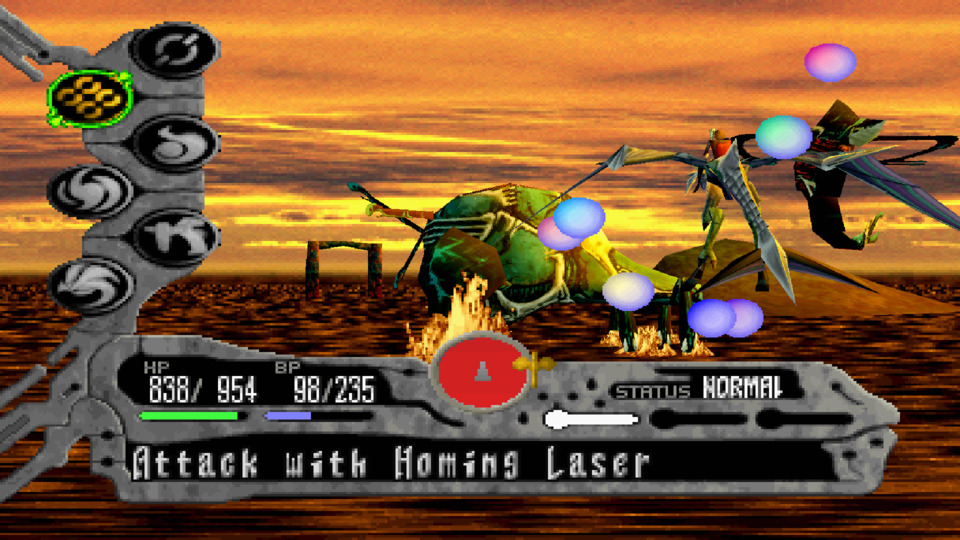
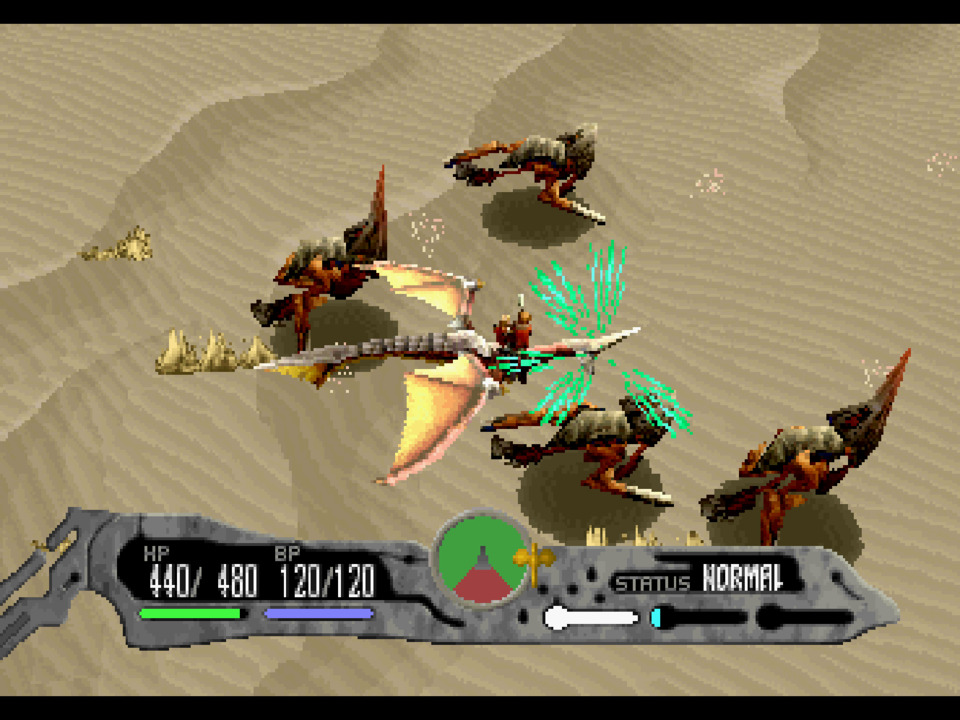
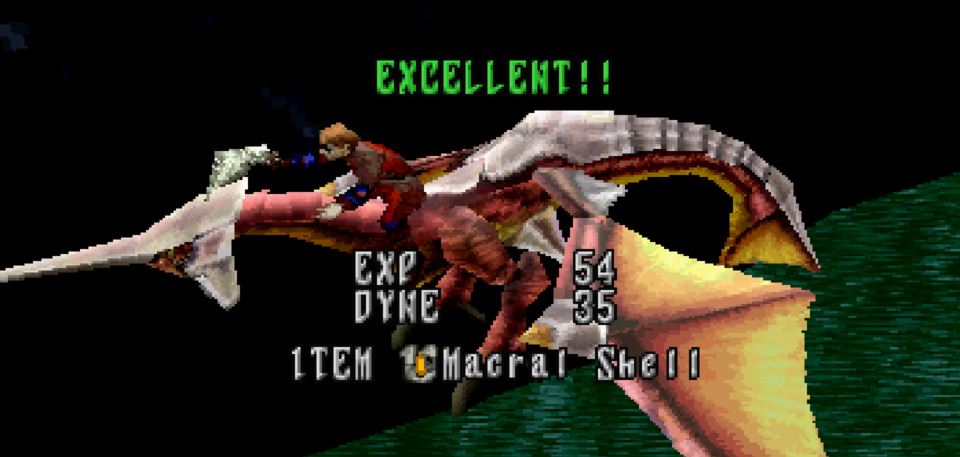
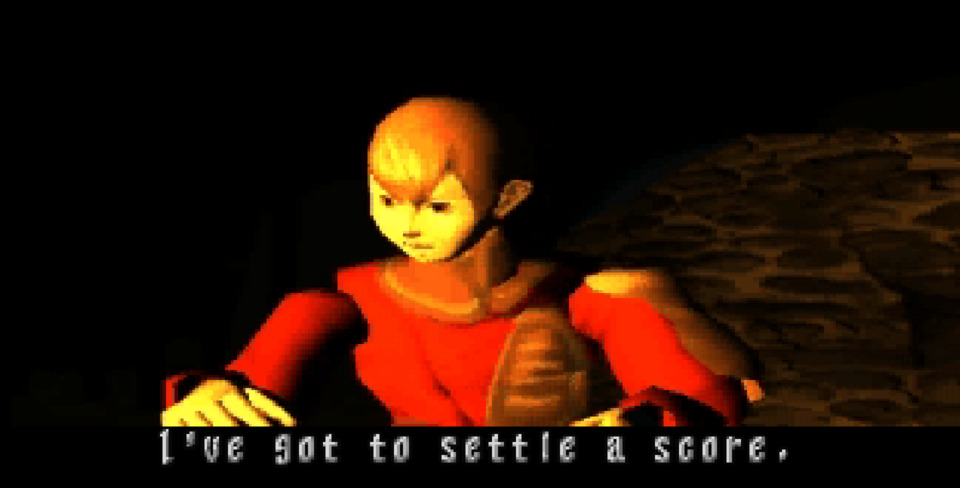
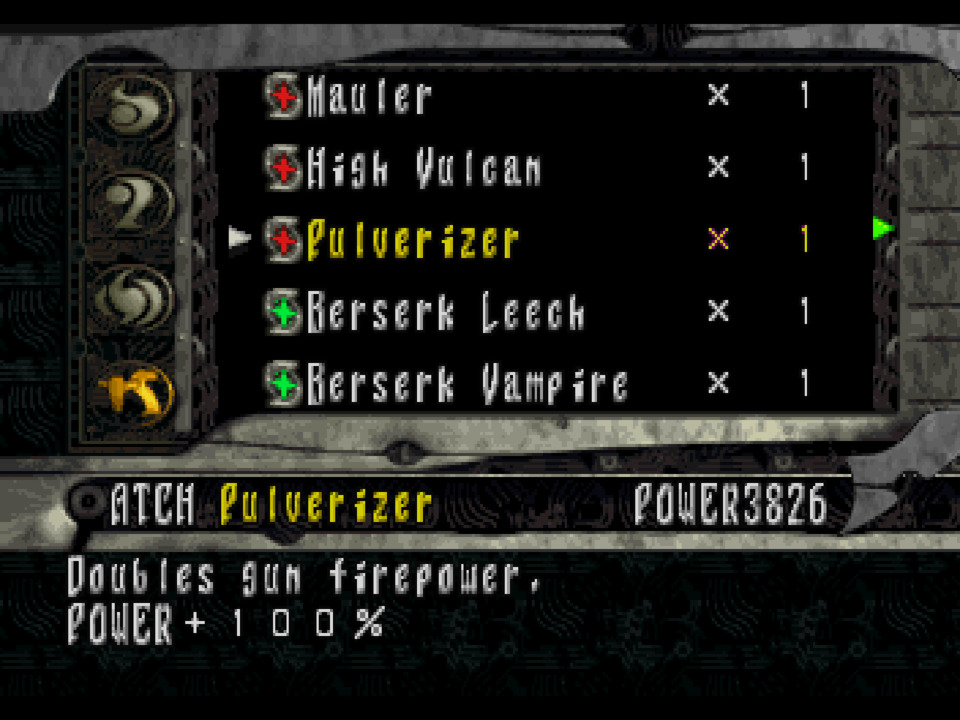
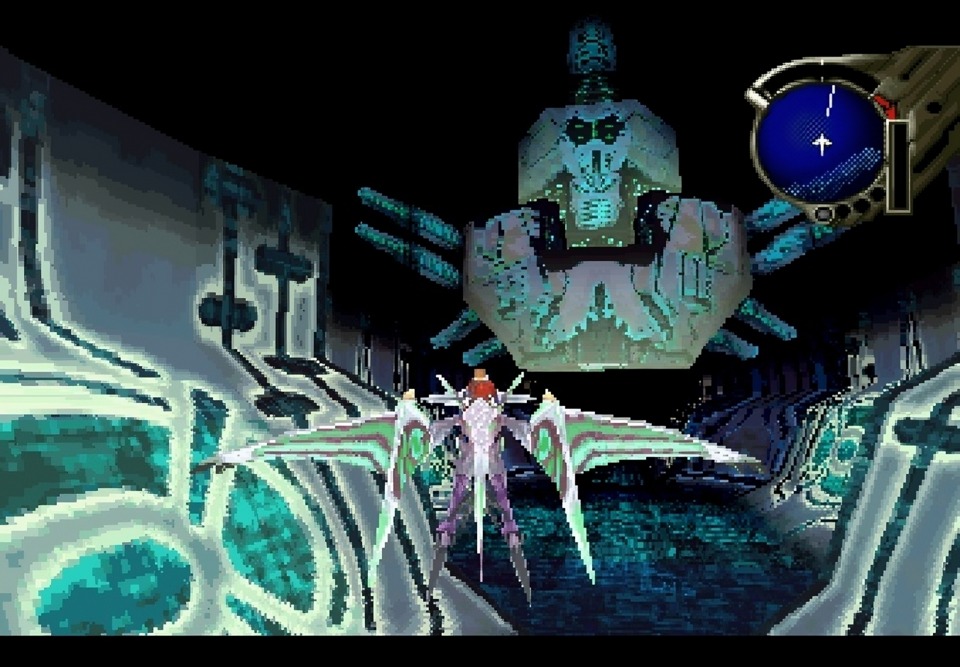
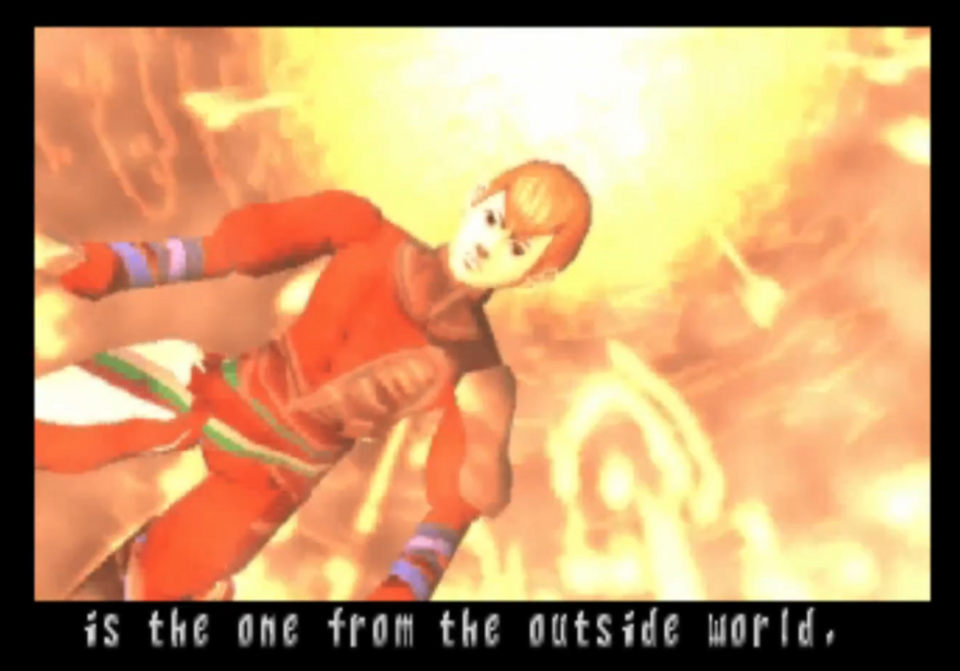
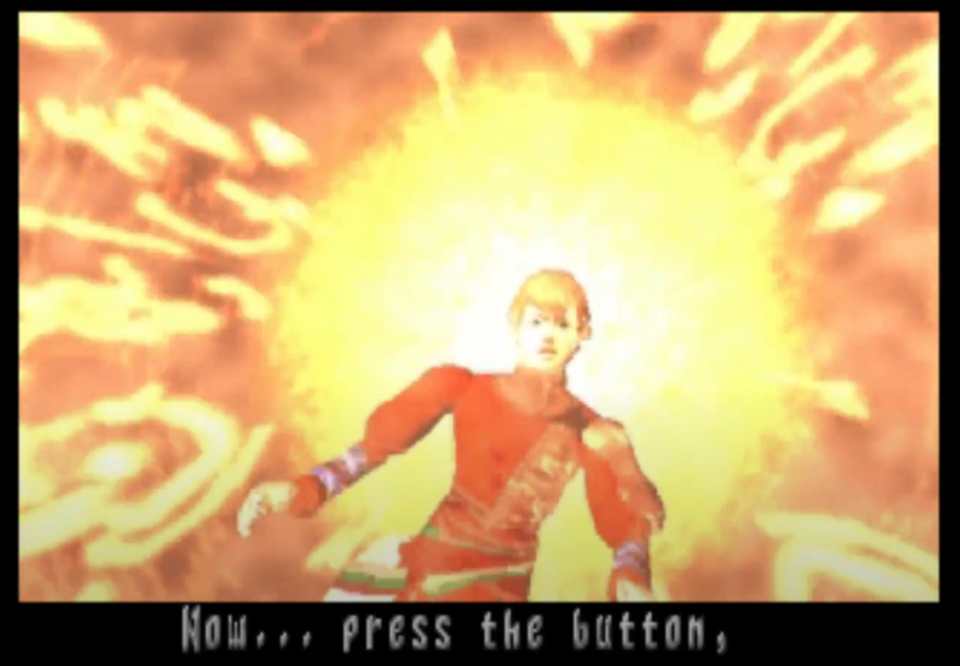
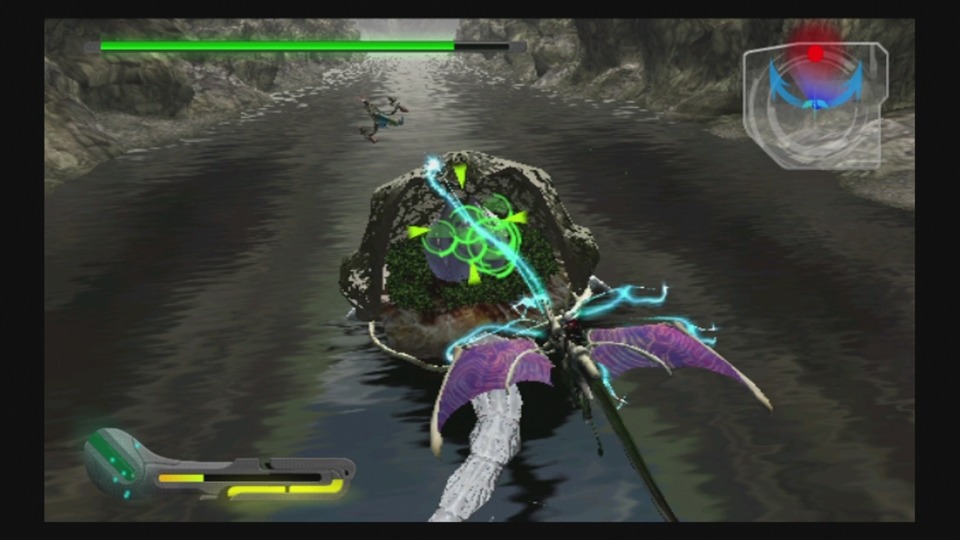
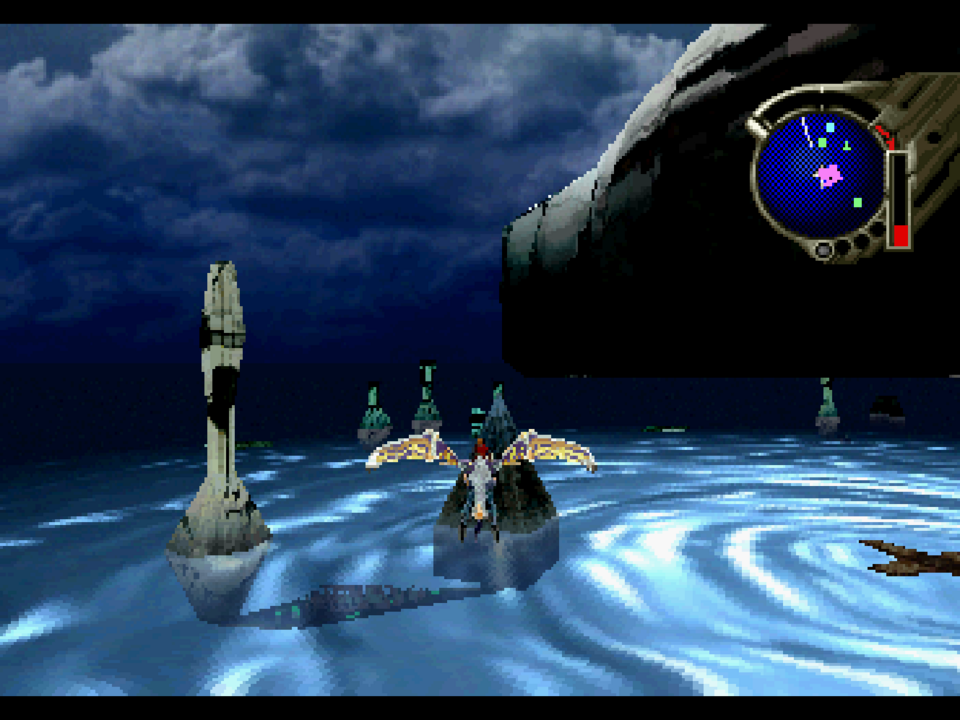
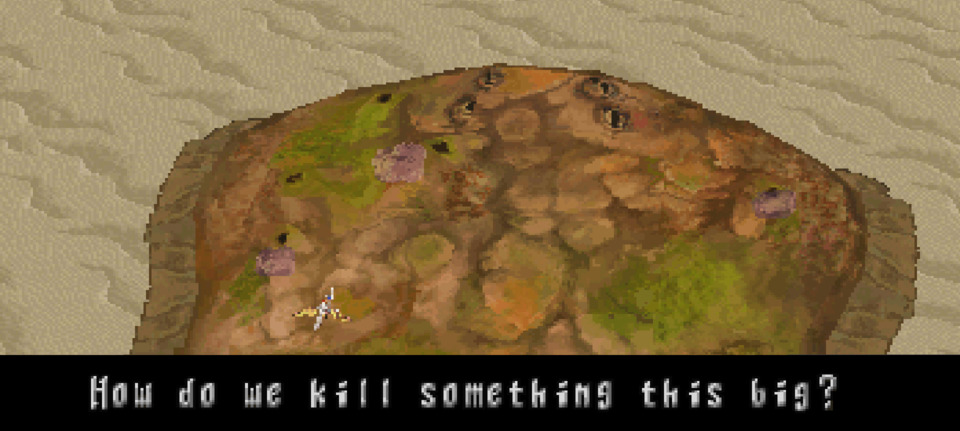
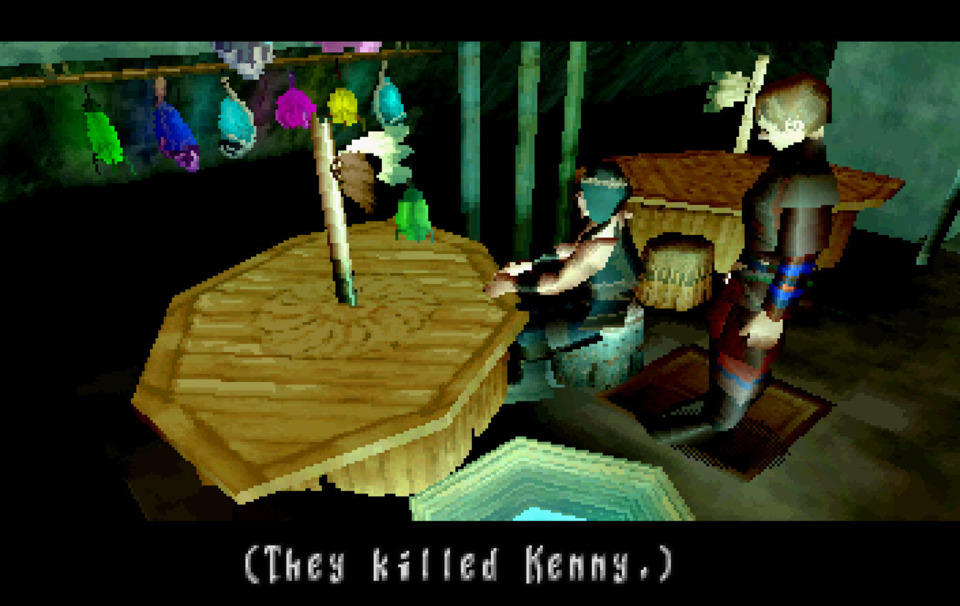
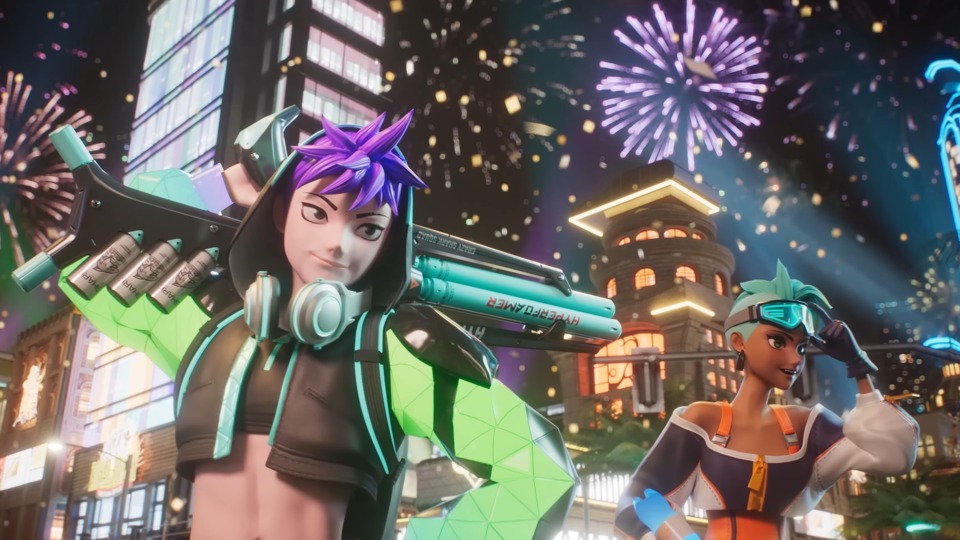
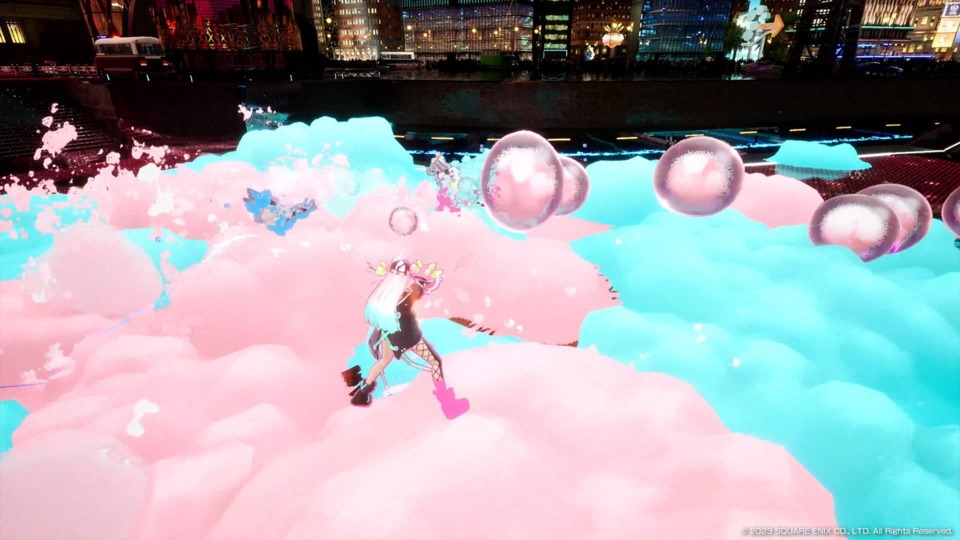
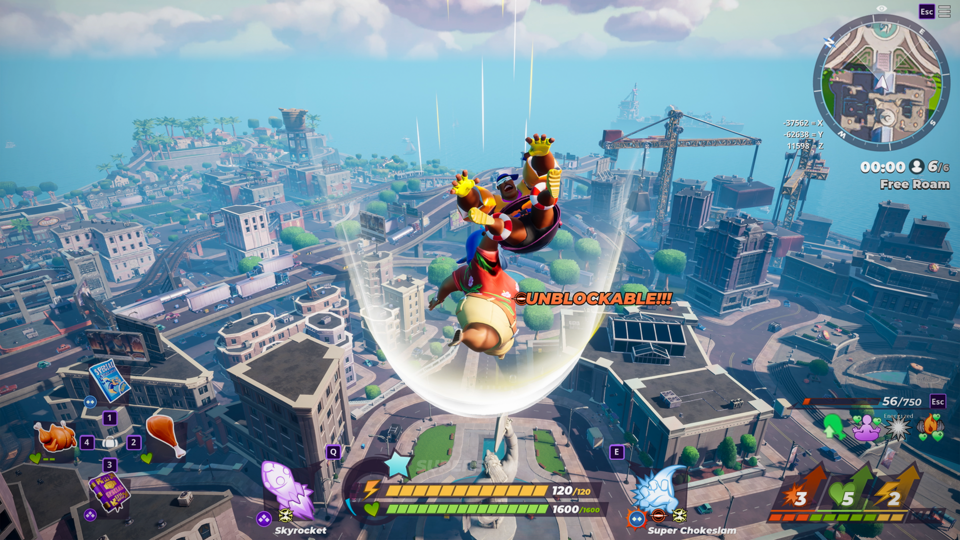
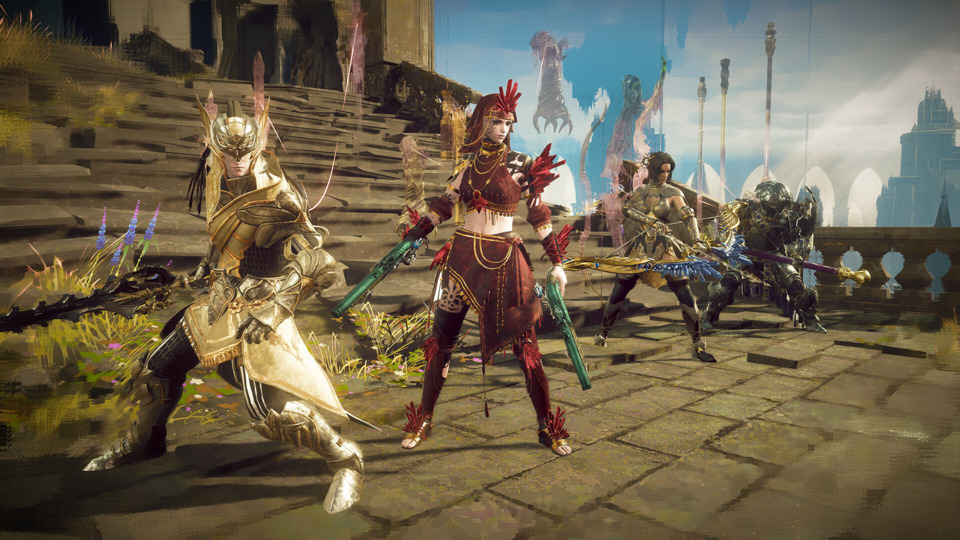
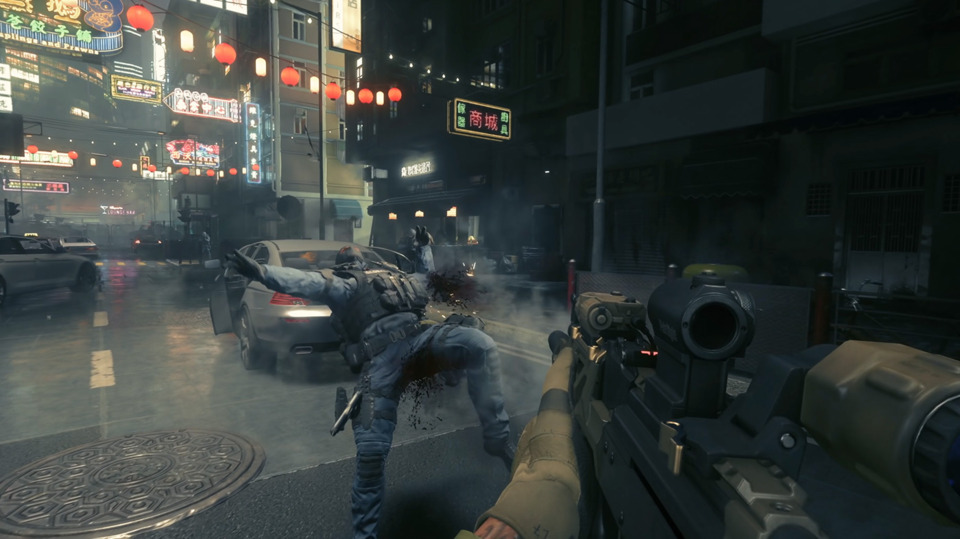
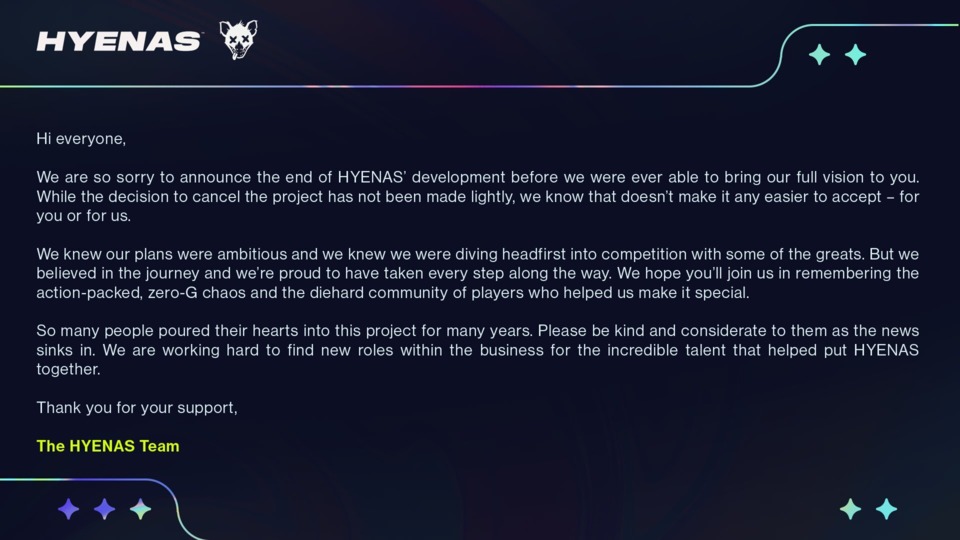
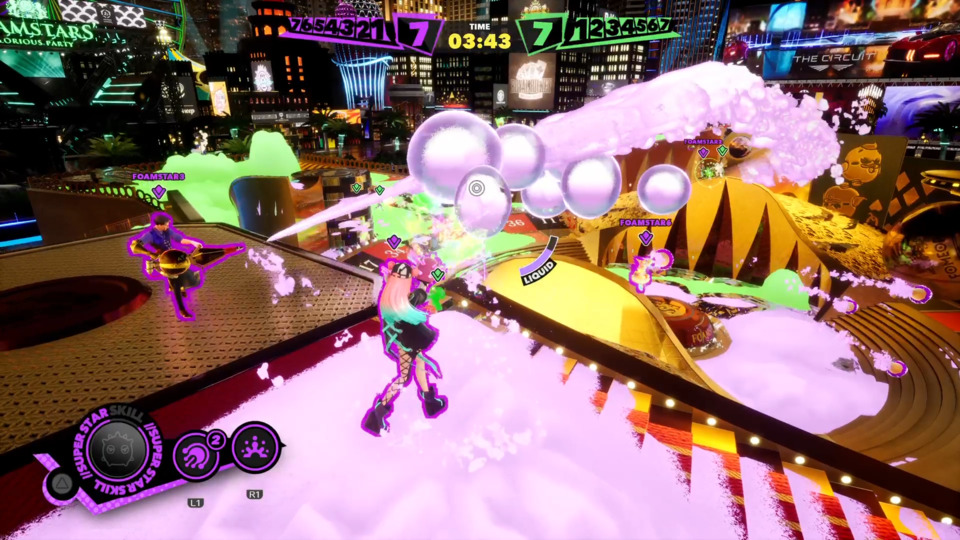
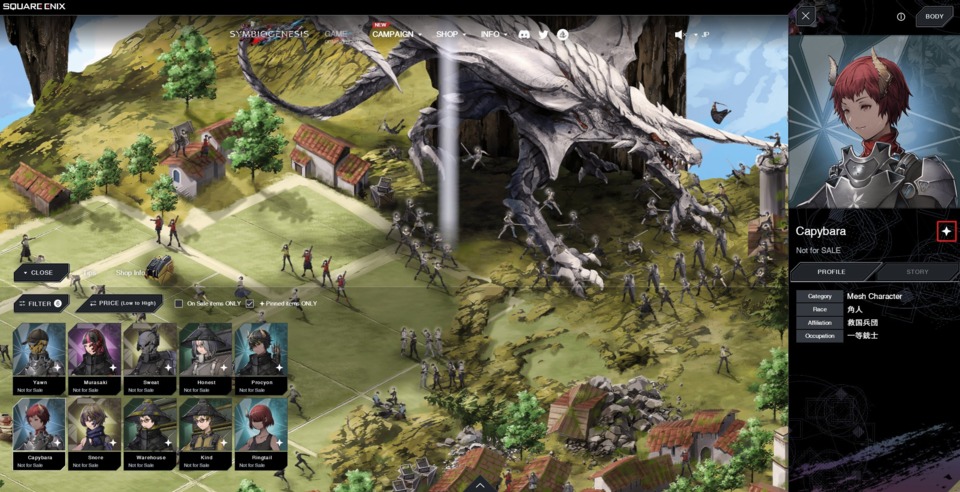
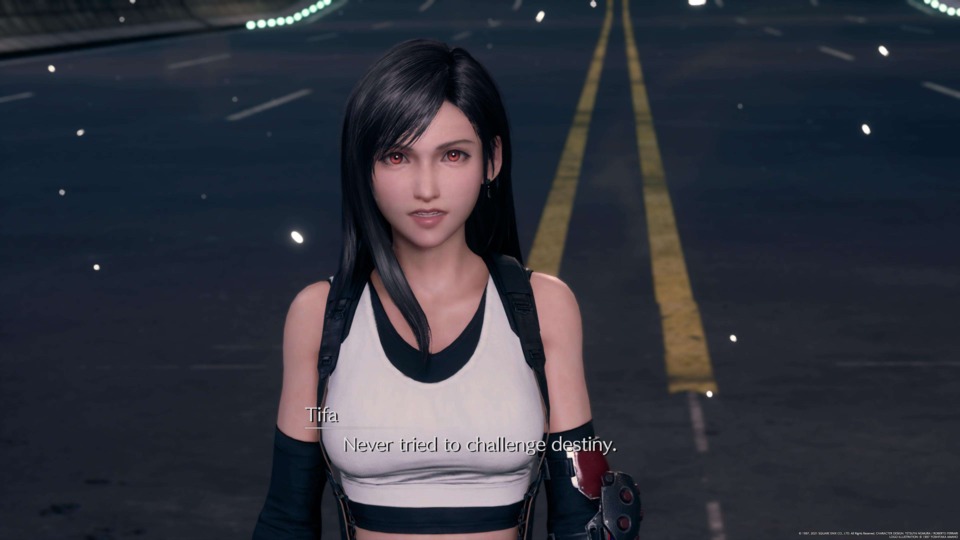
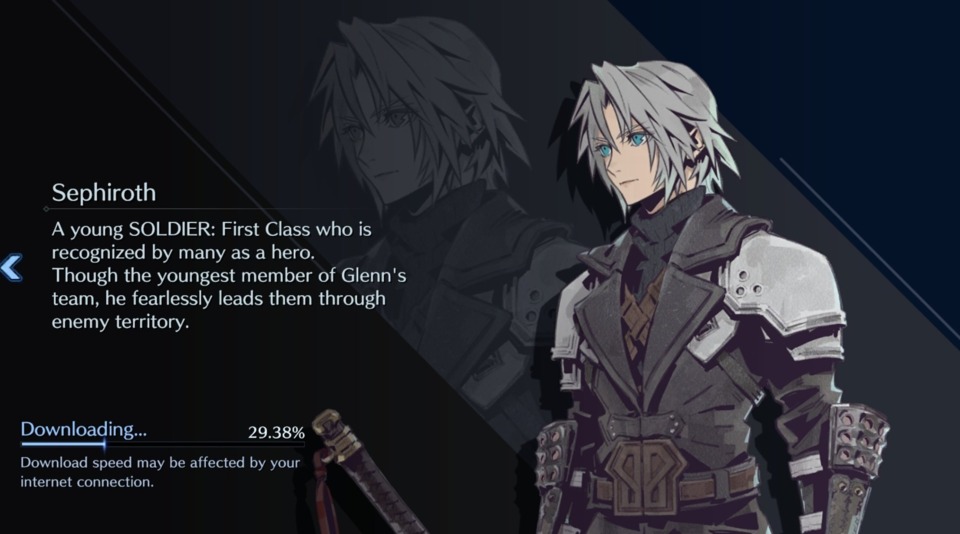
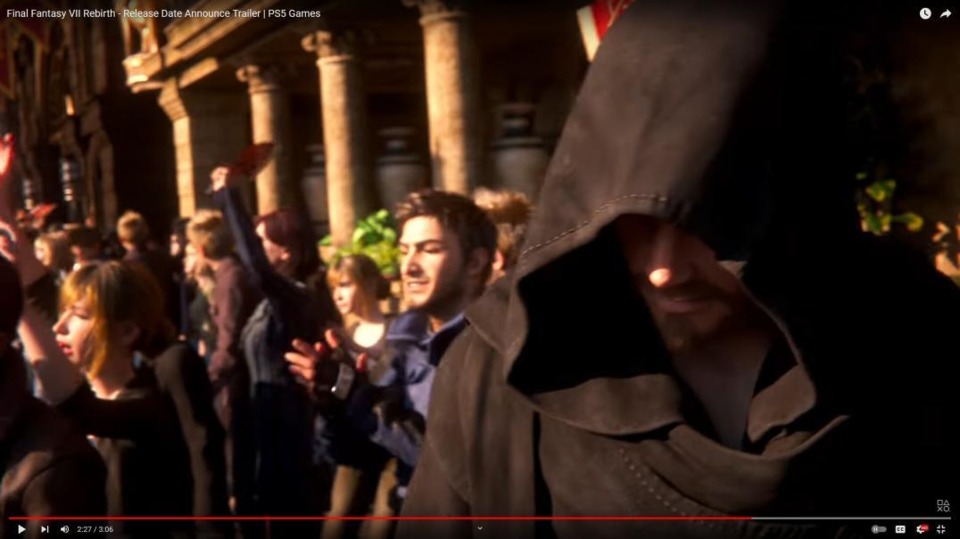
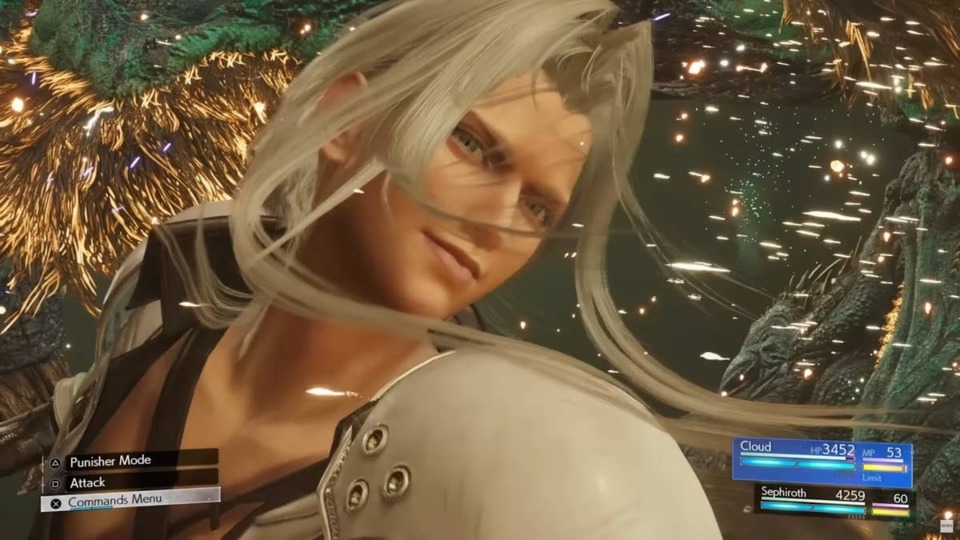
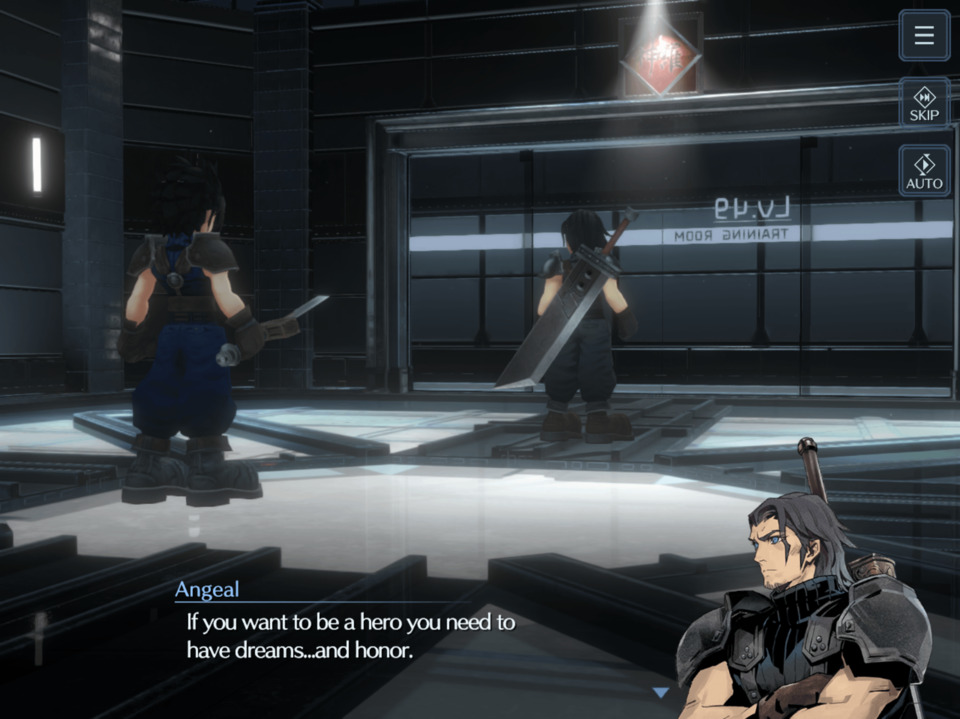
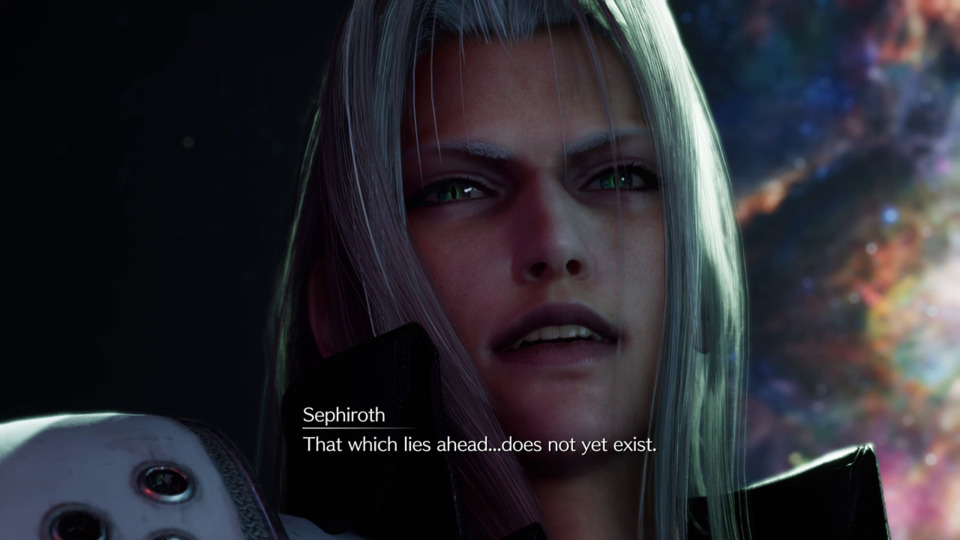
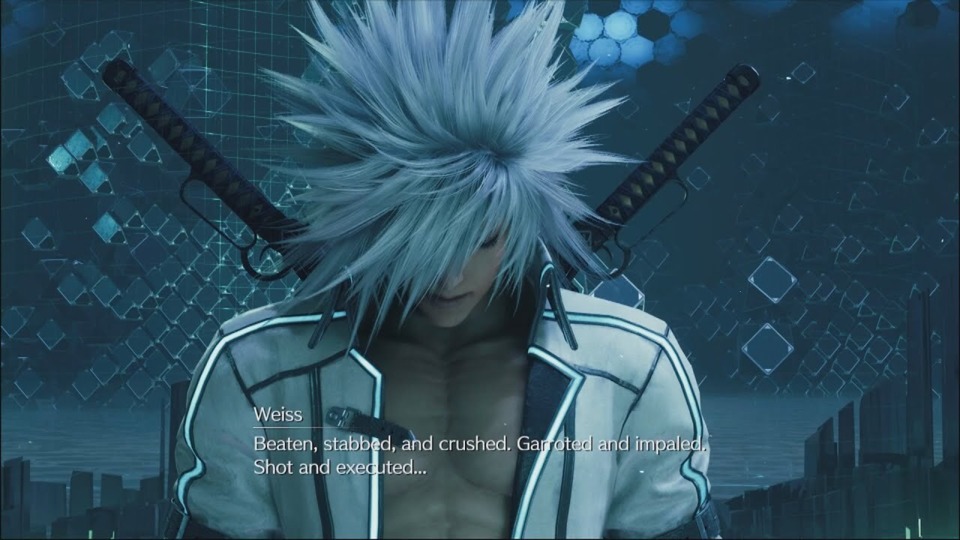
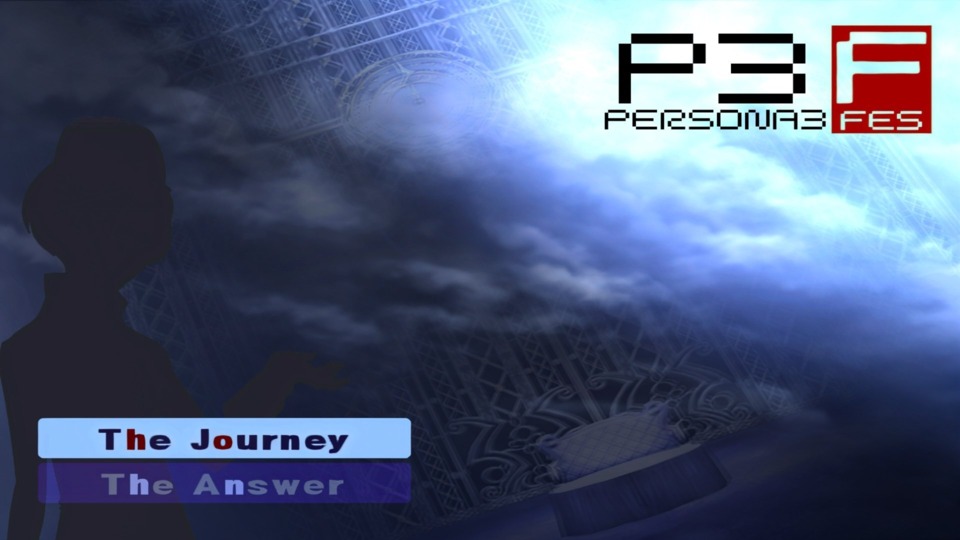

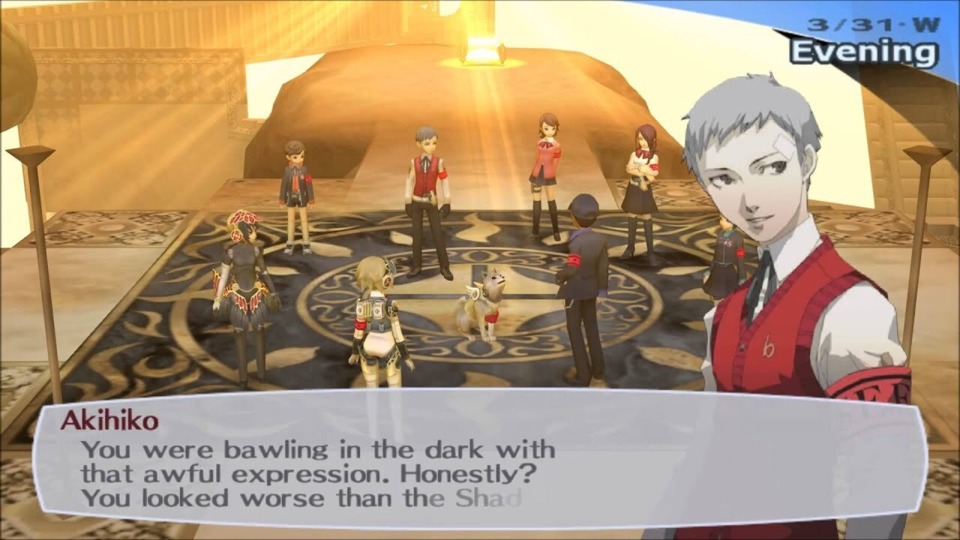

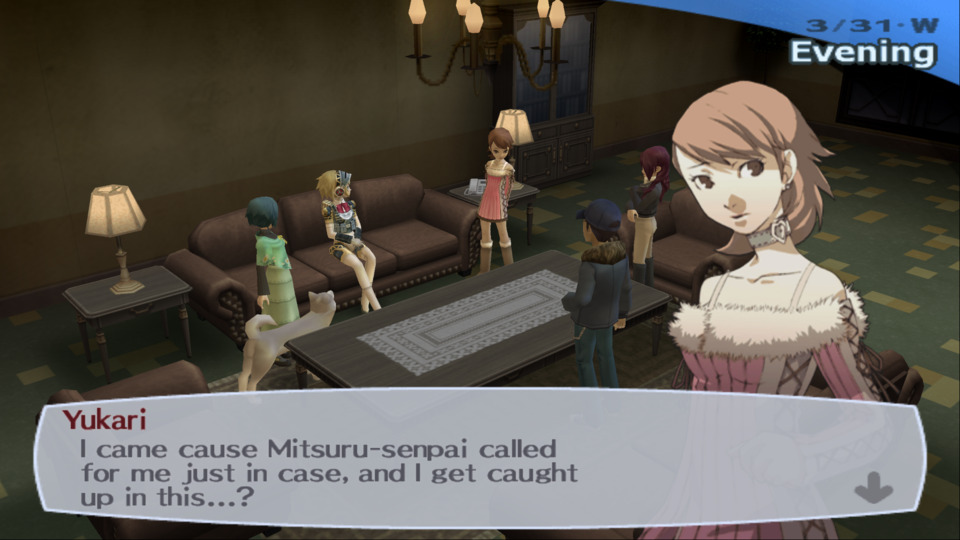

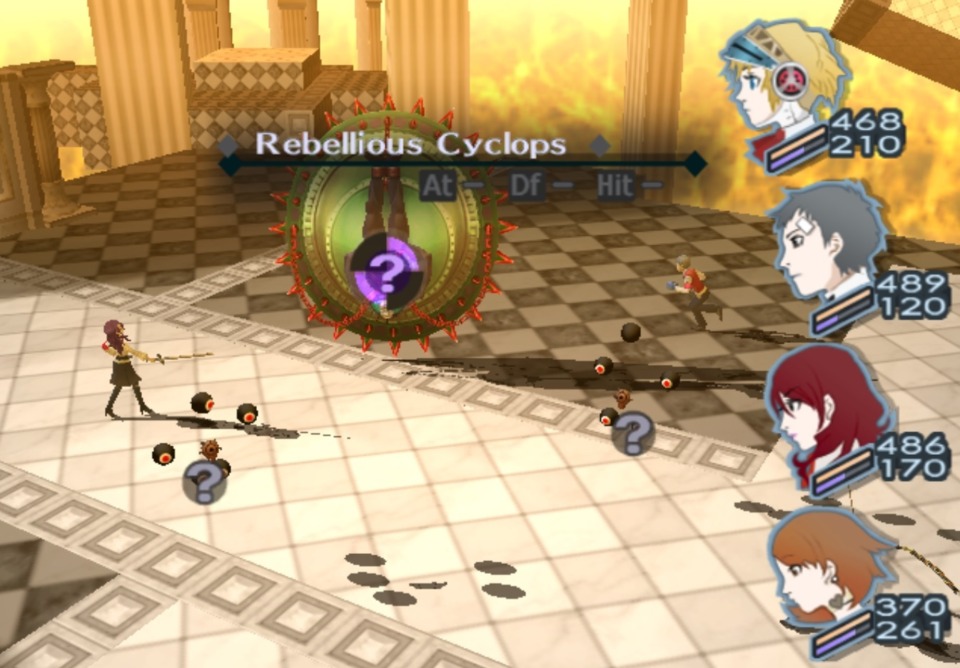
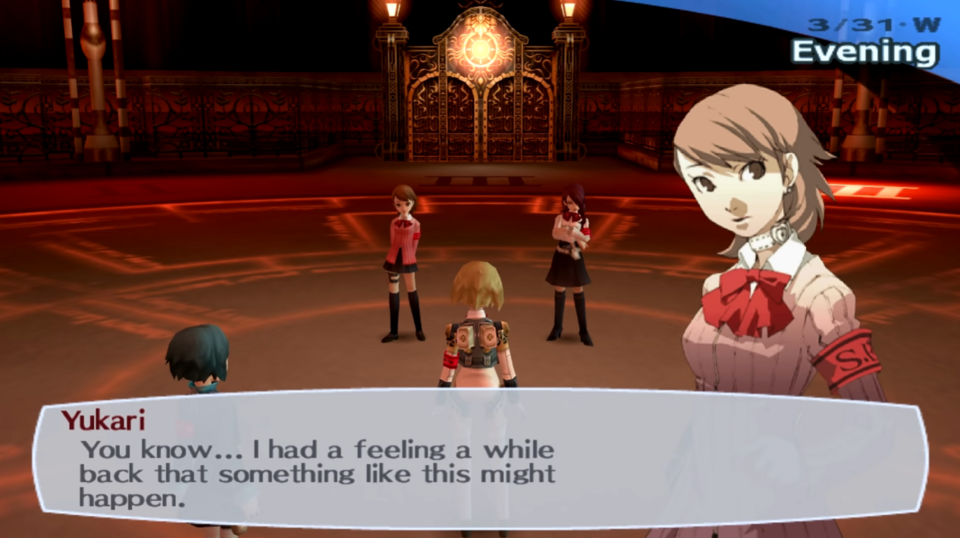
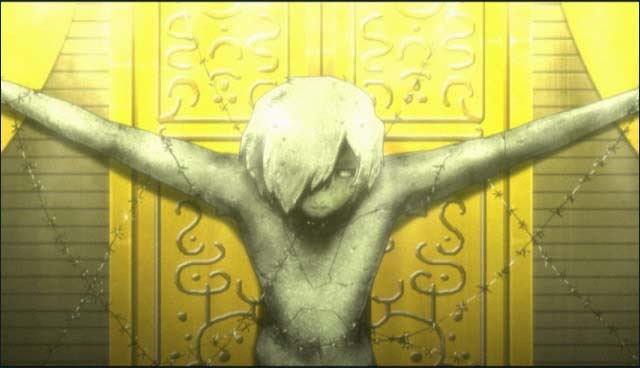
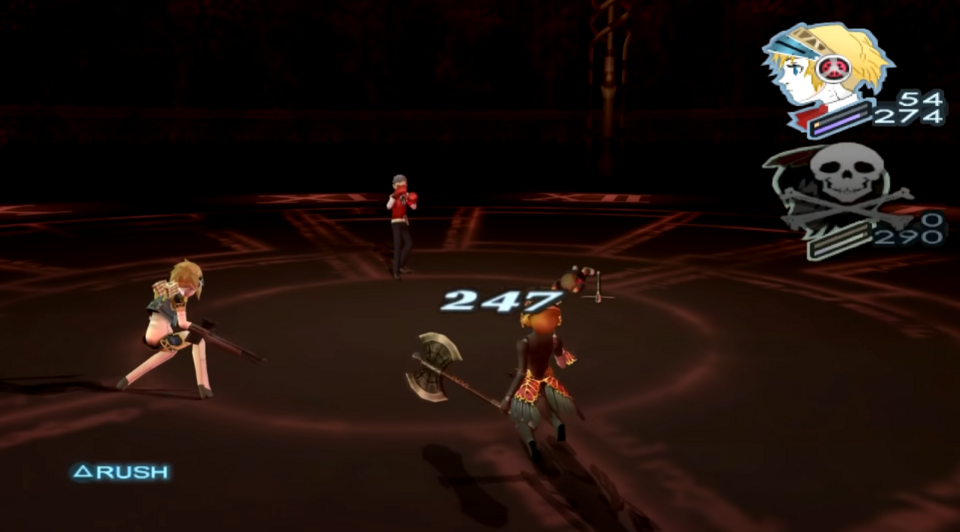
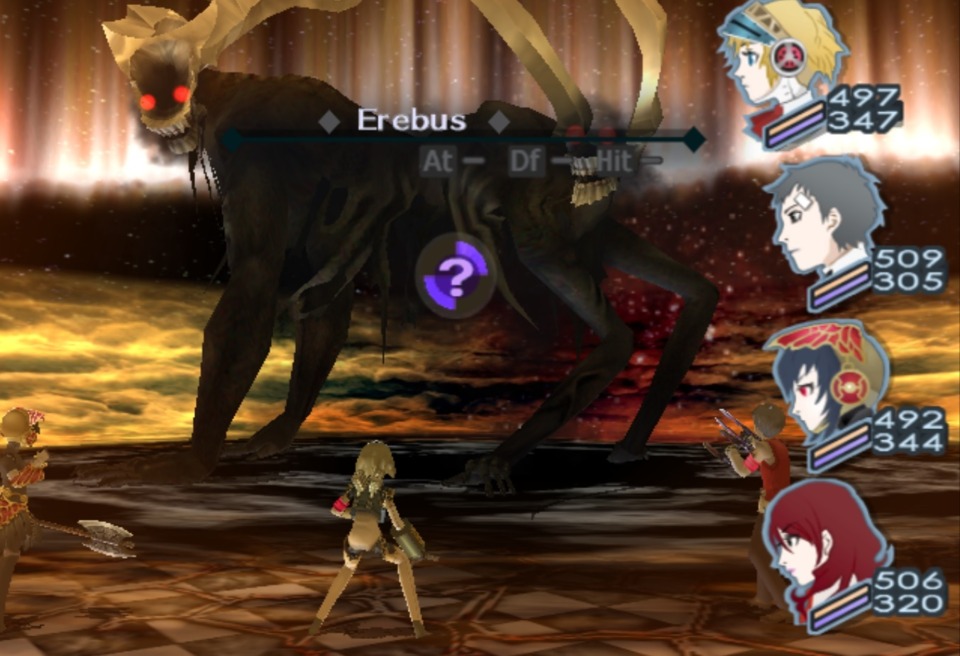

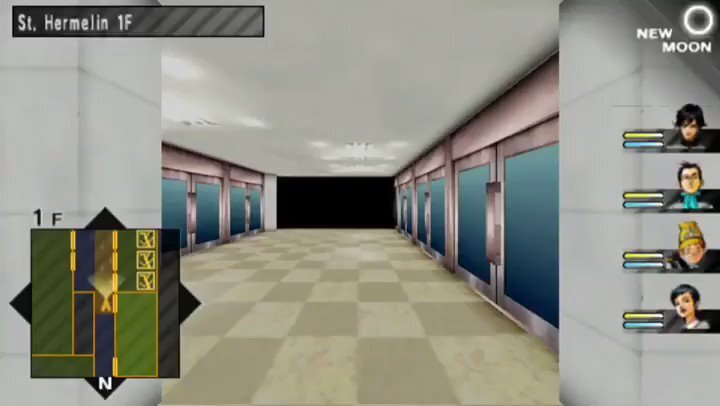
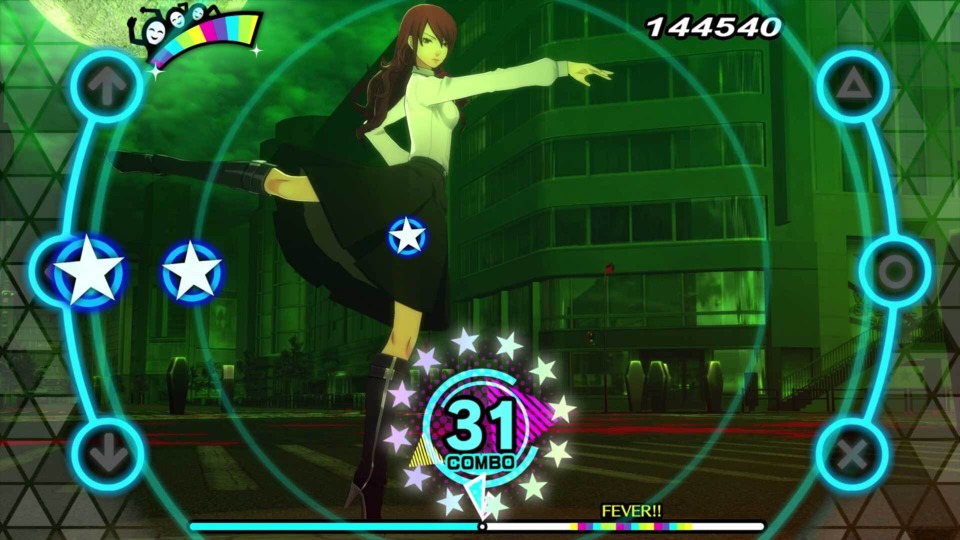
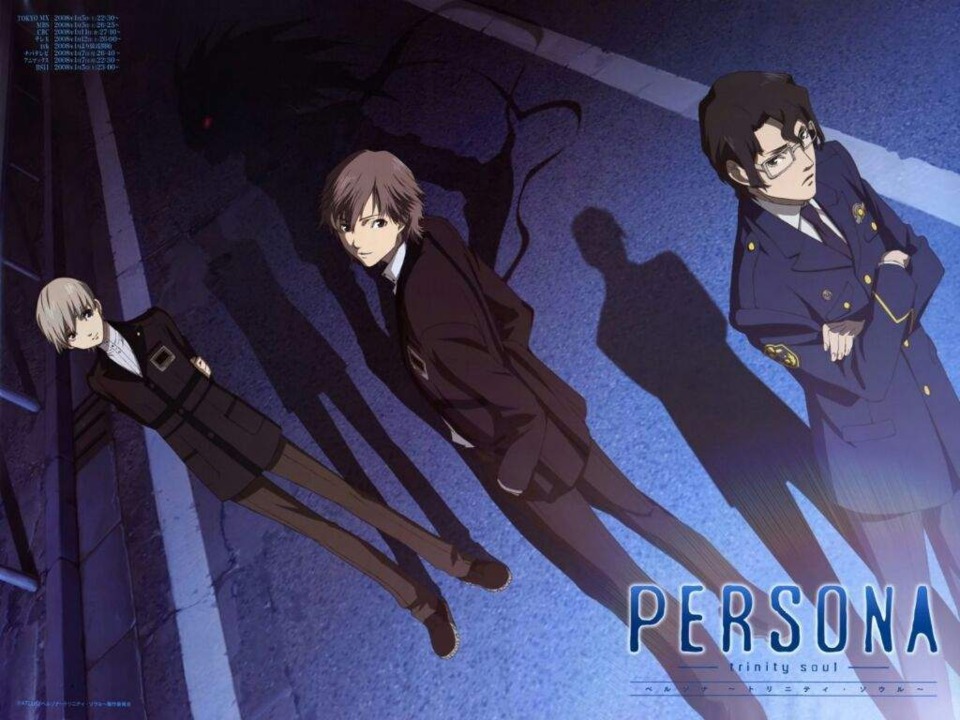
Log in to comment